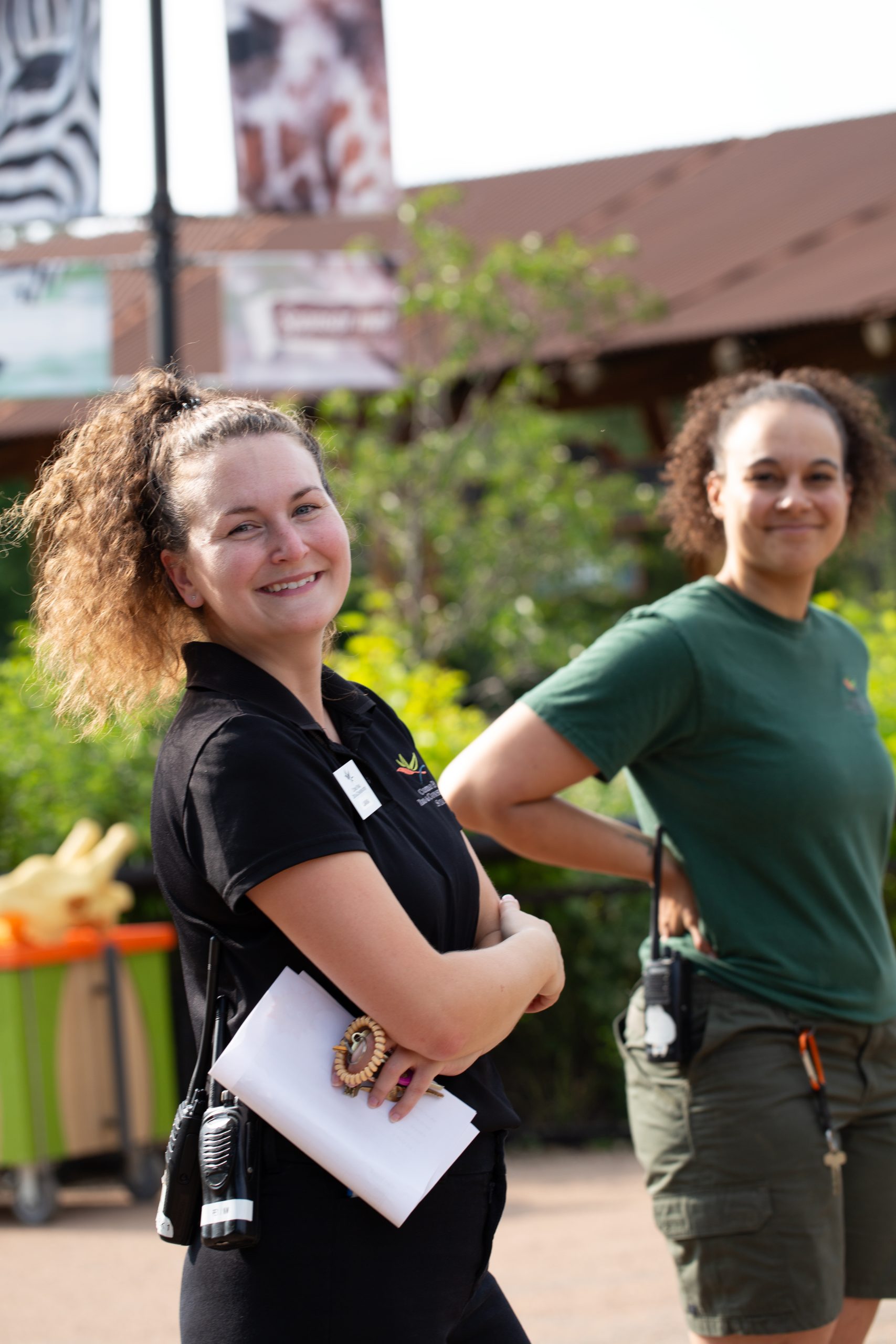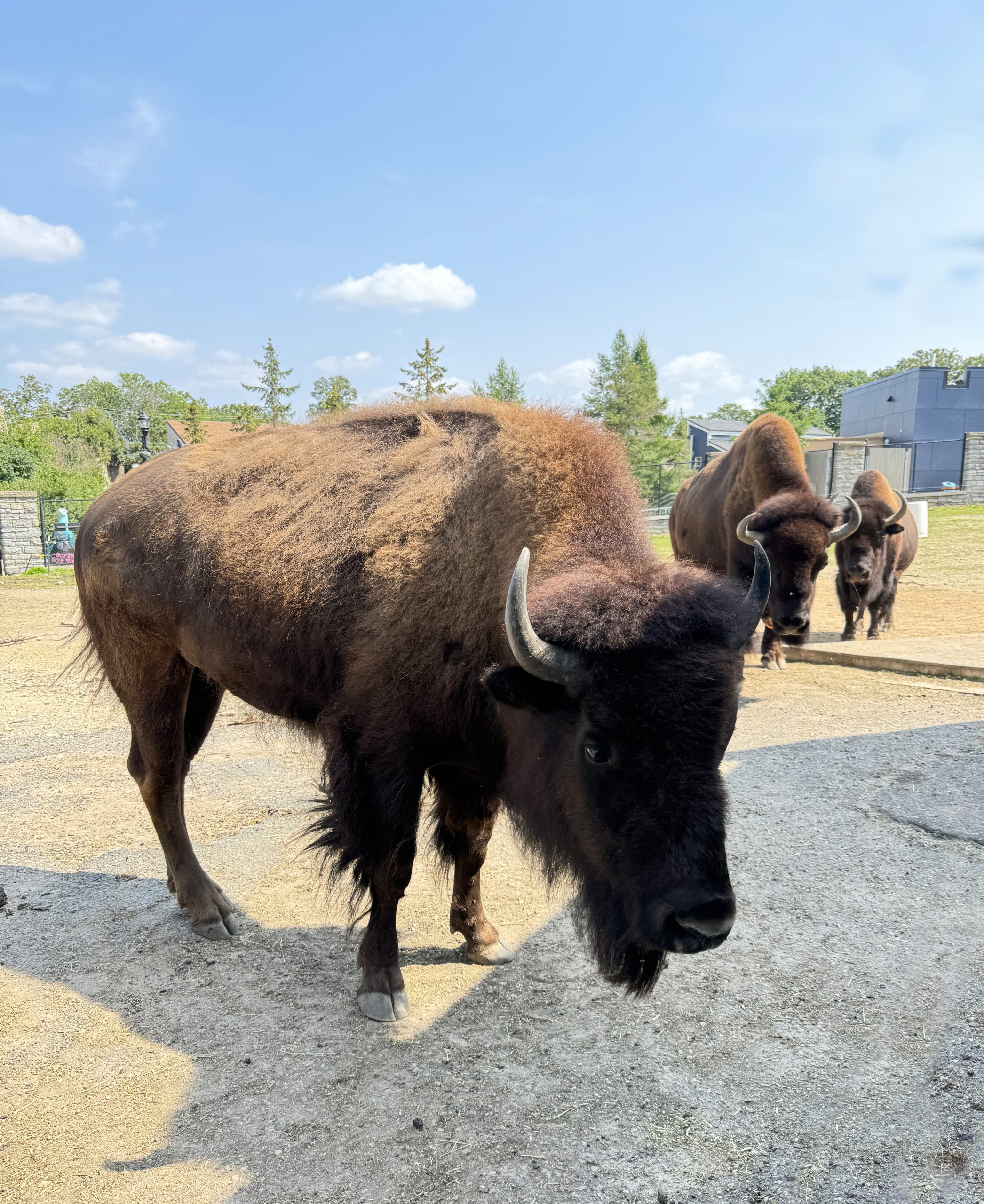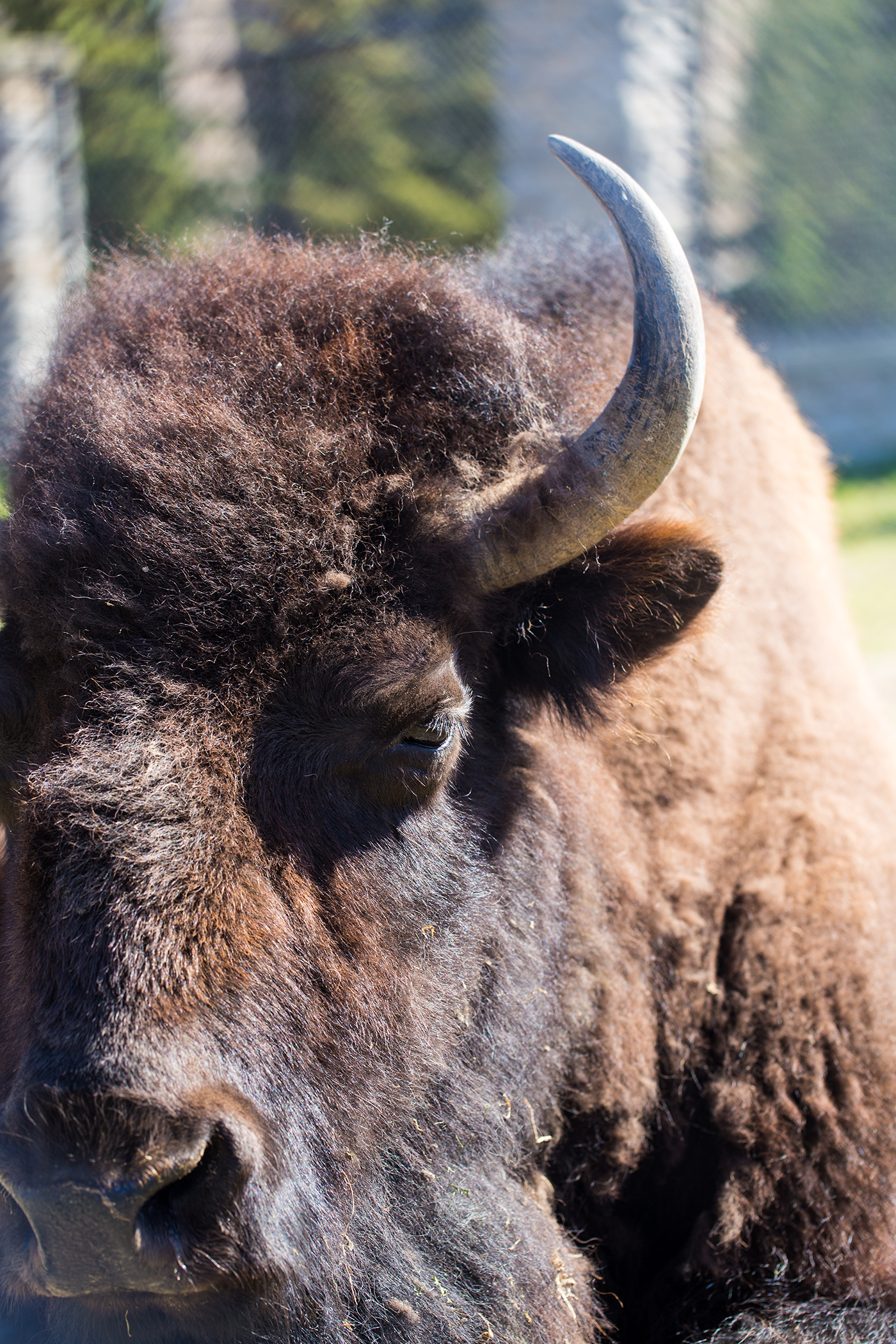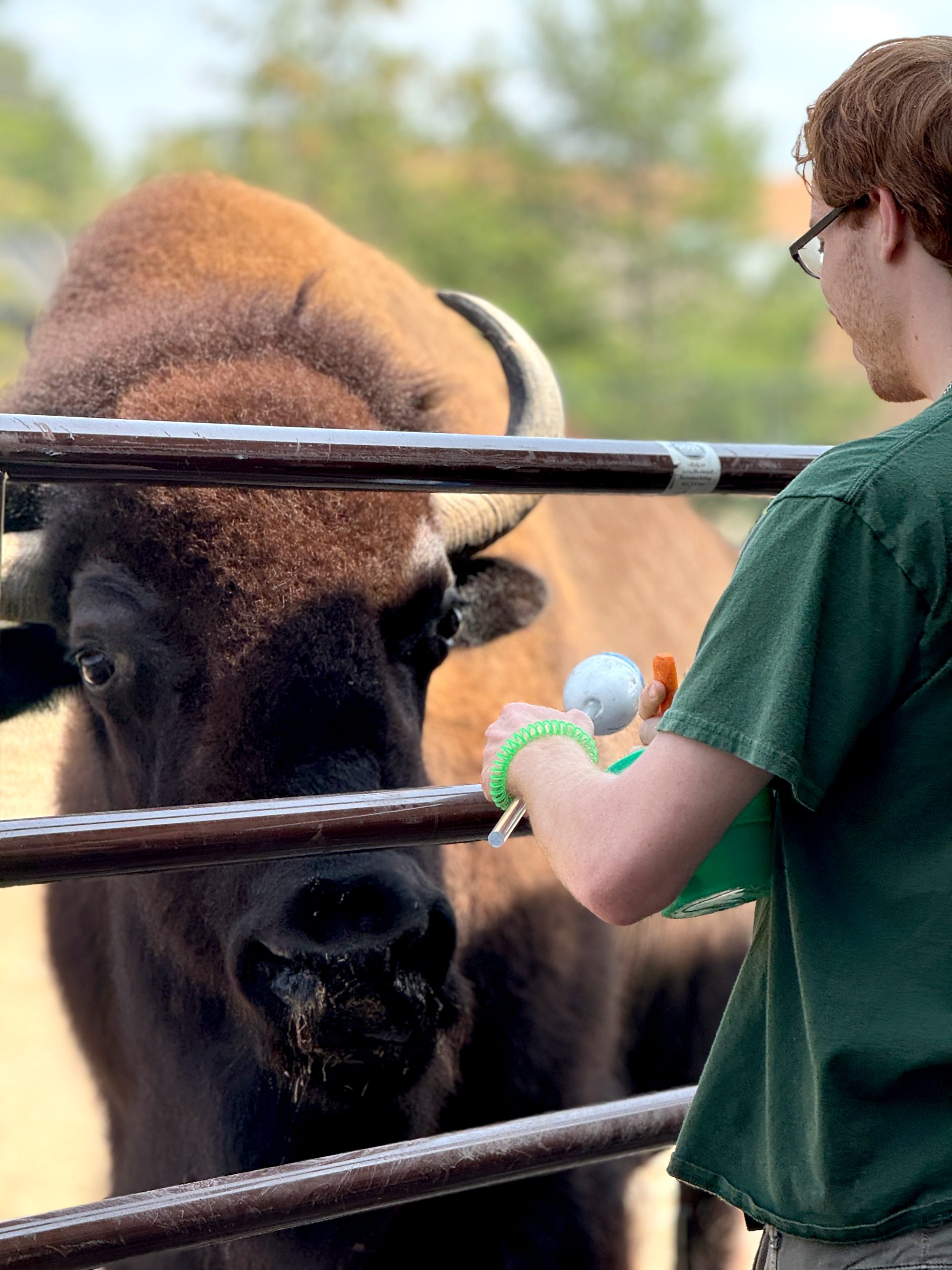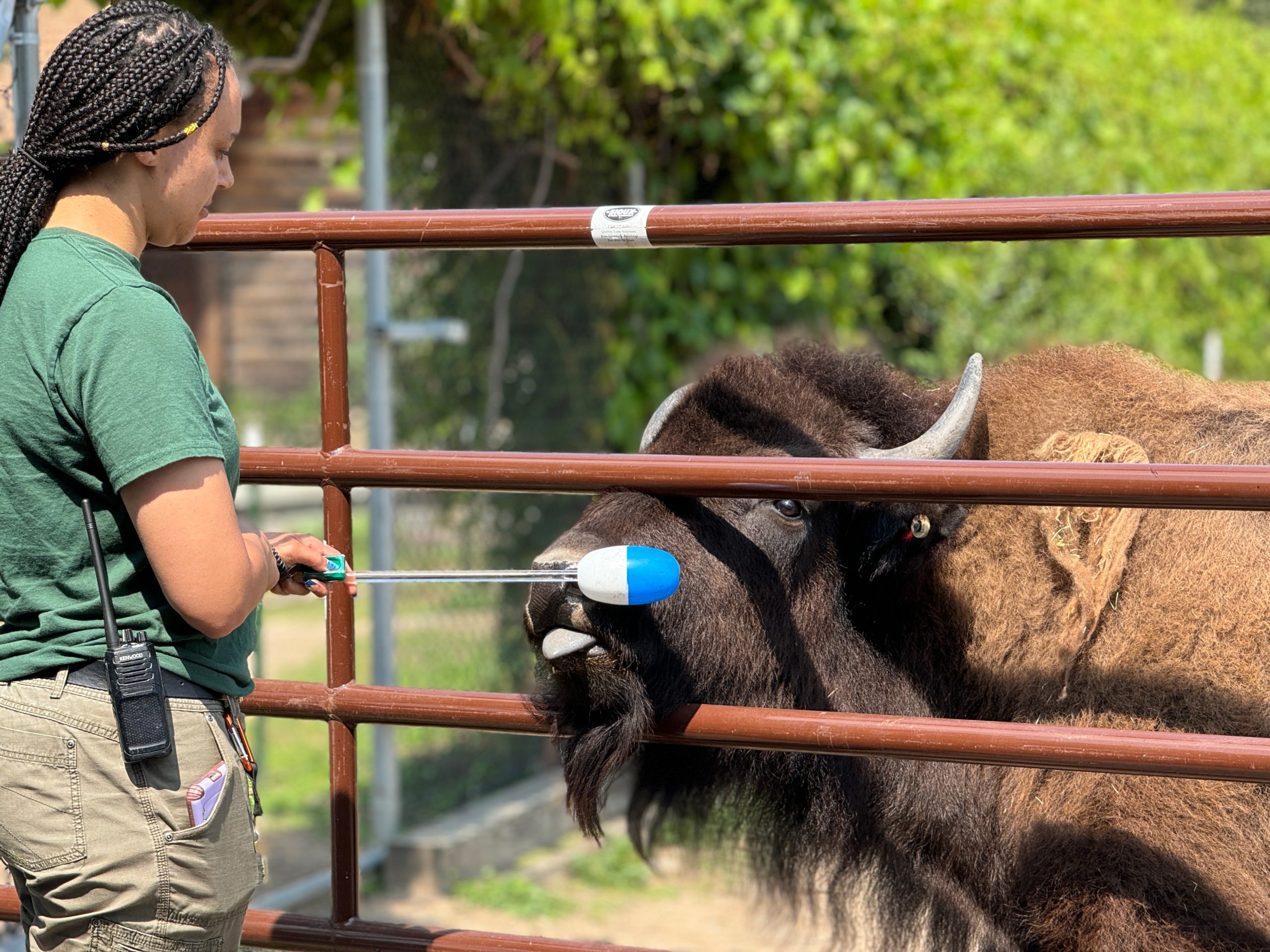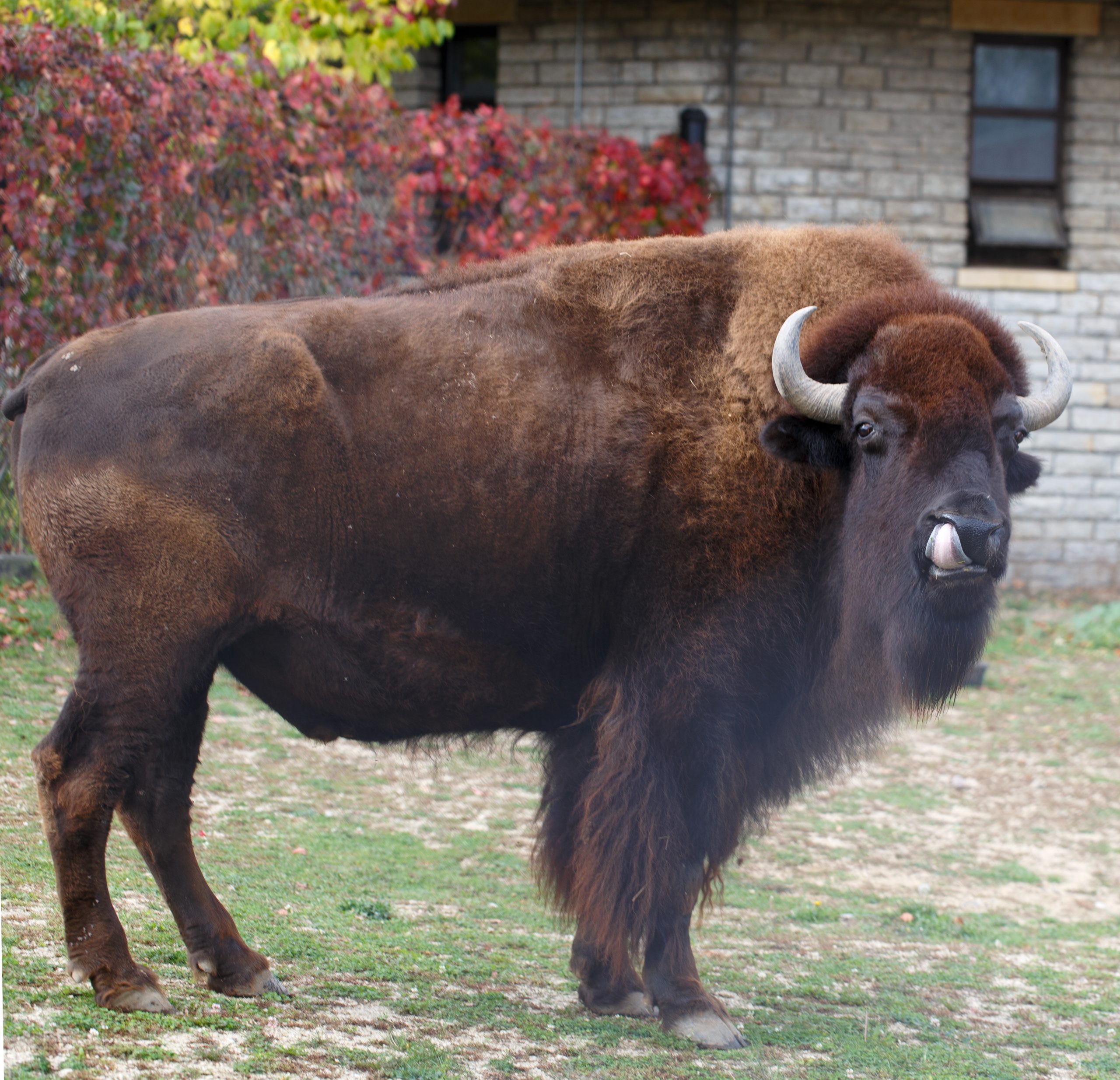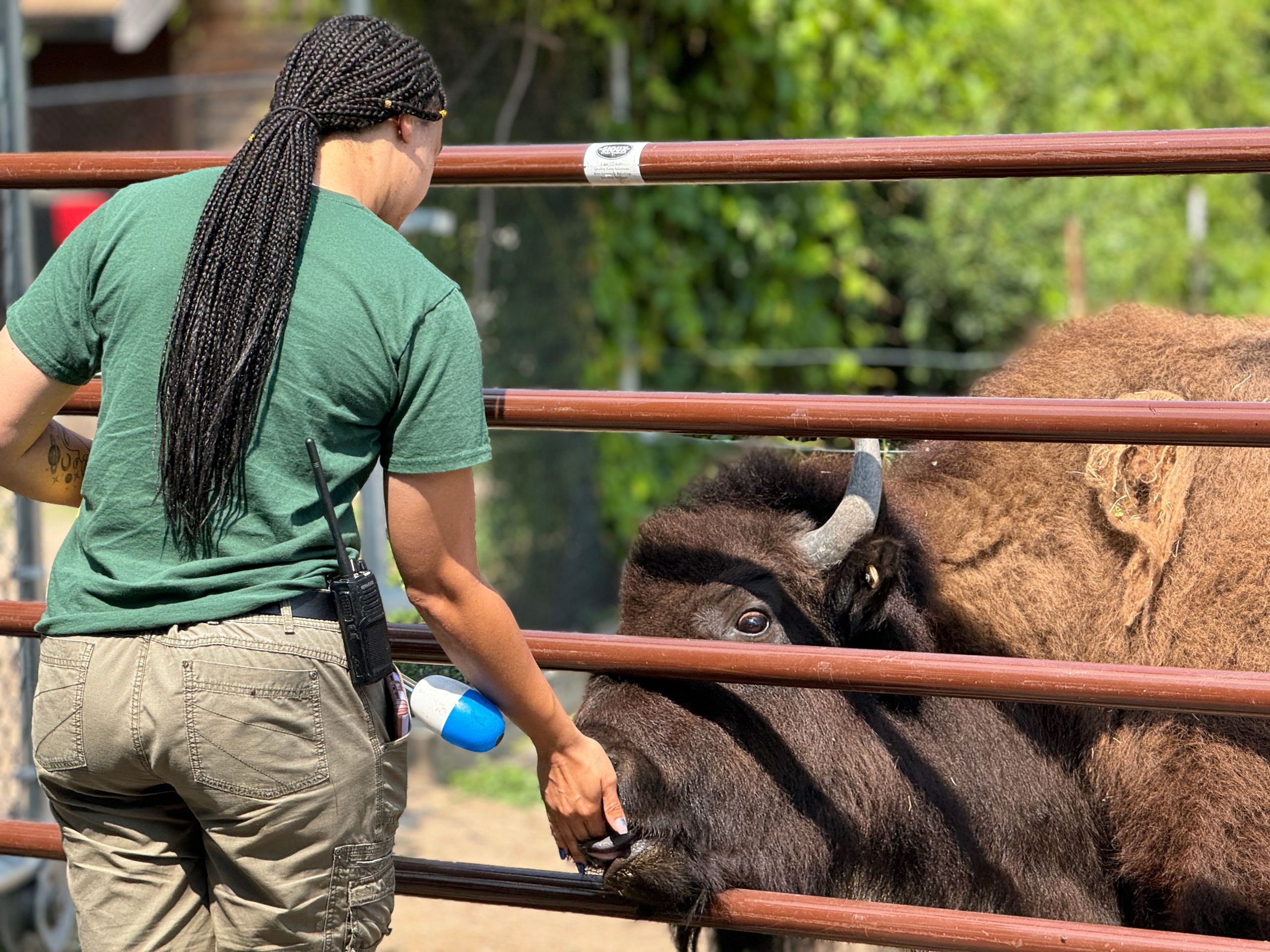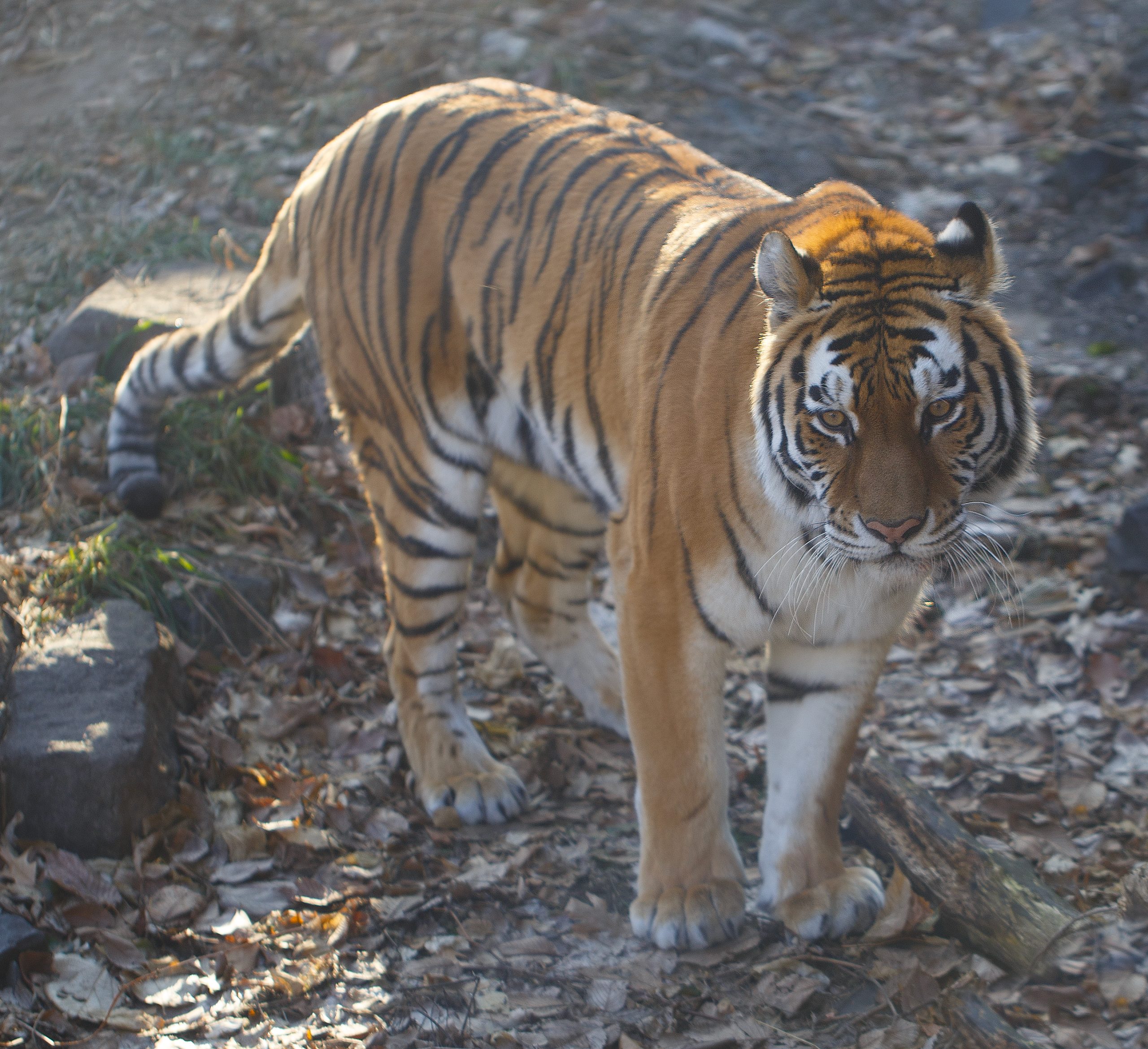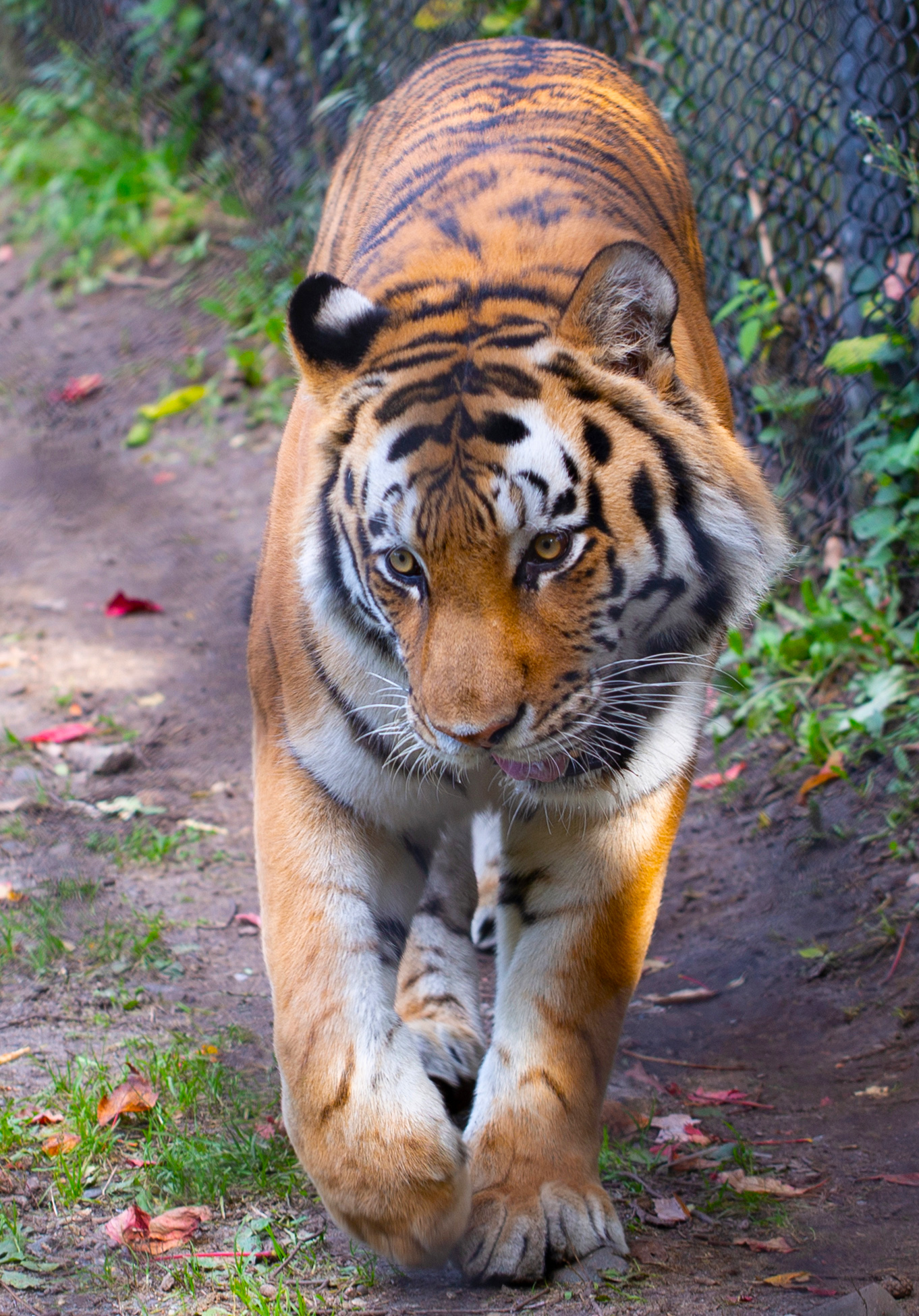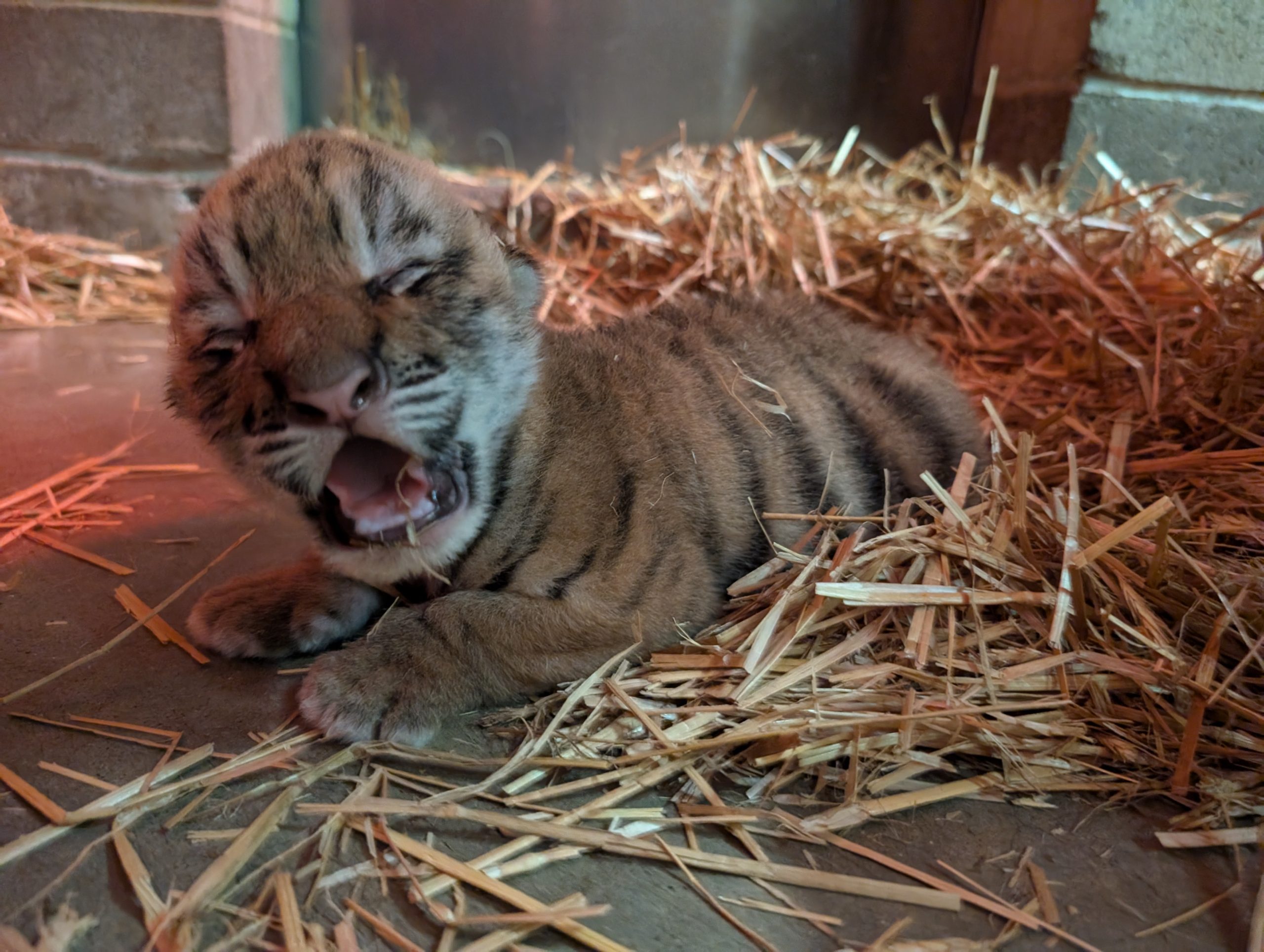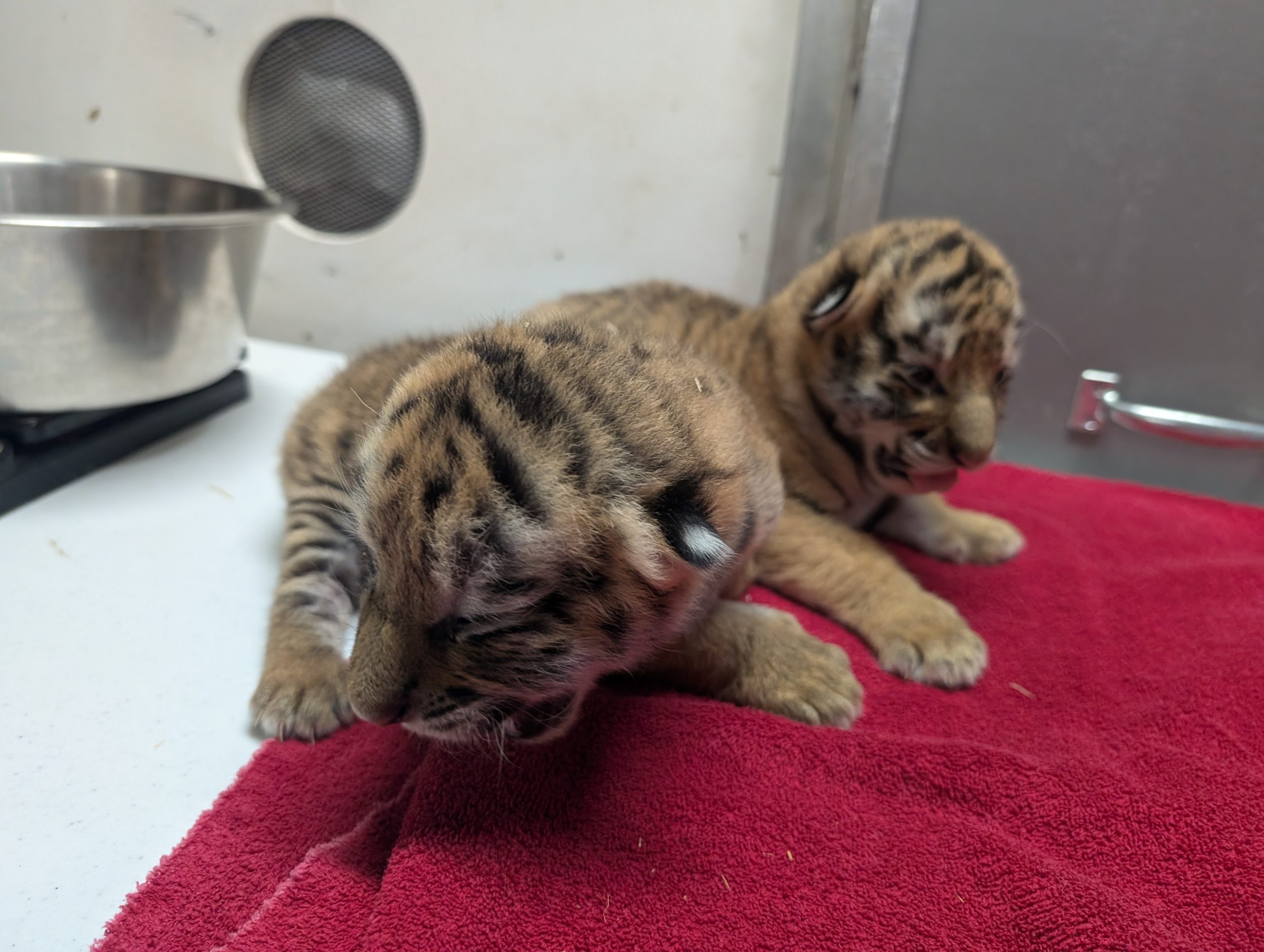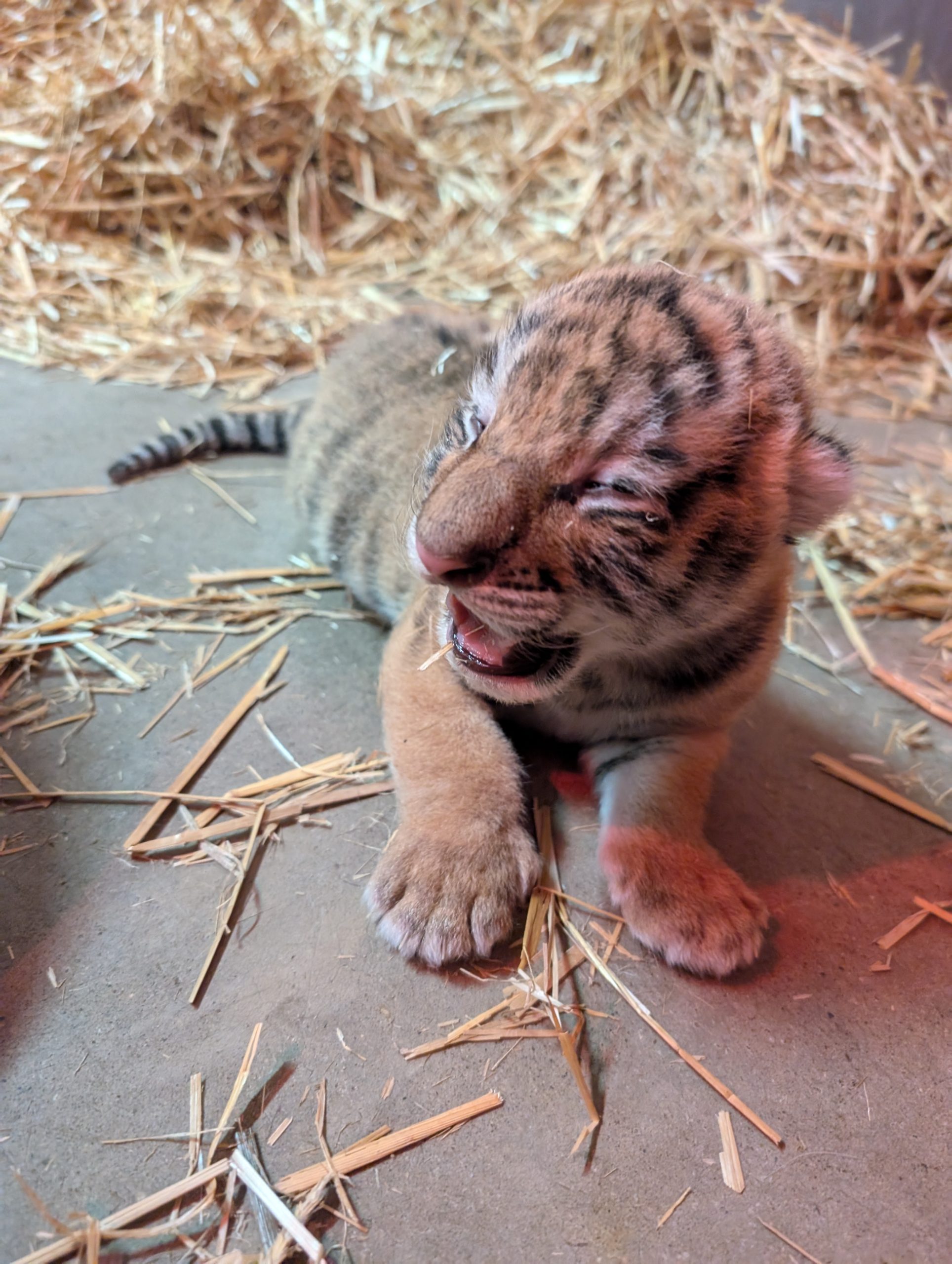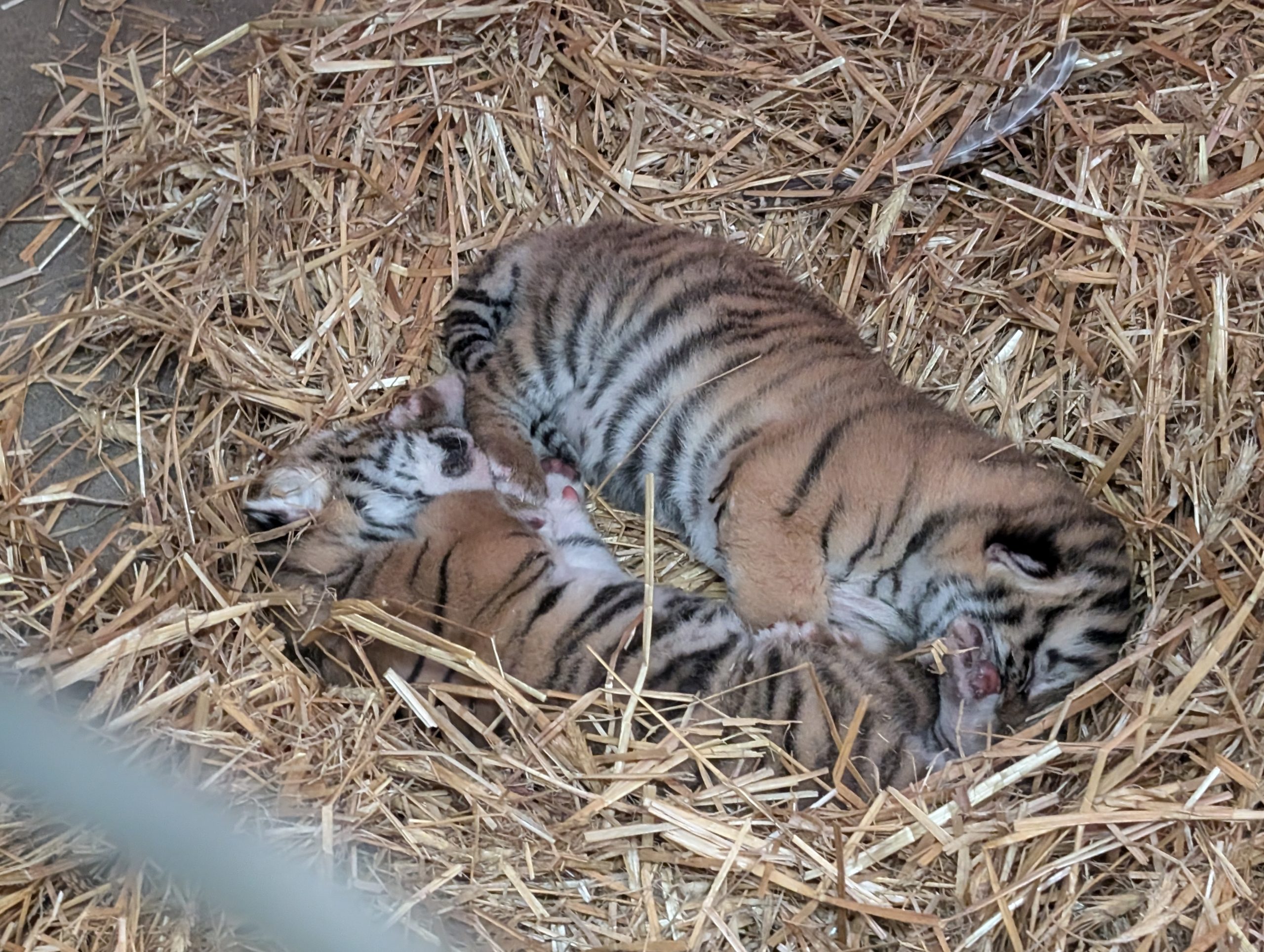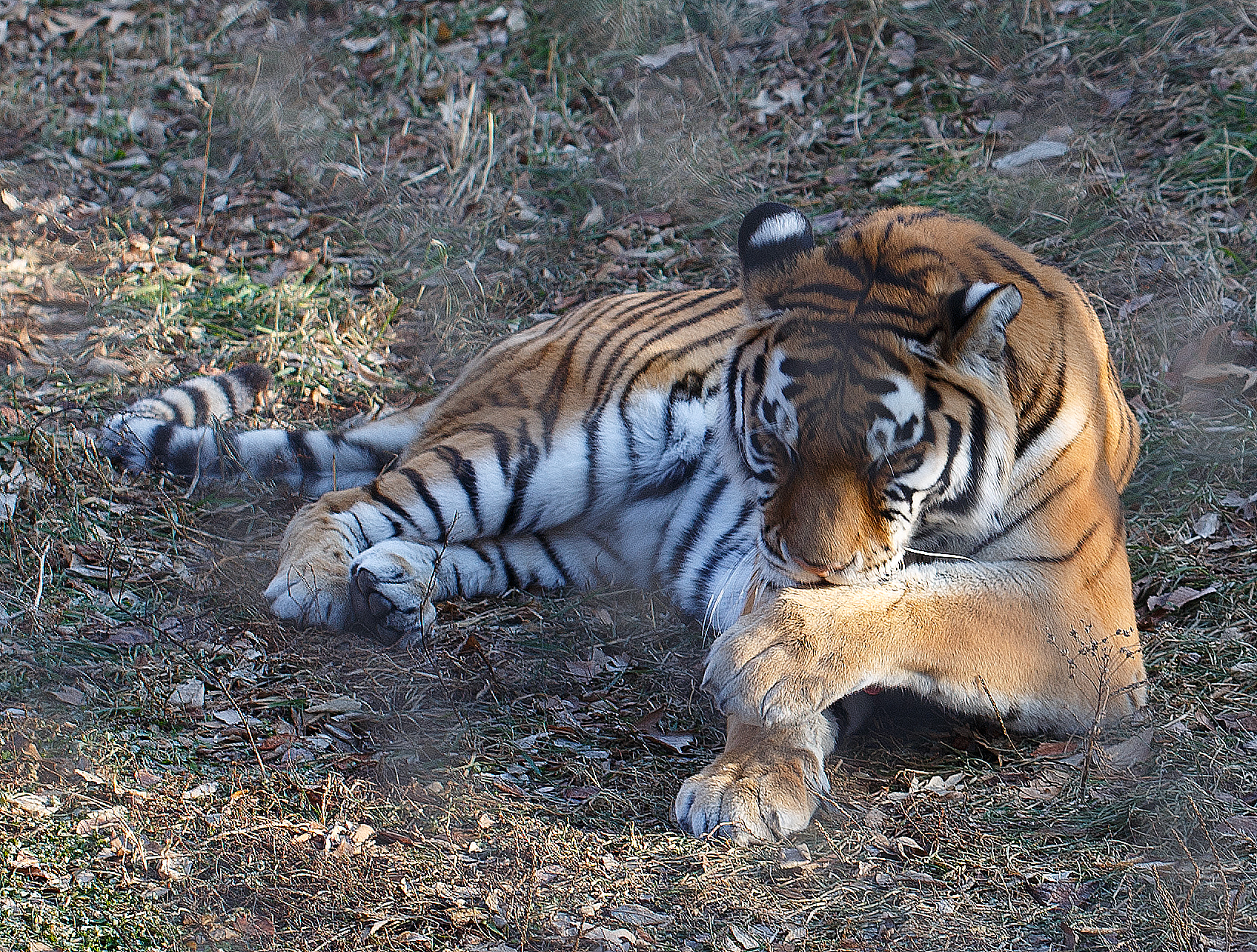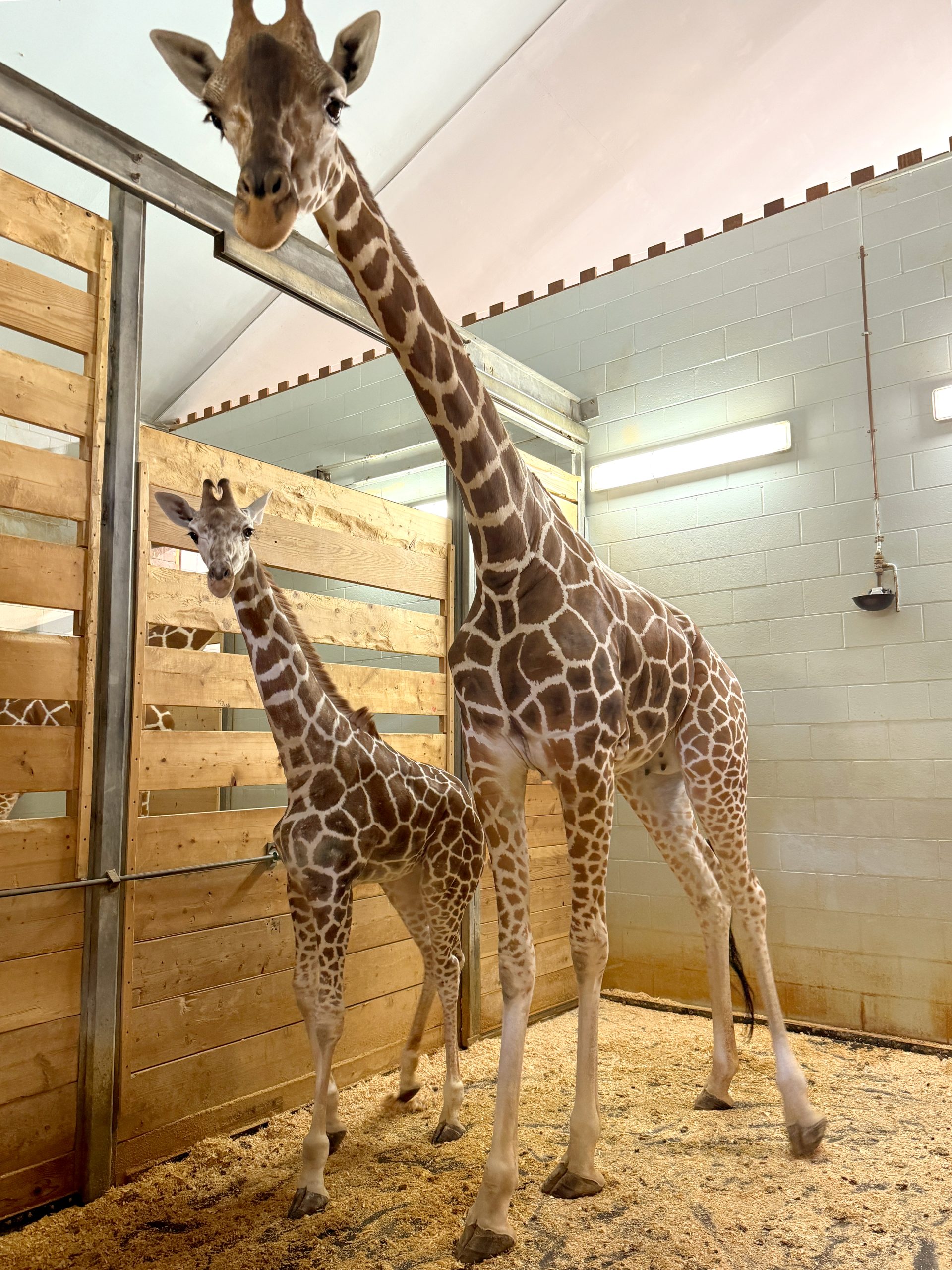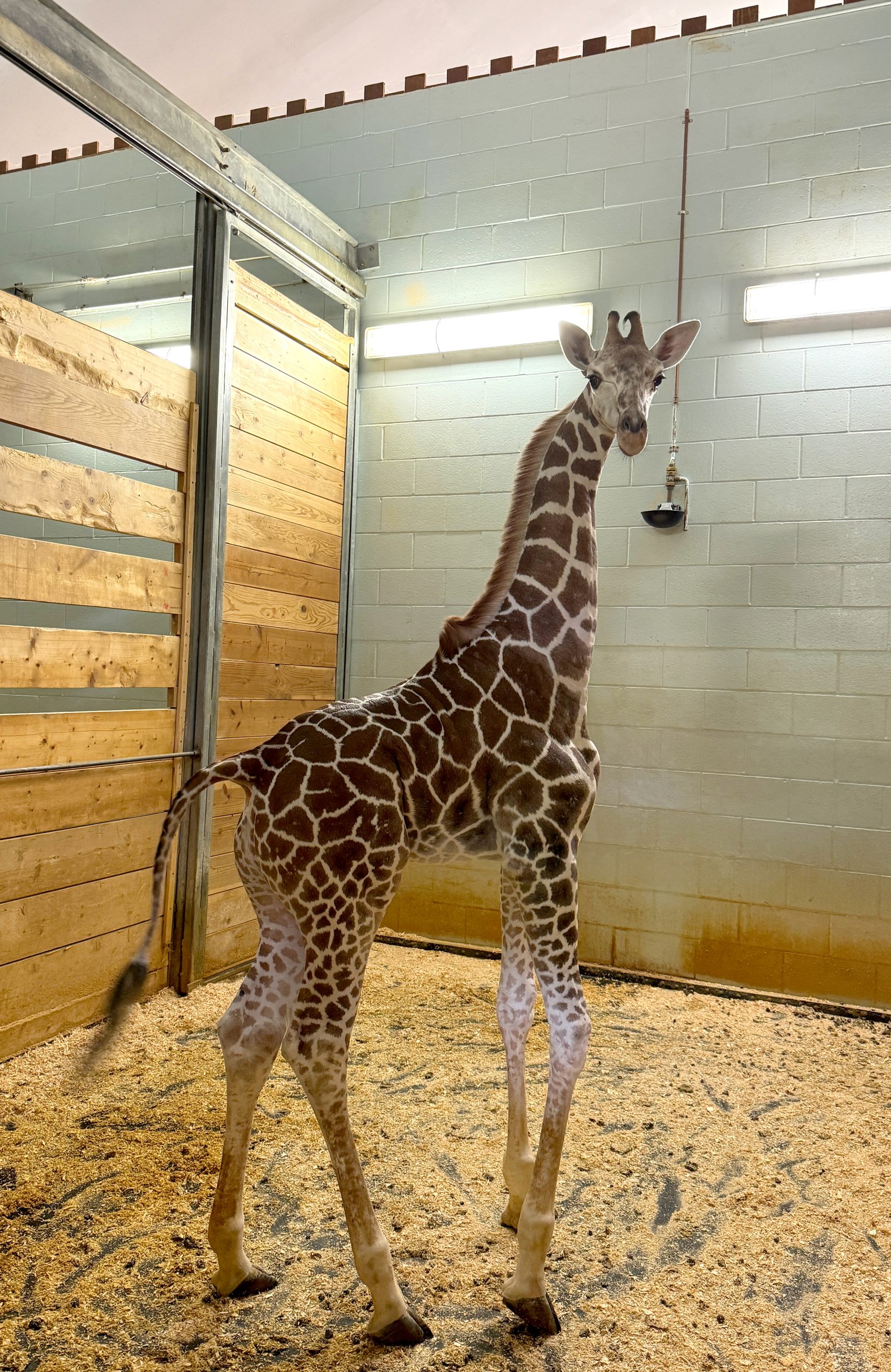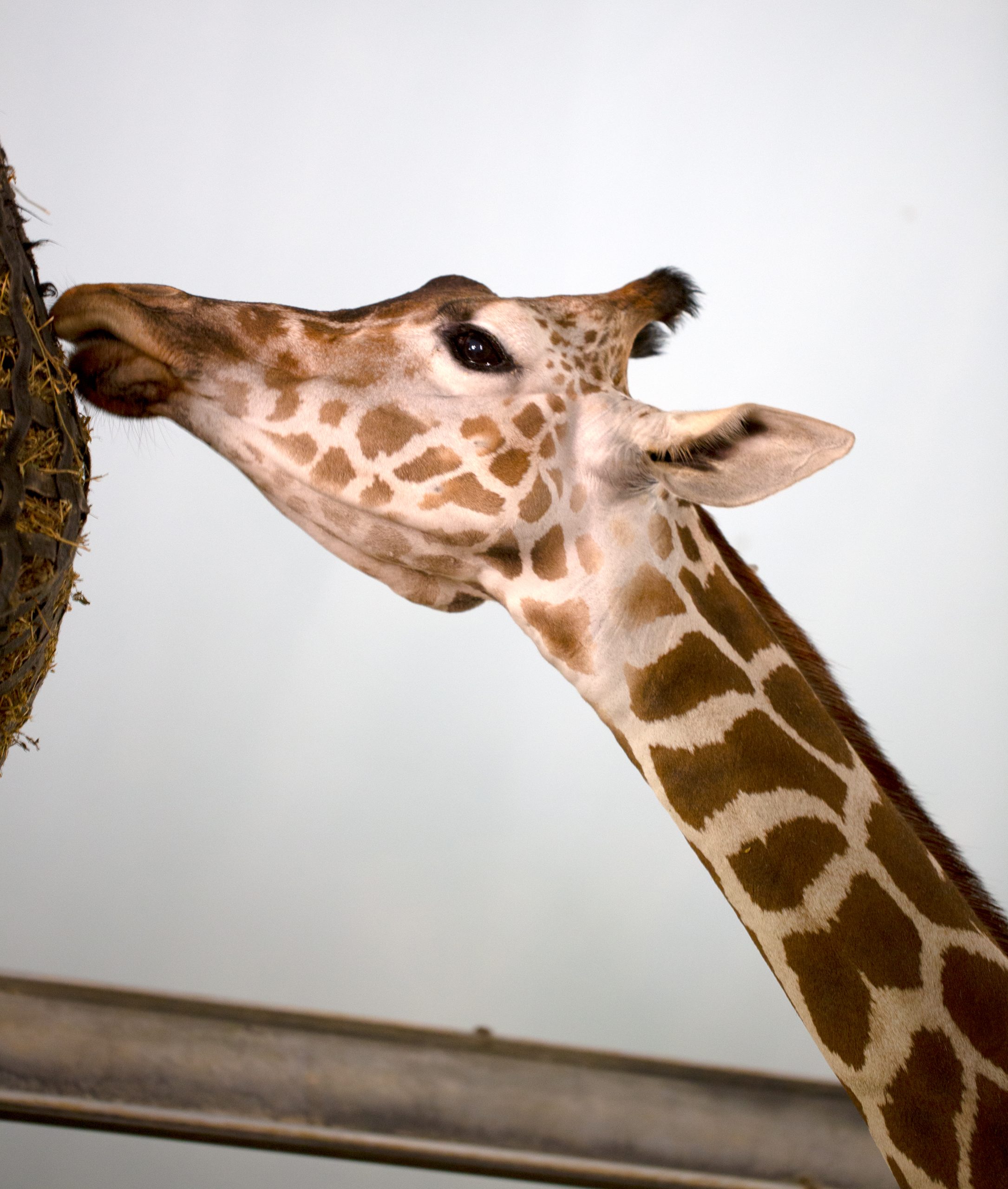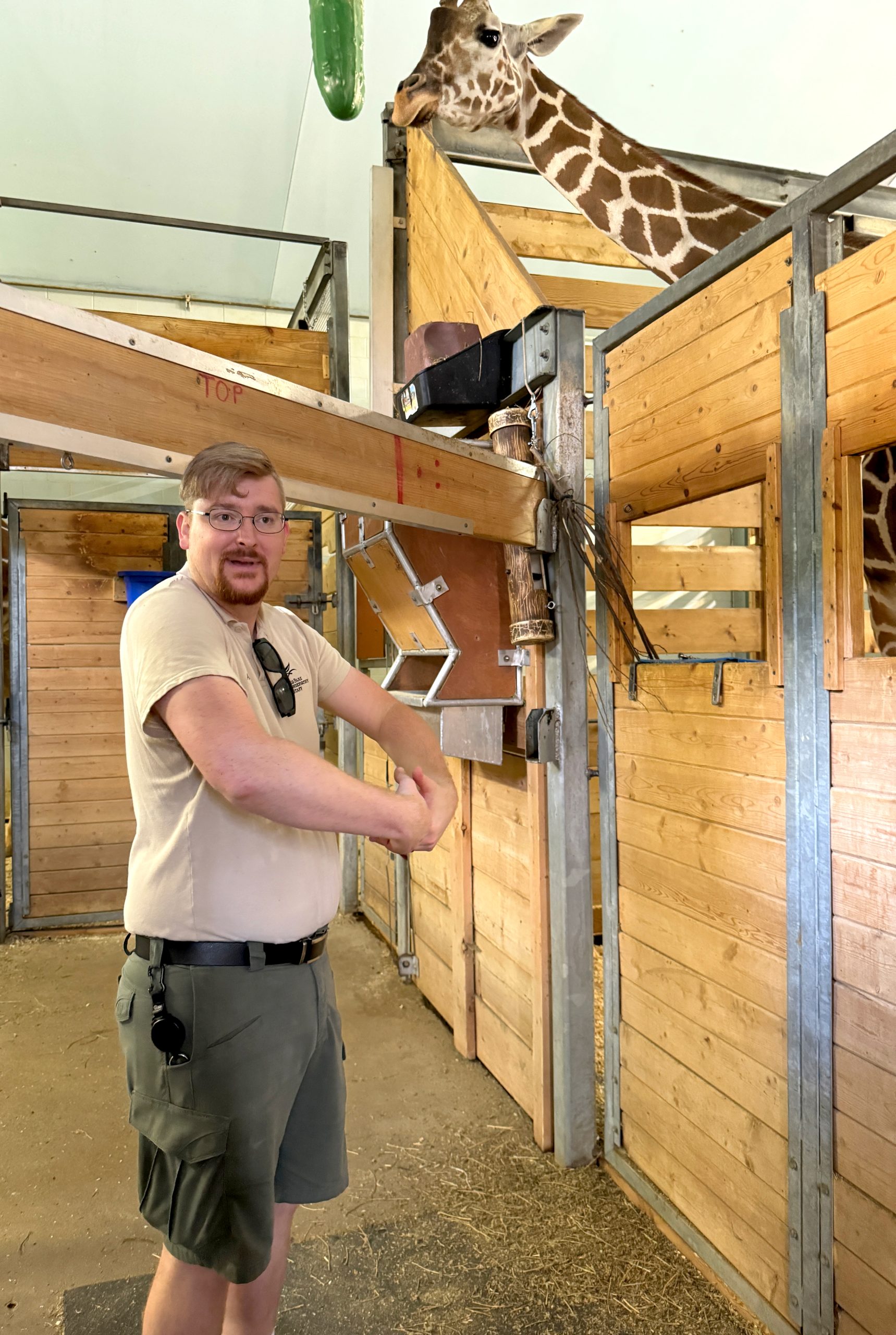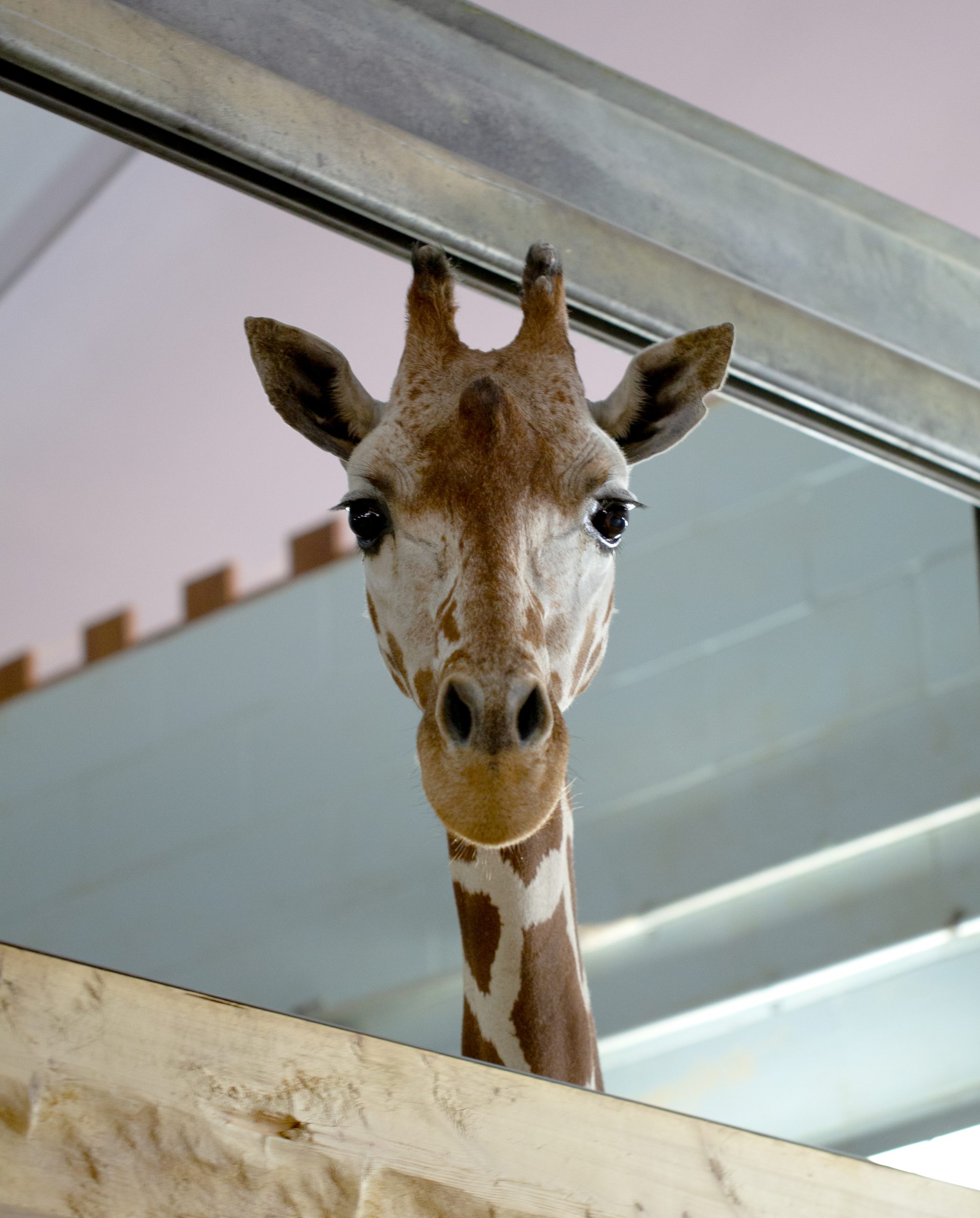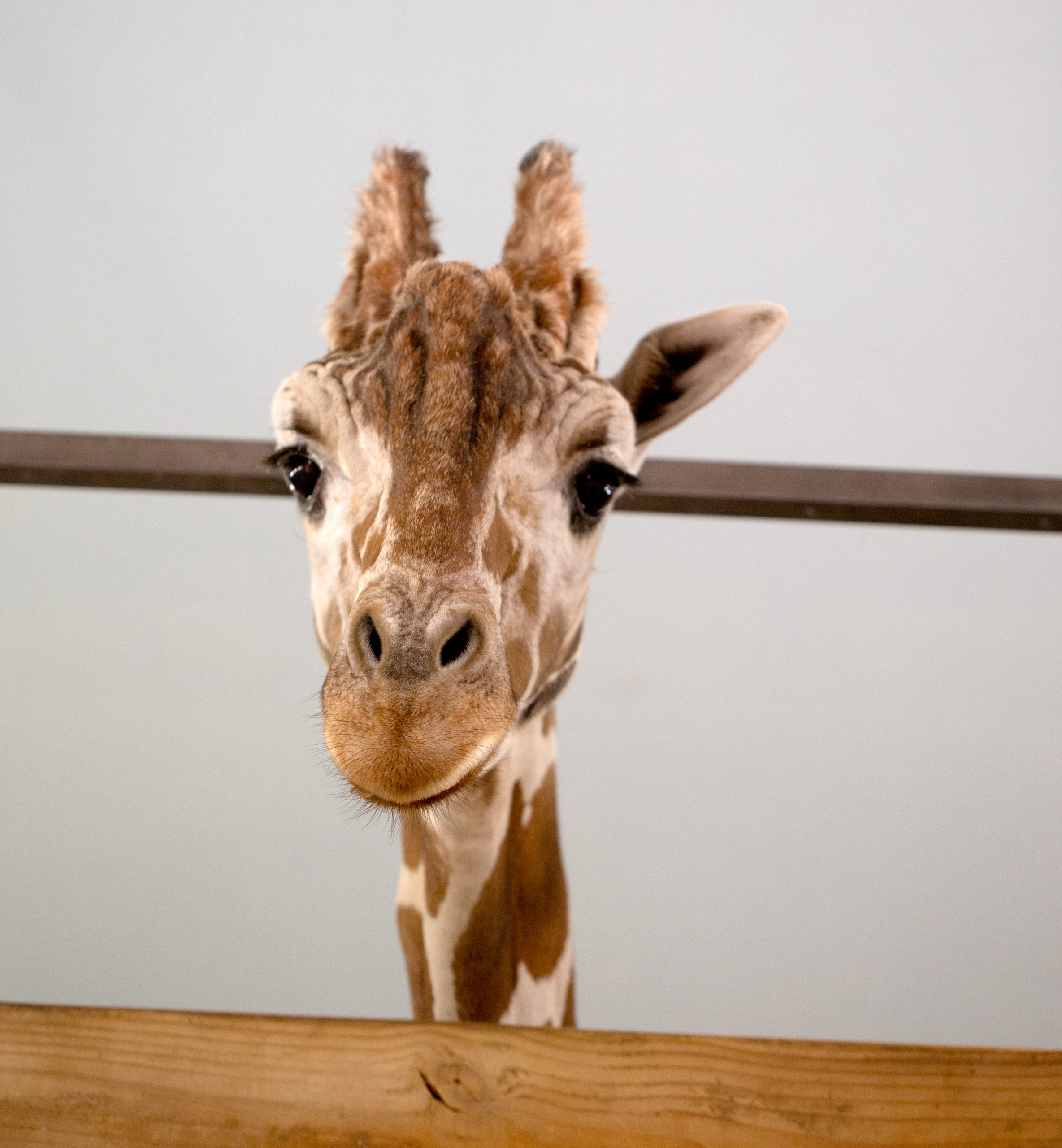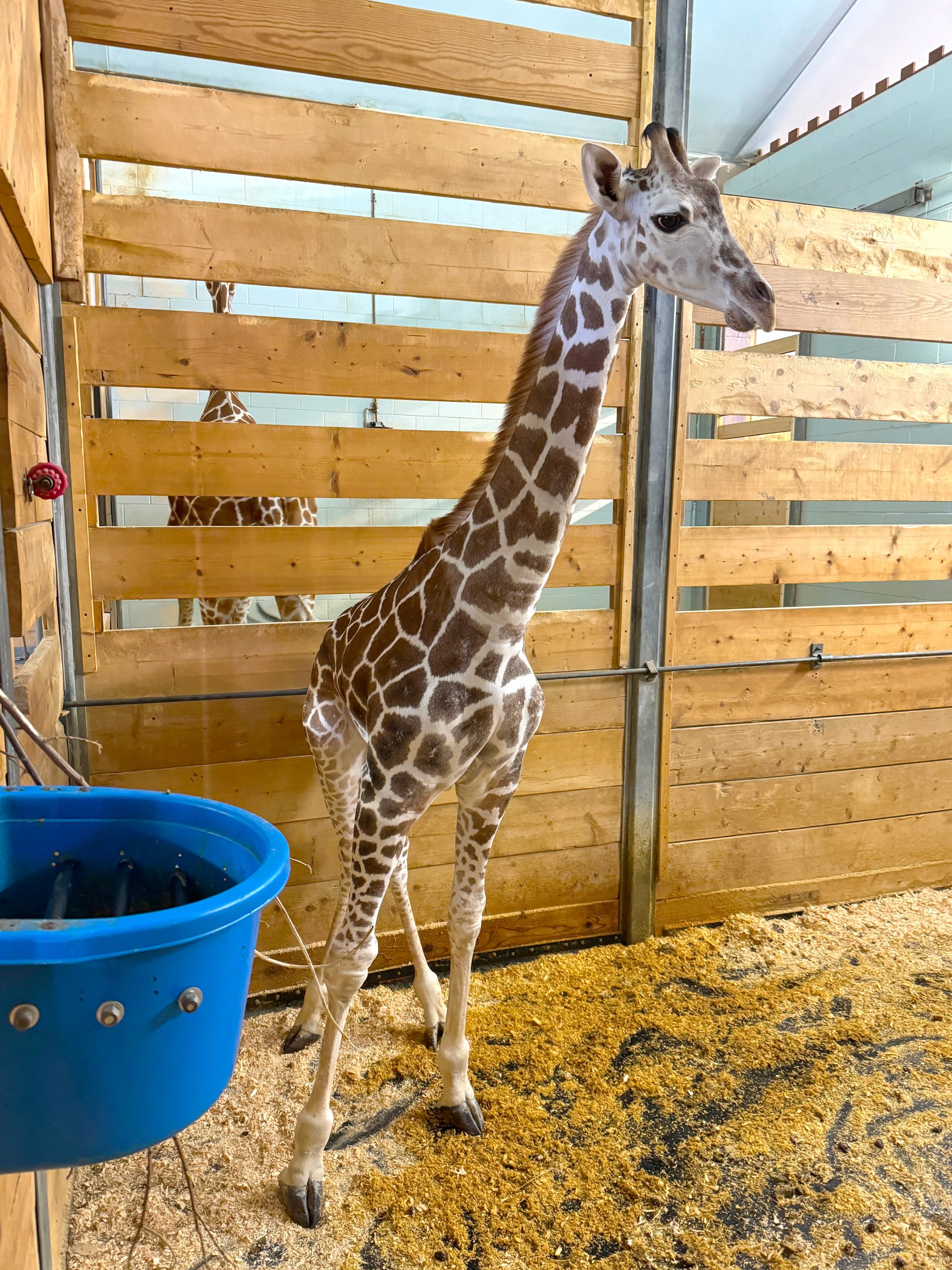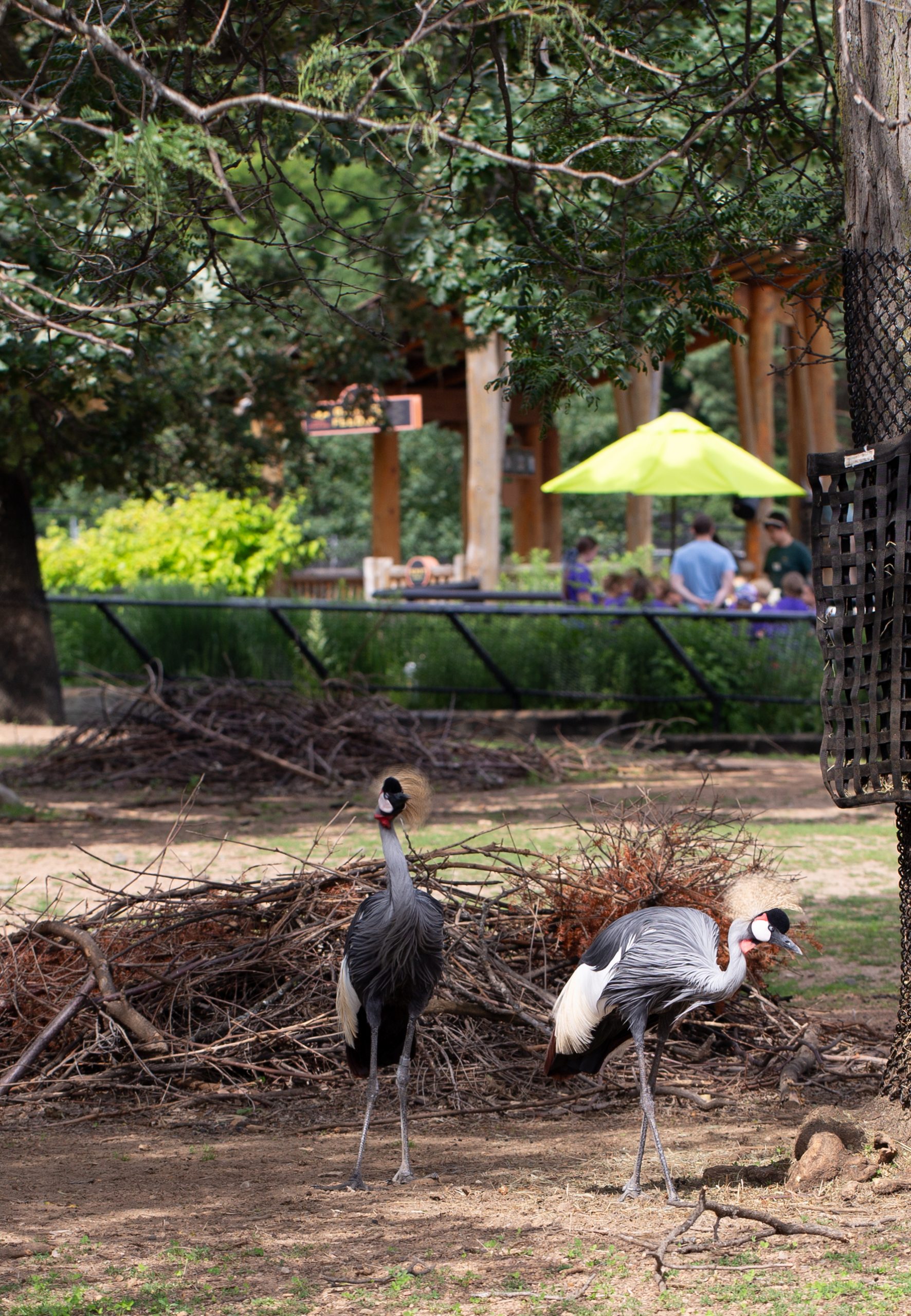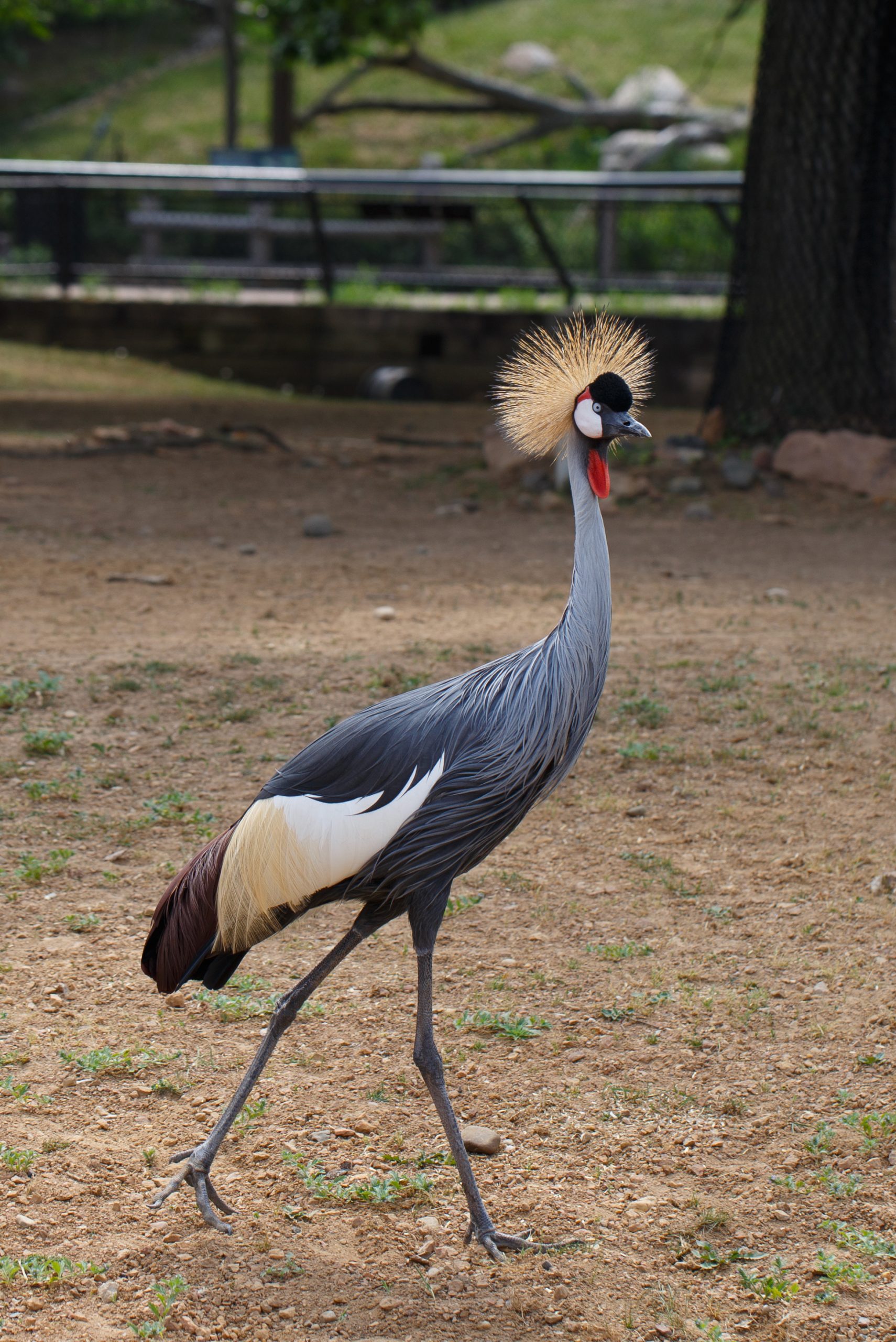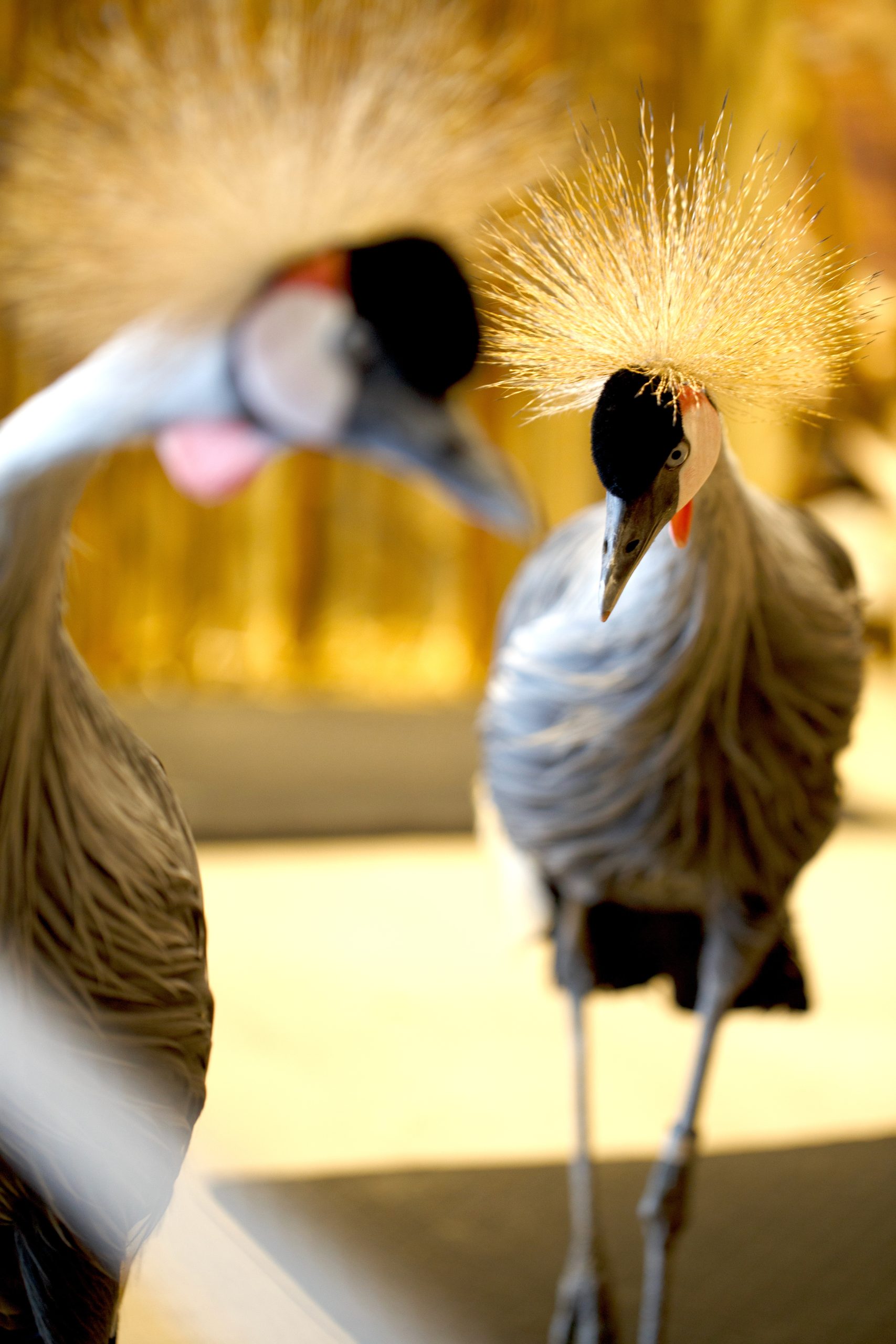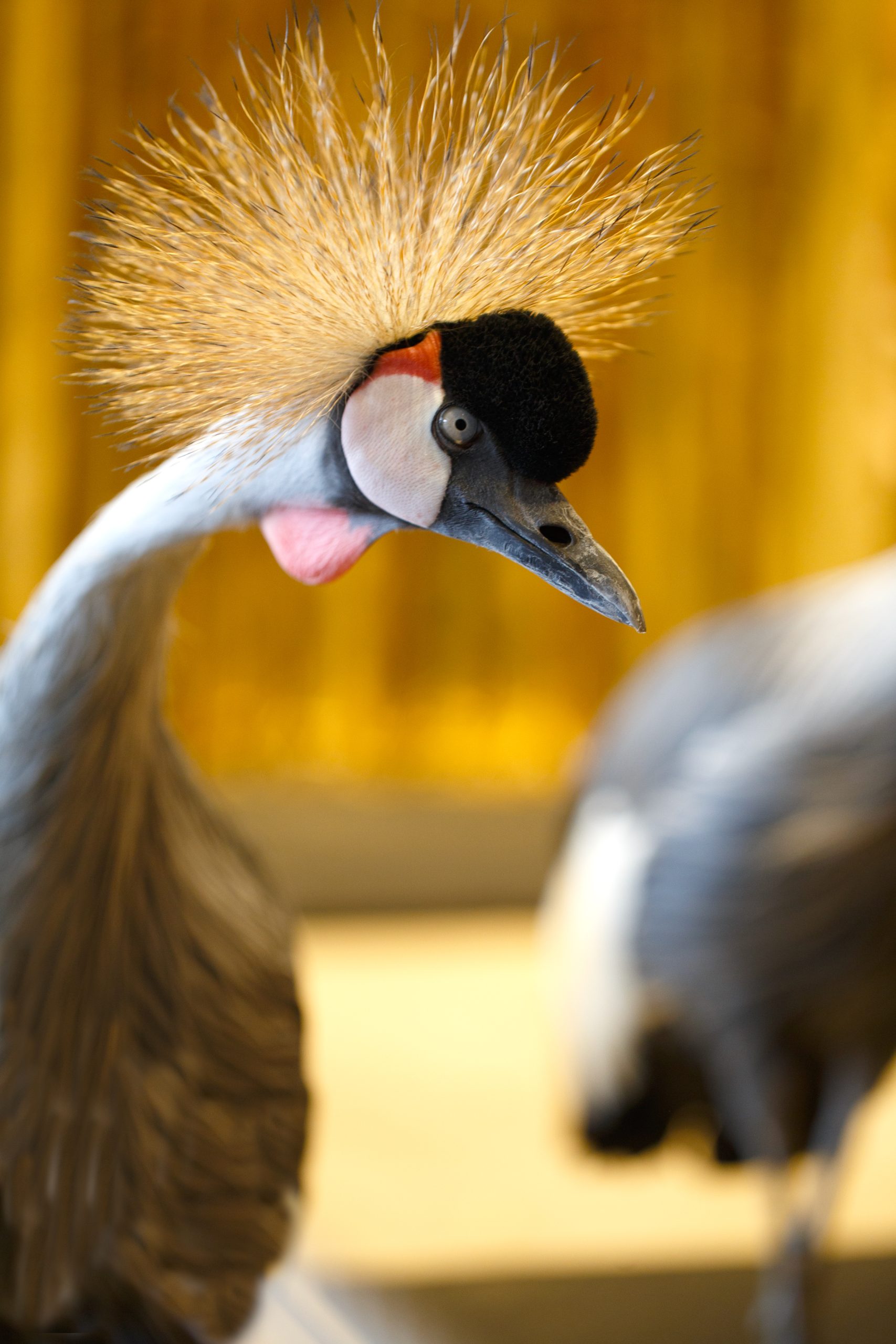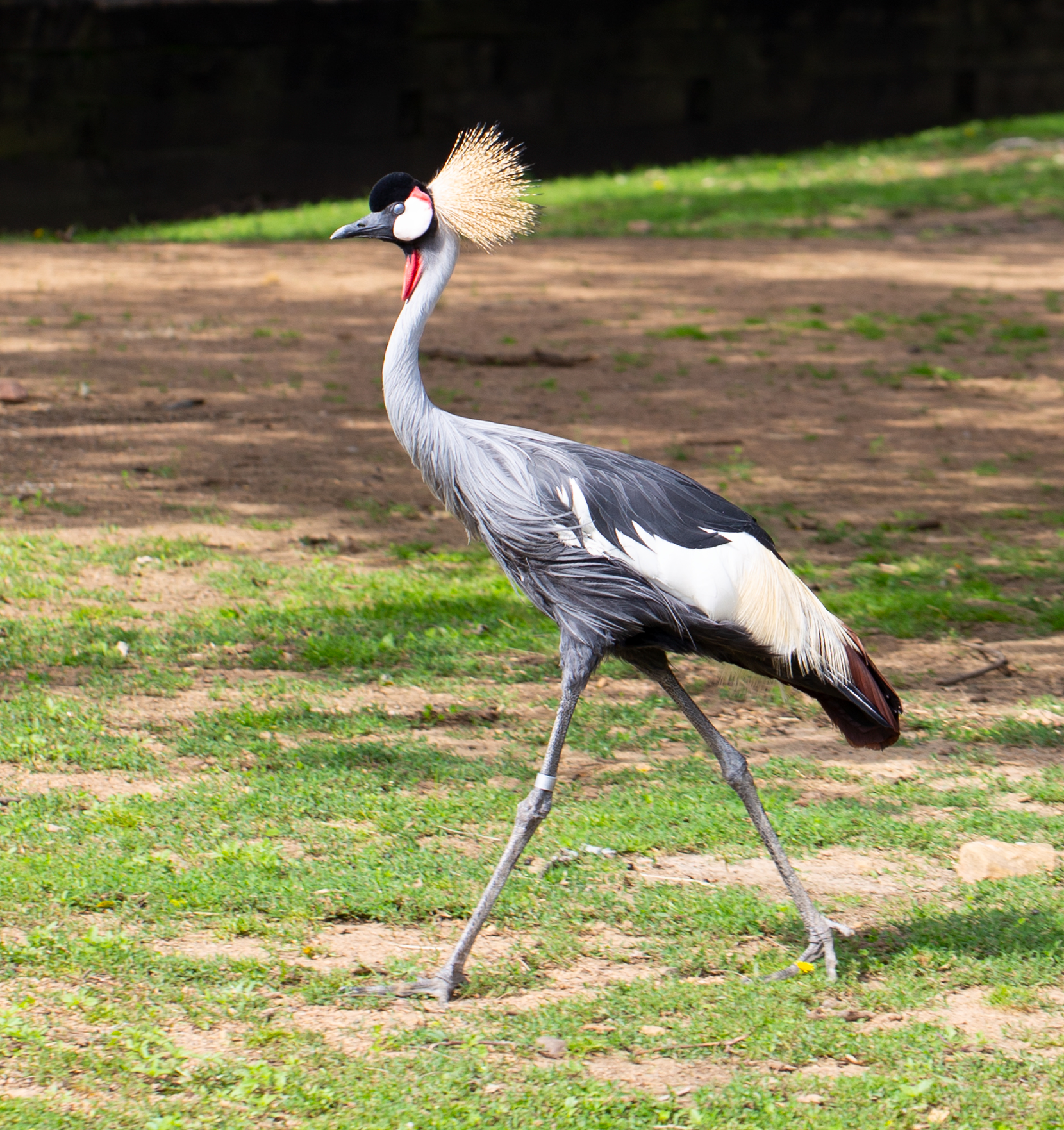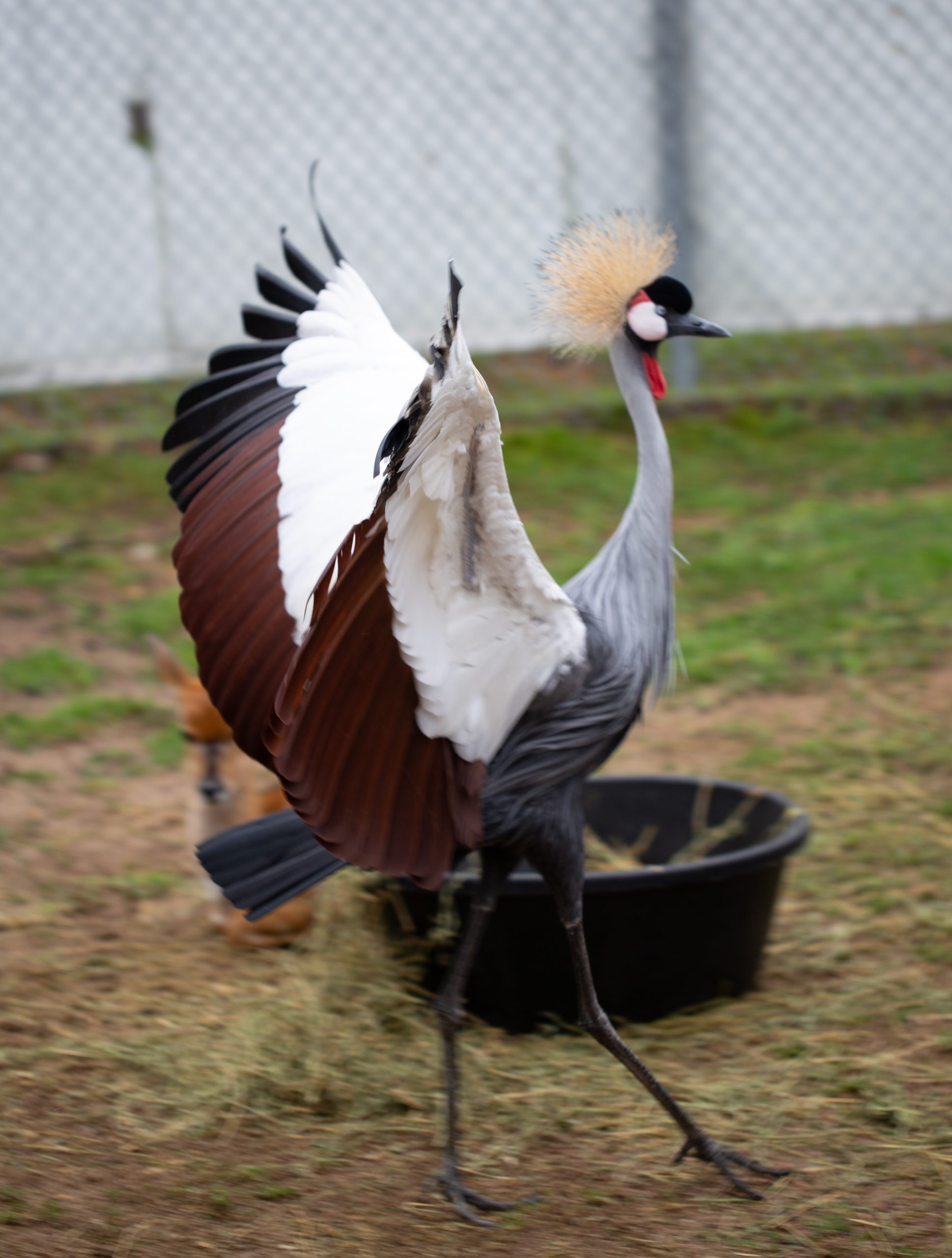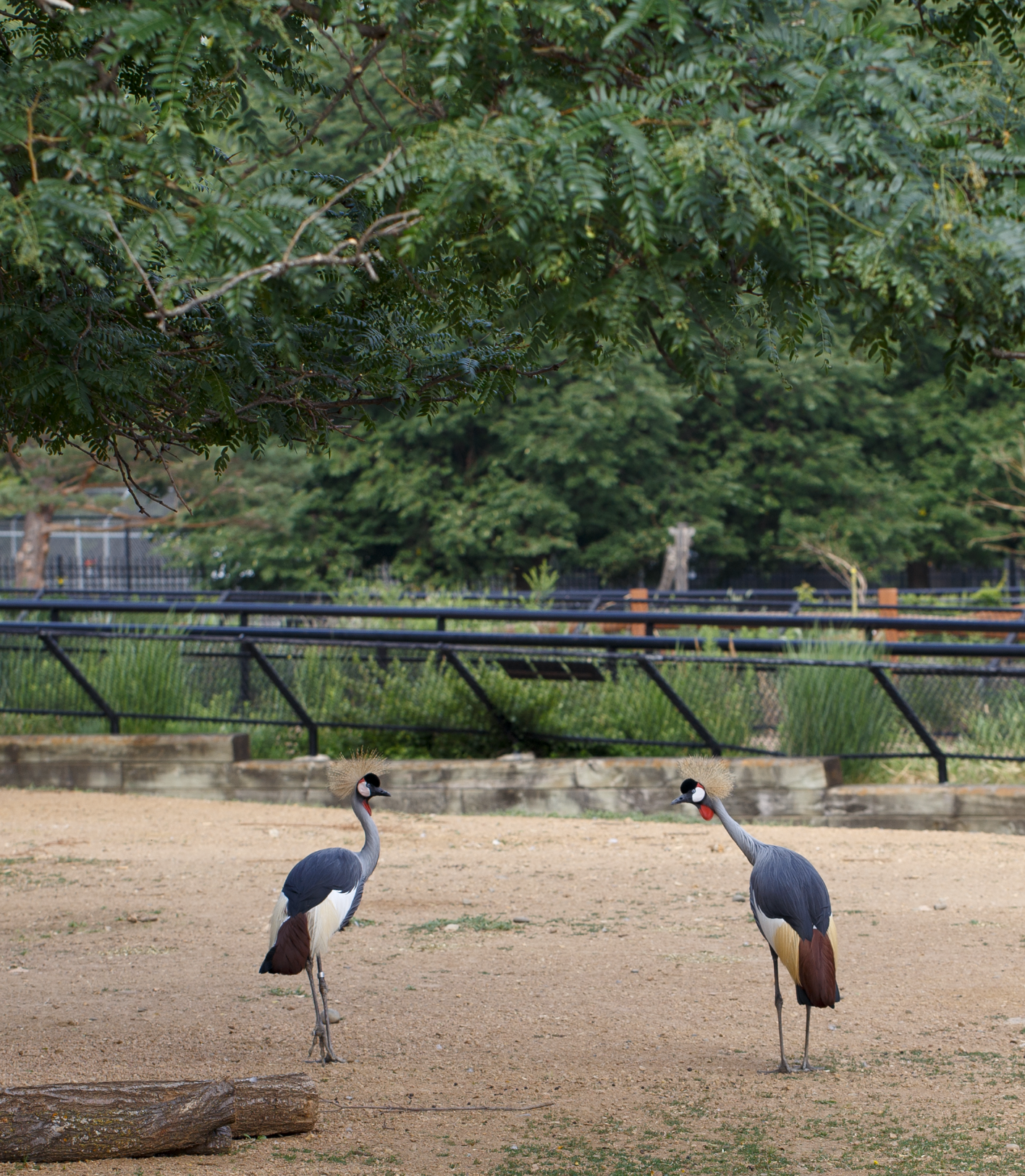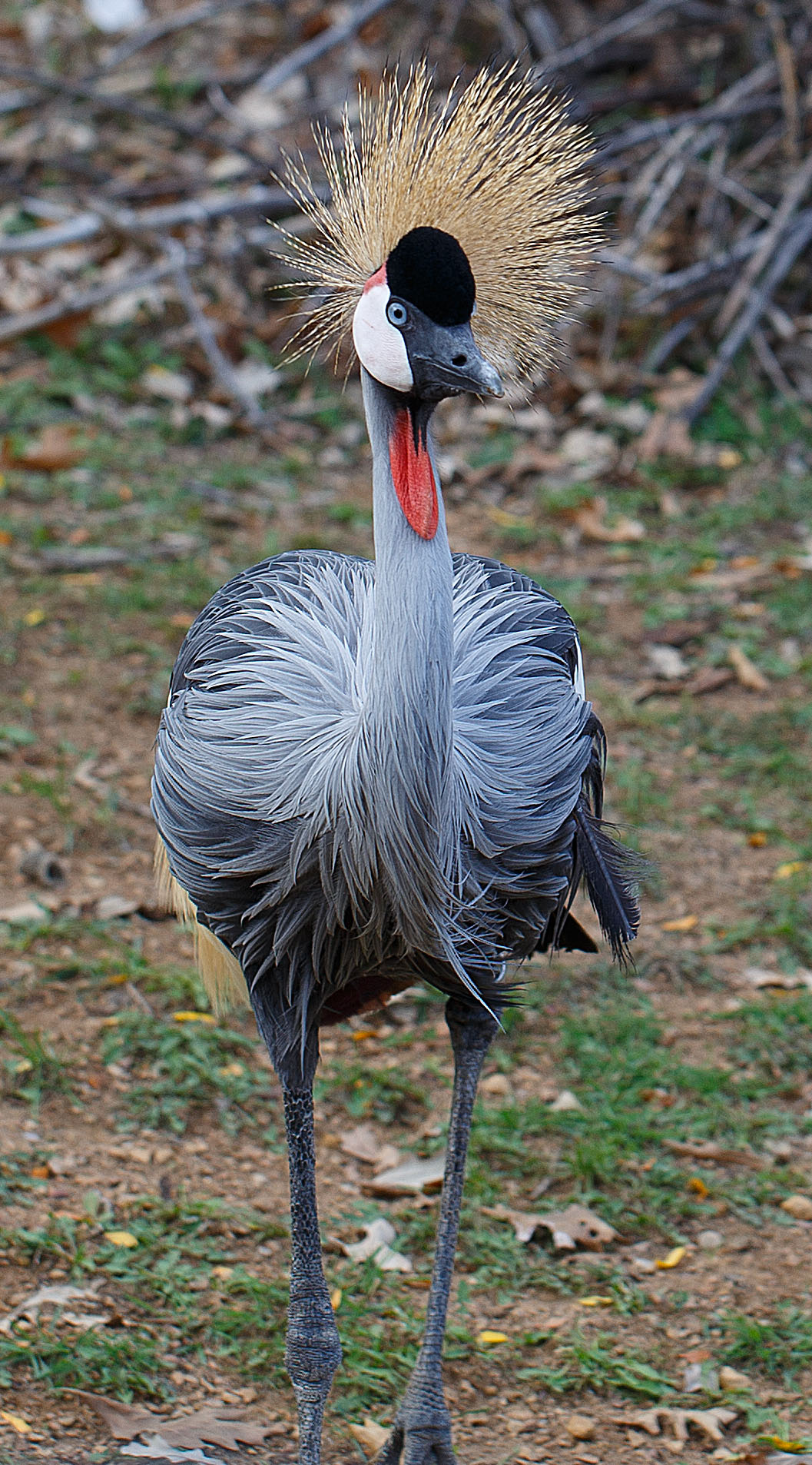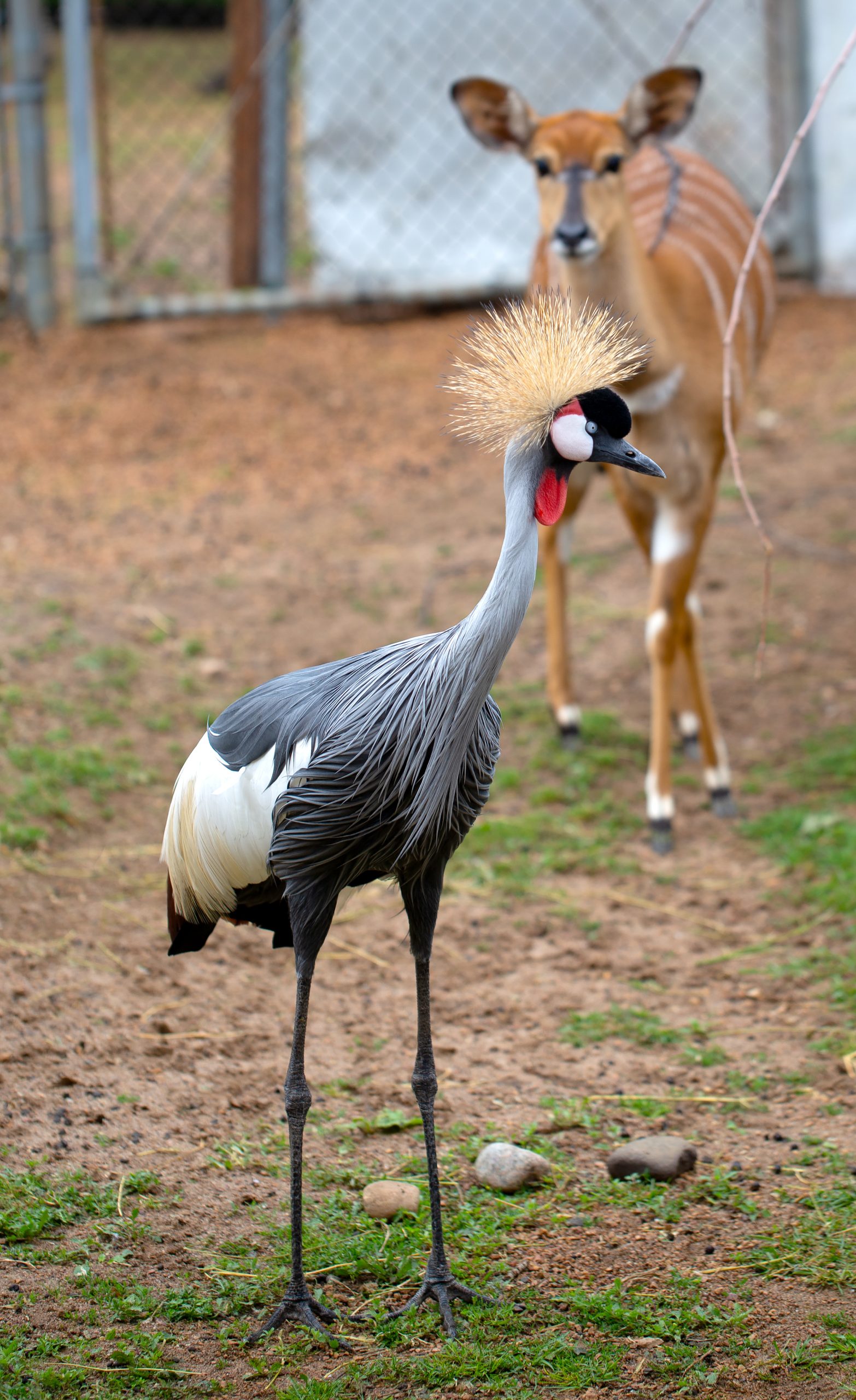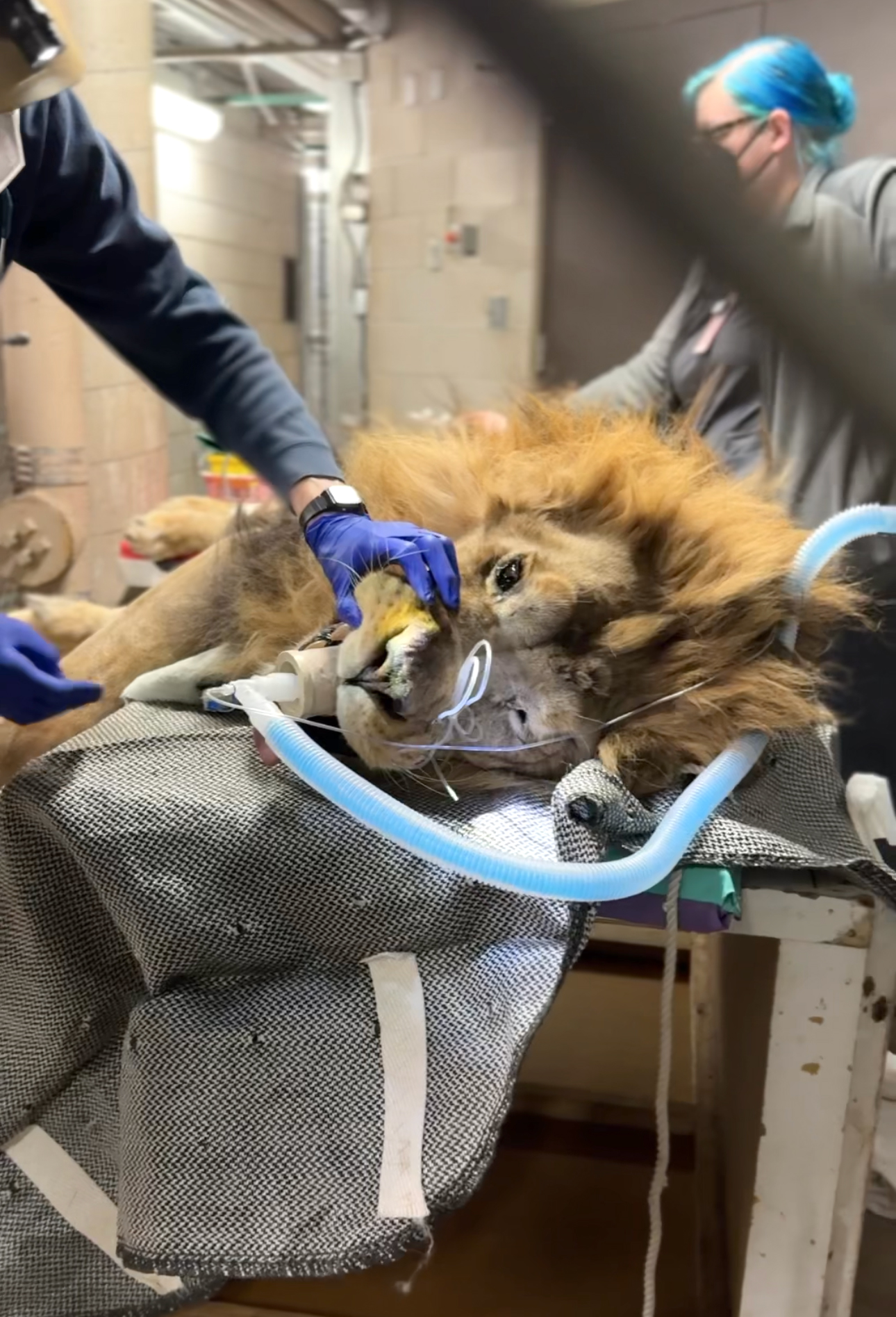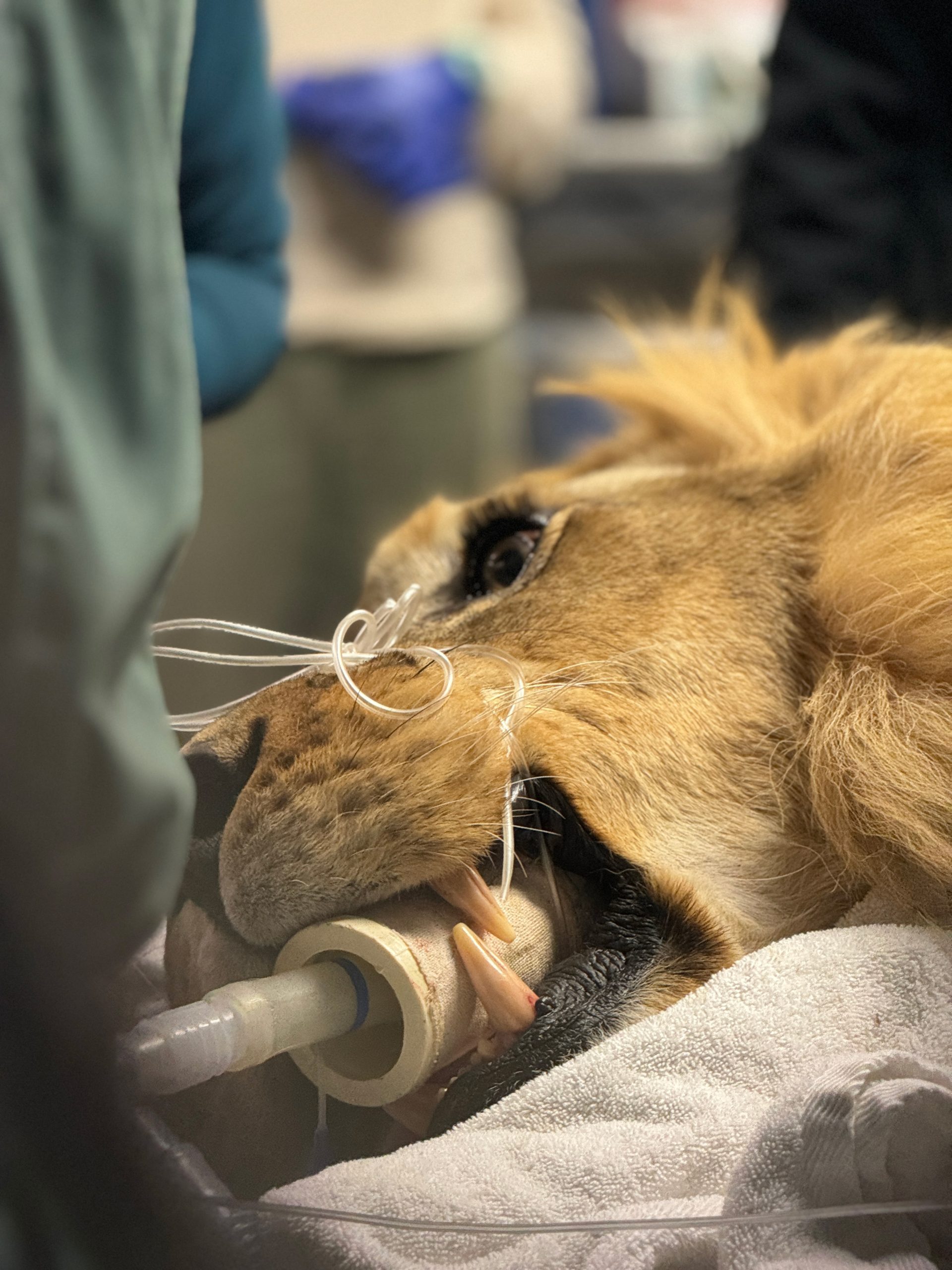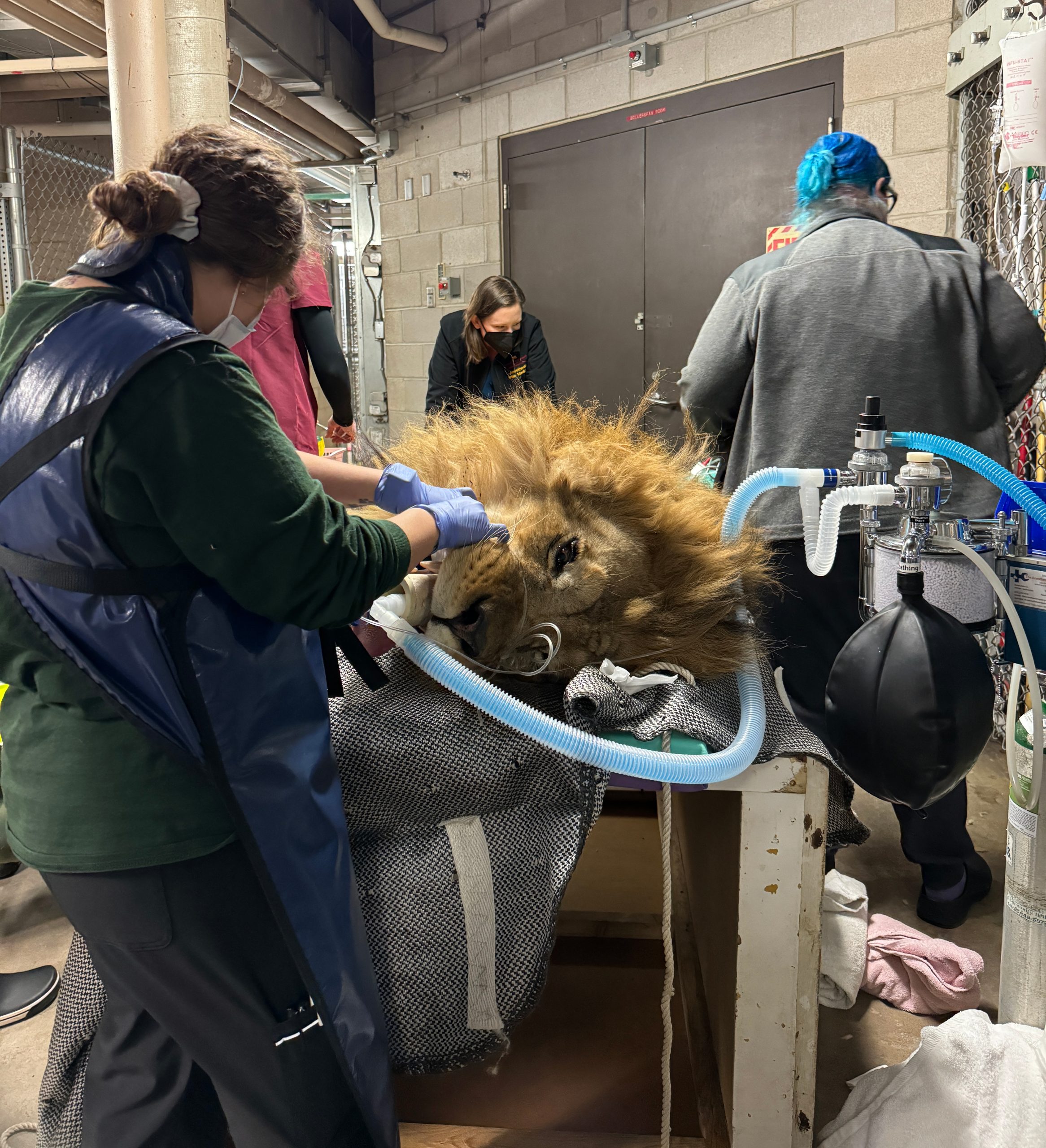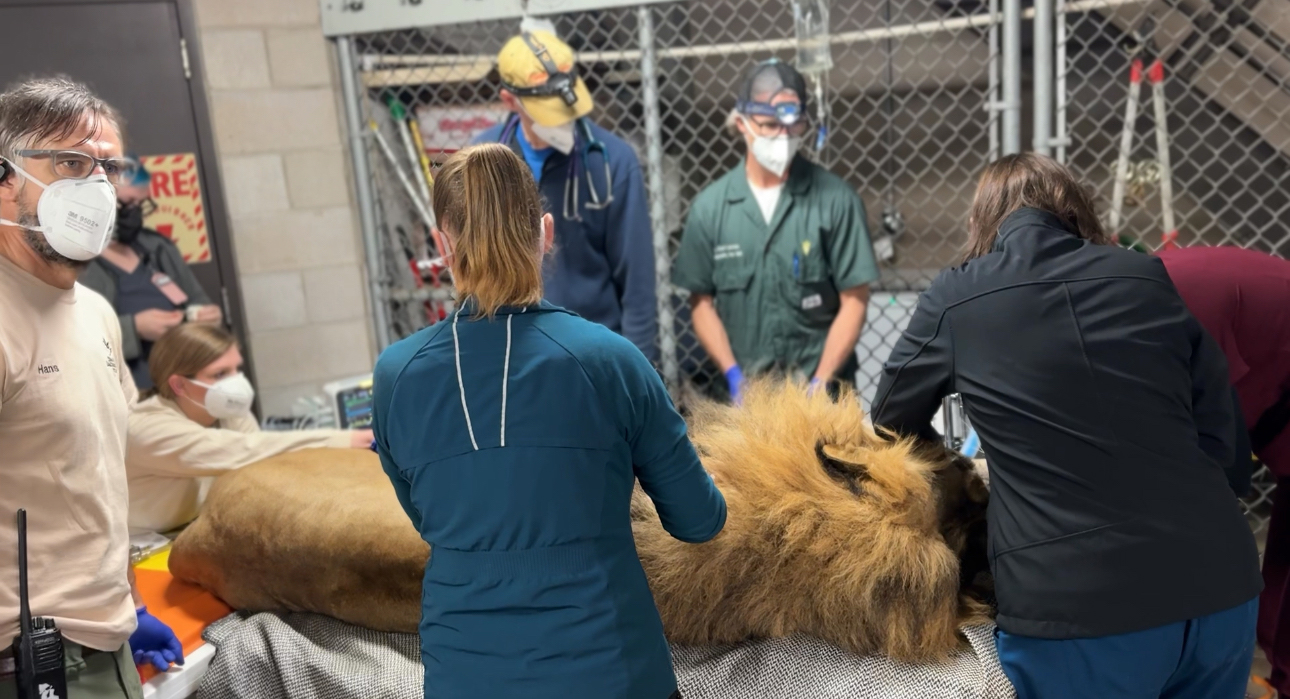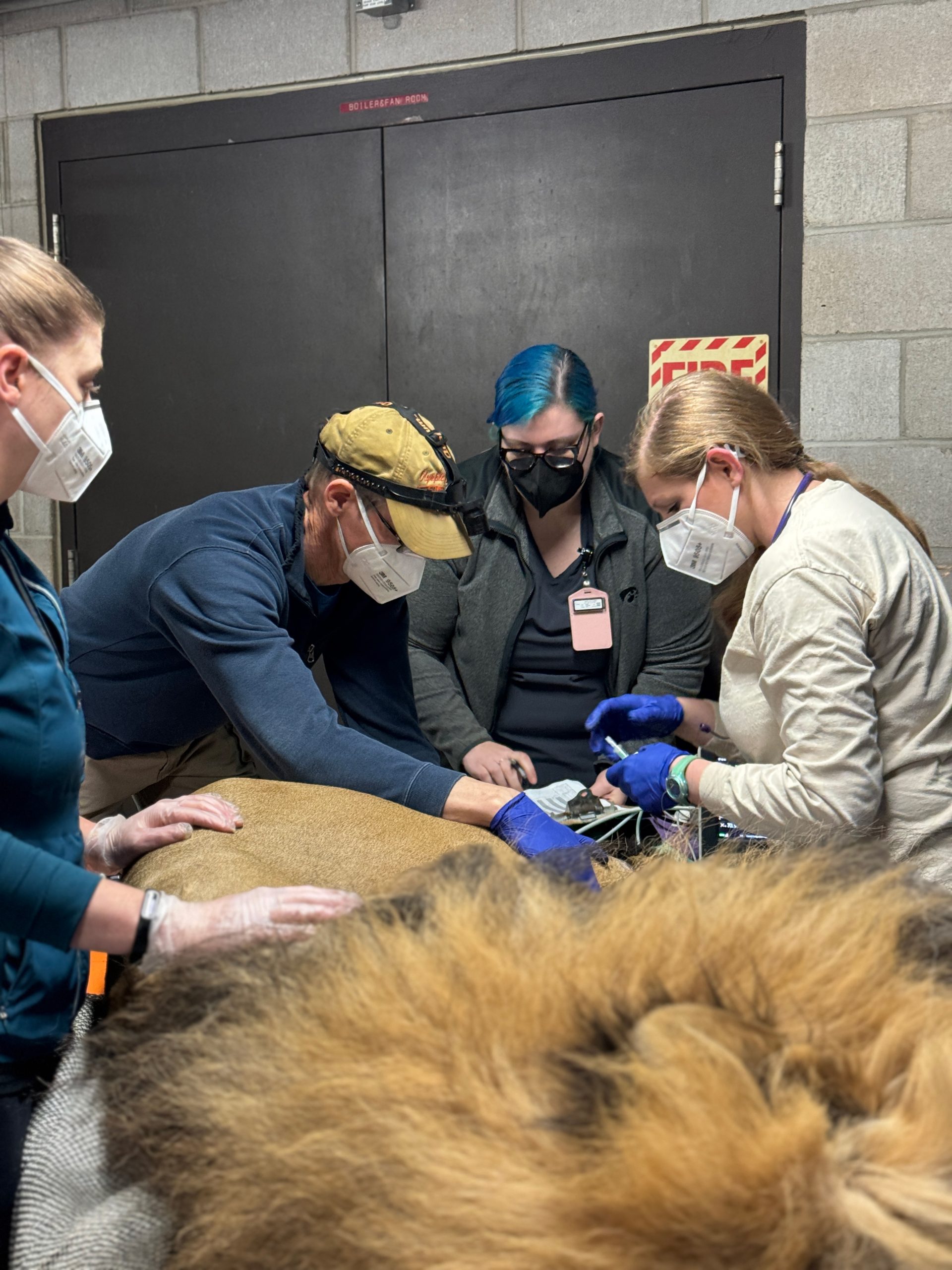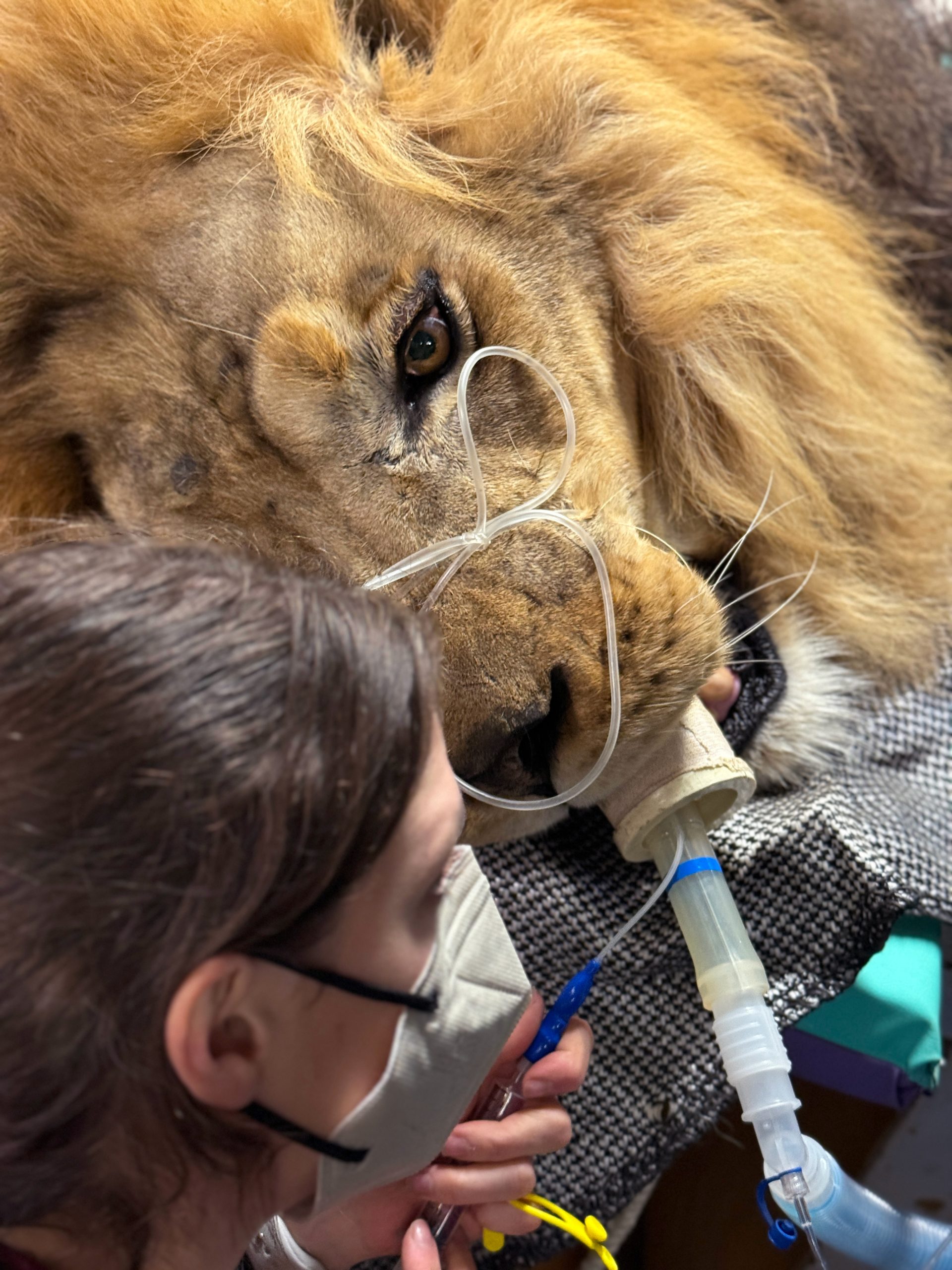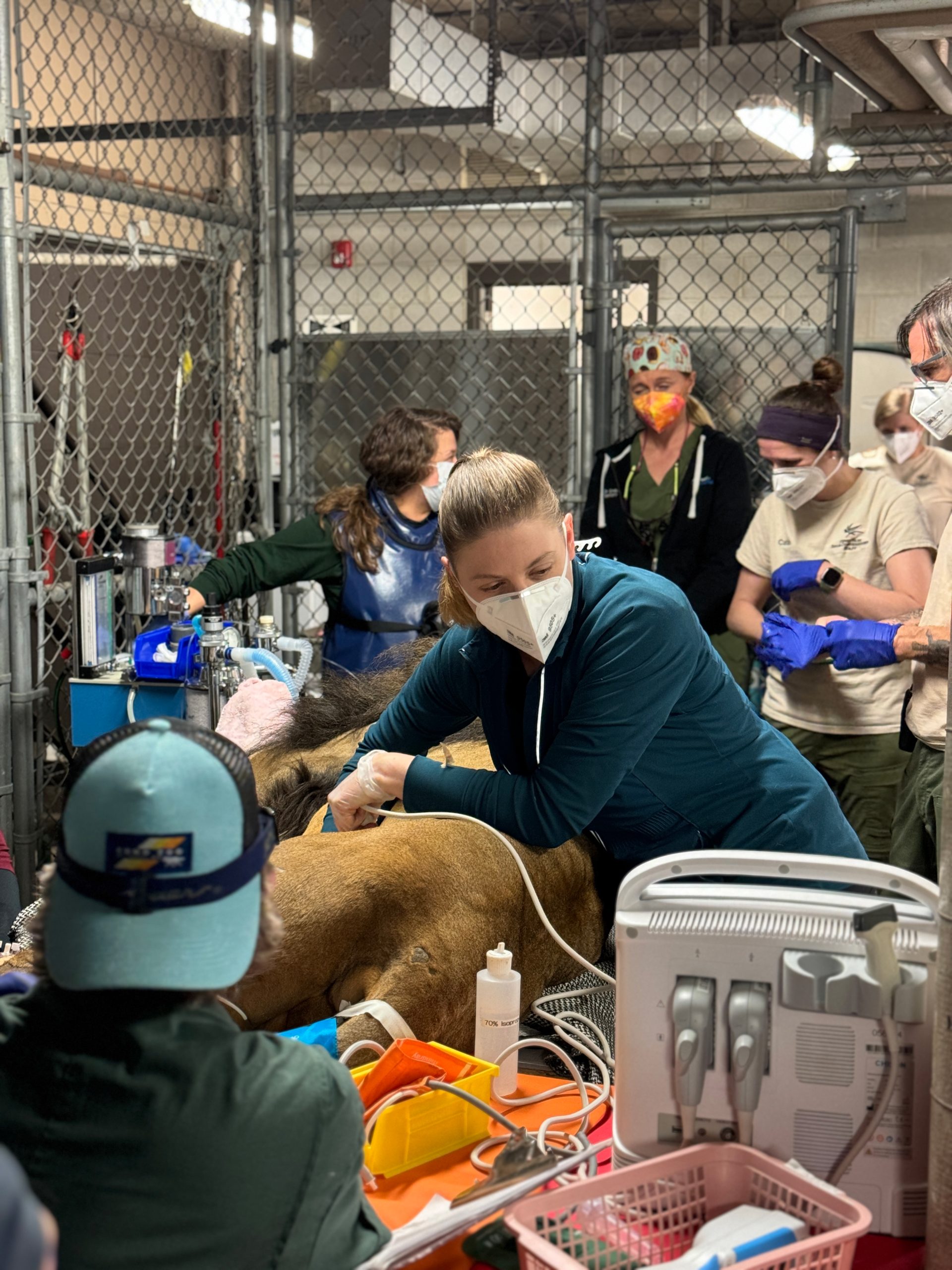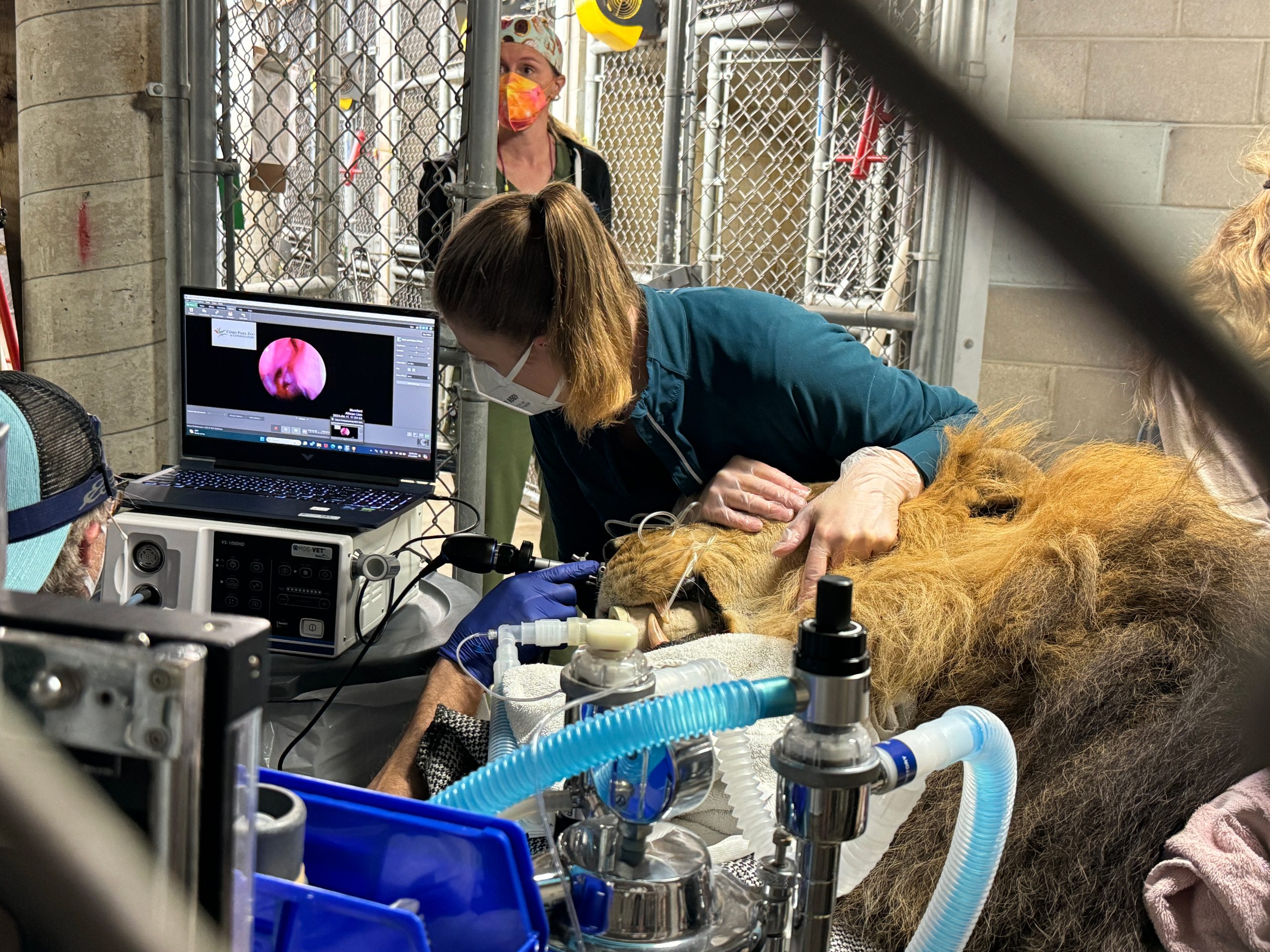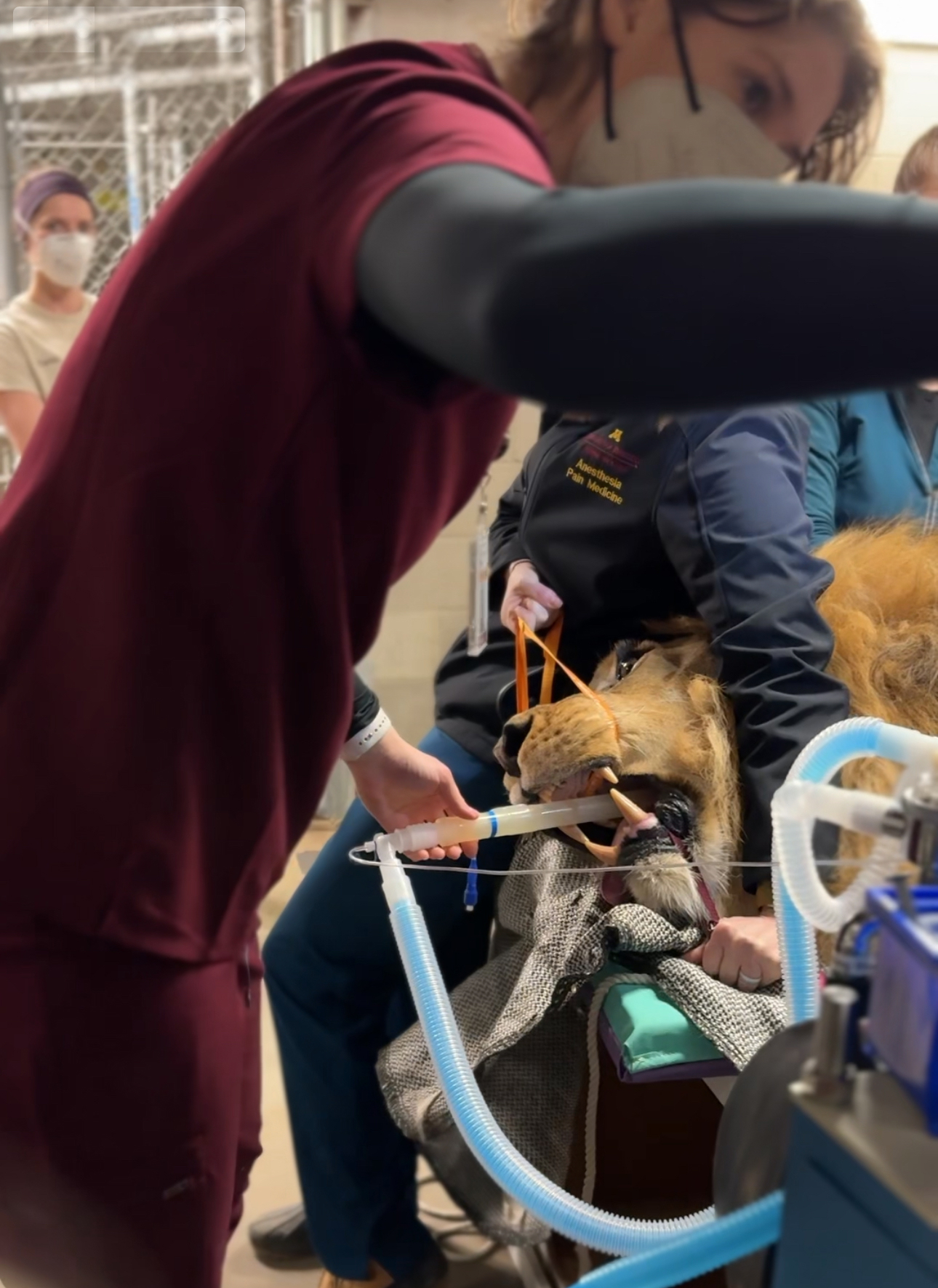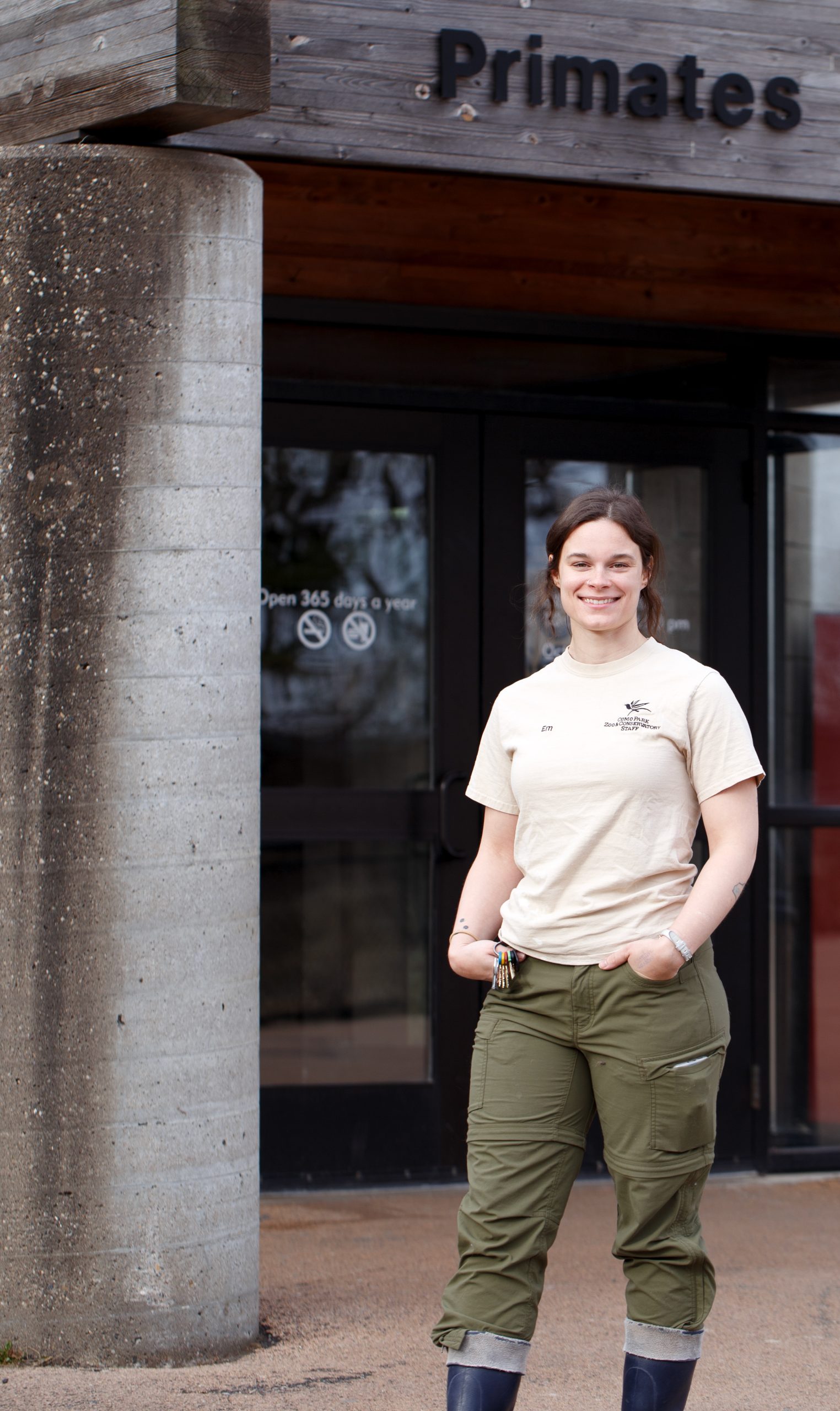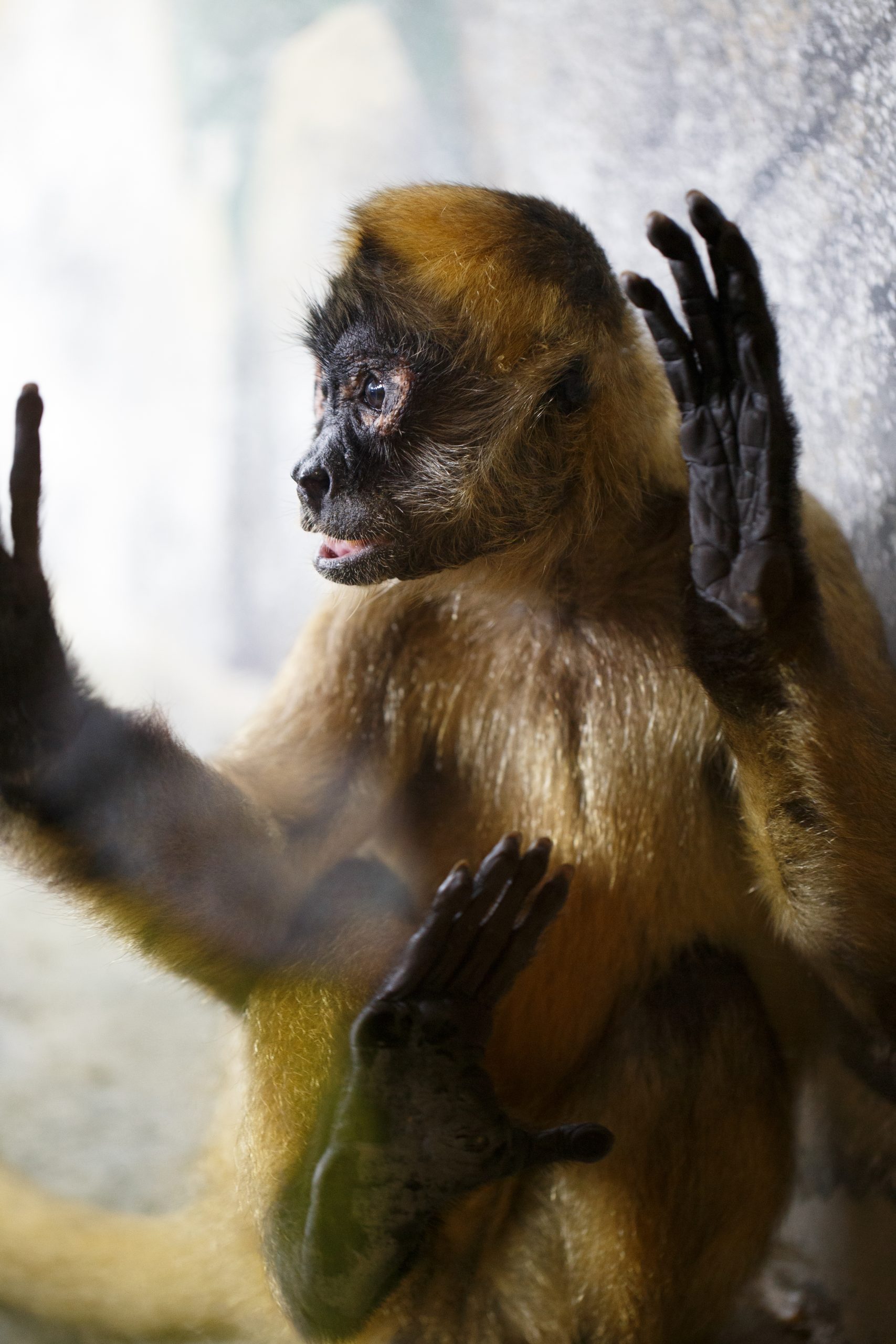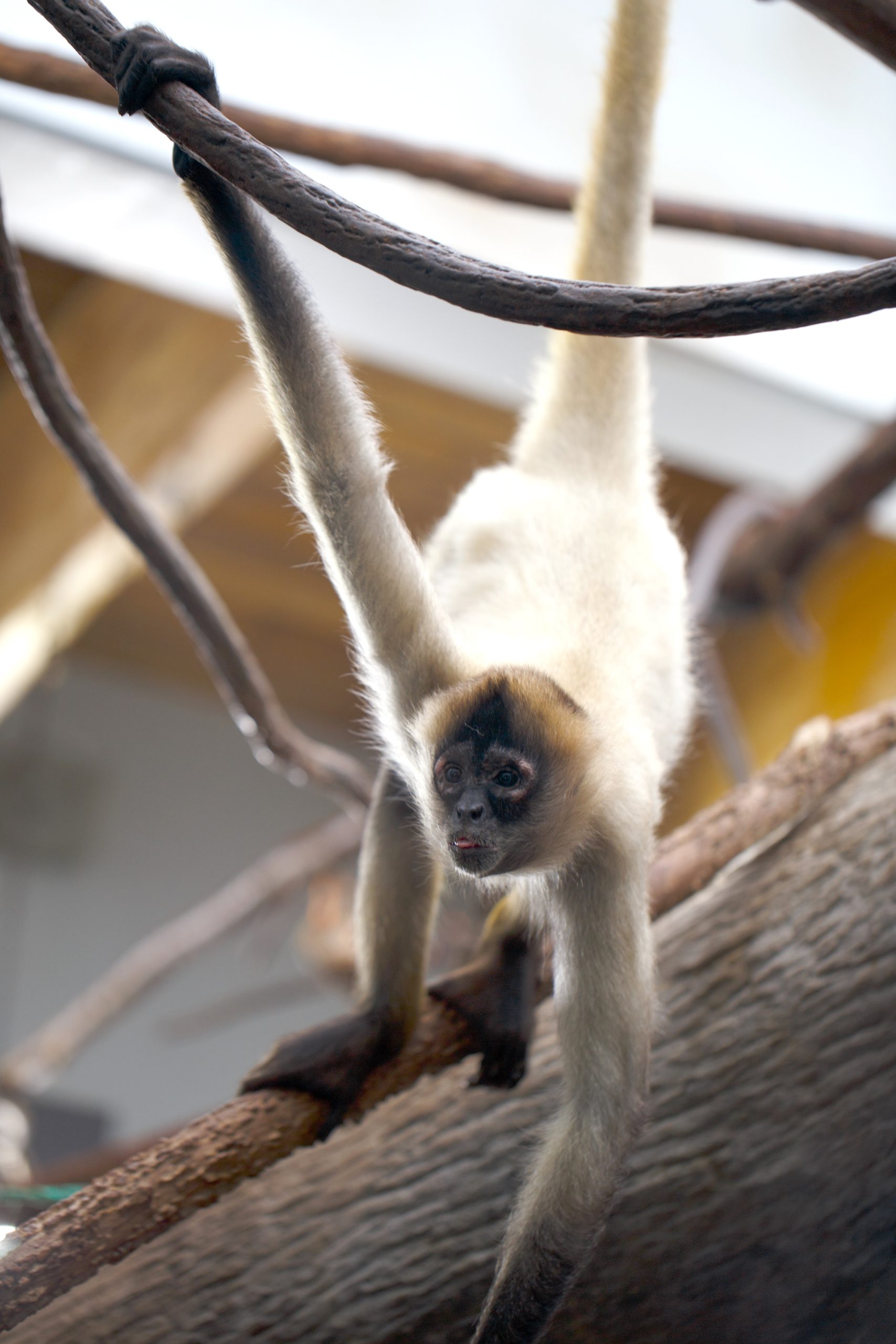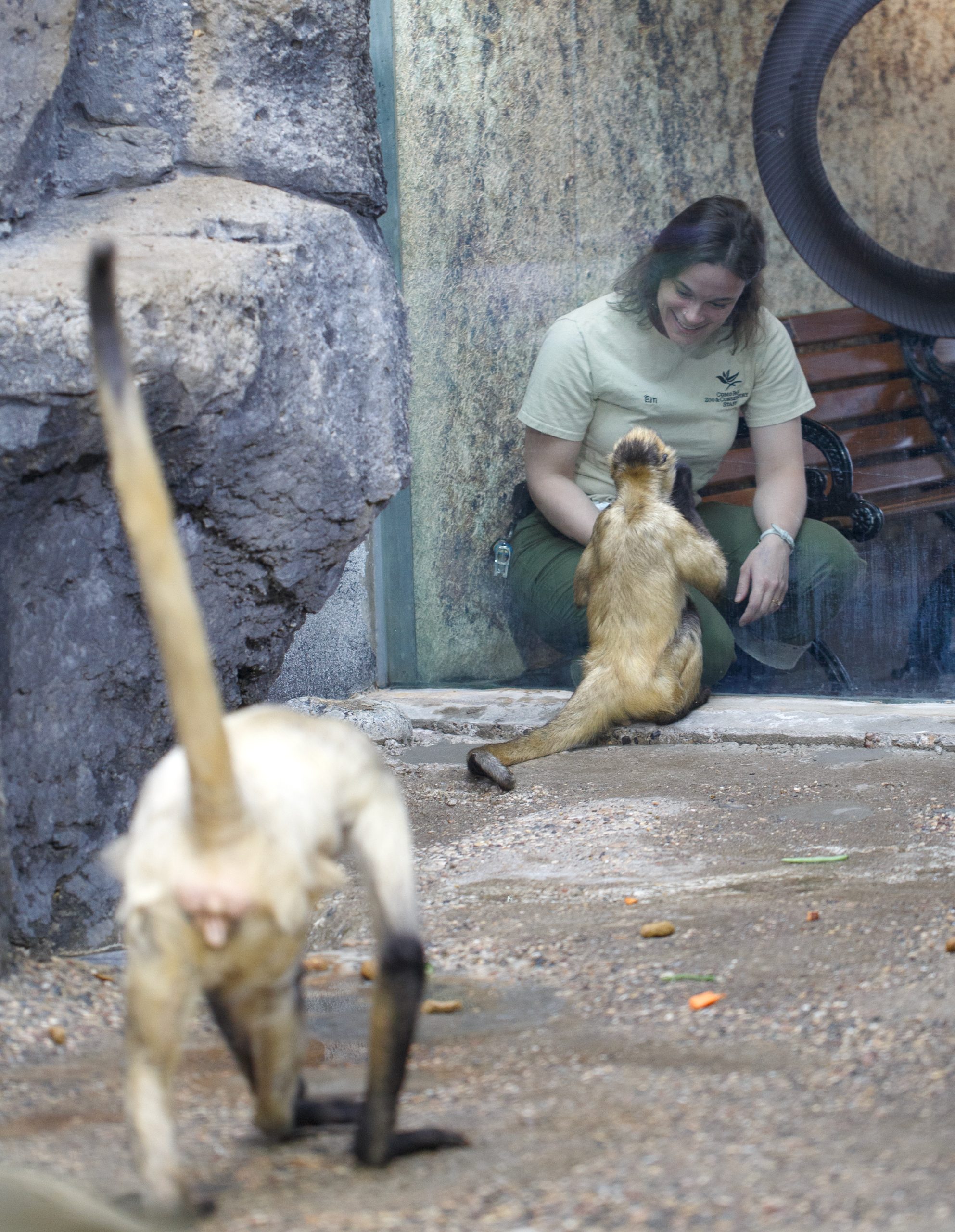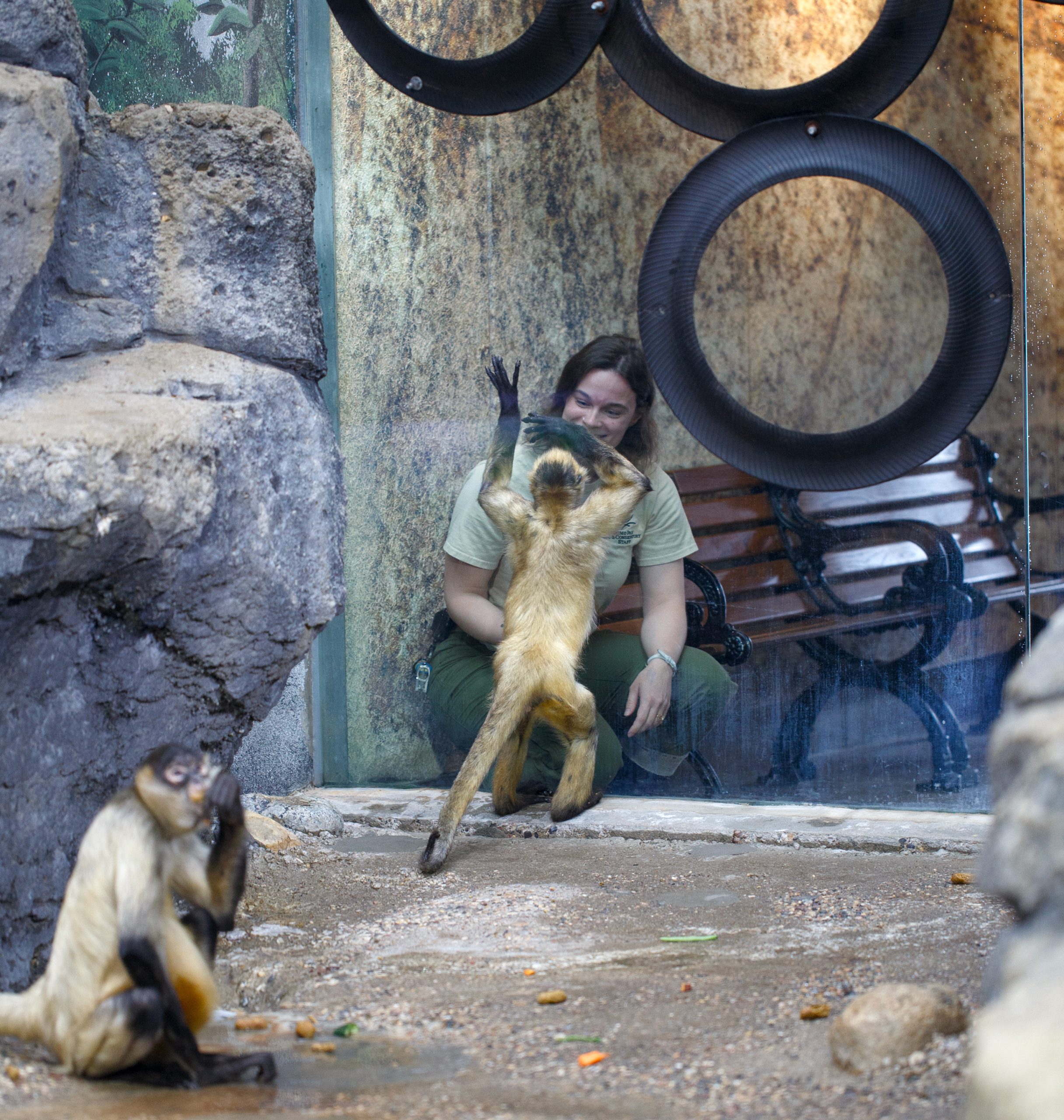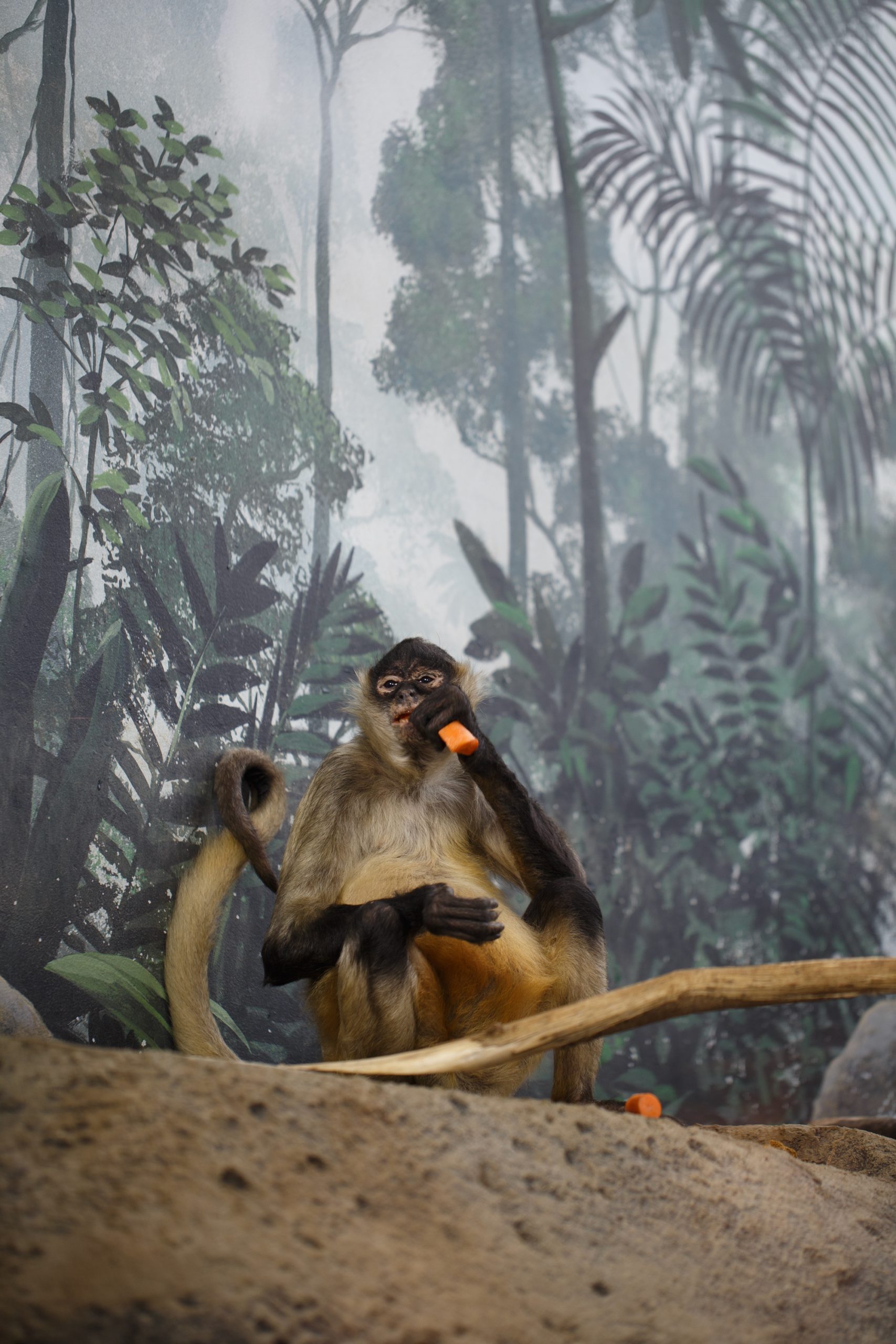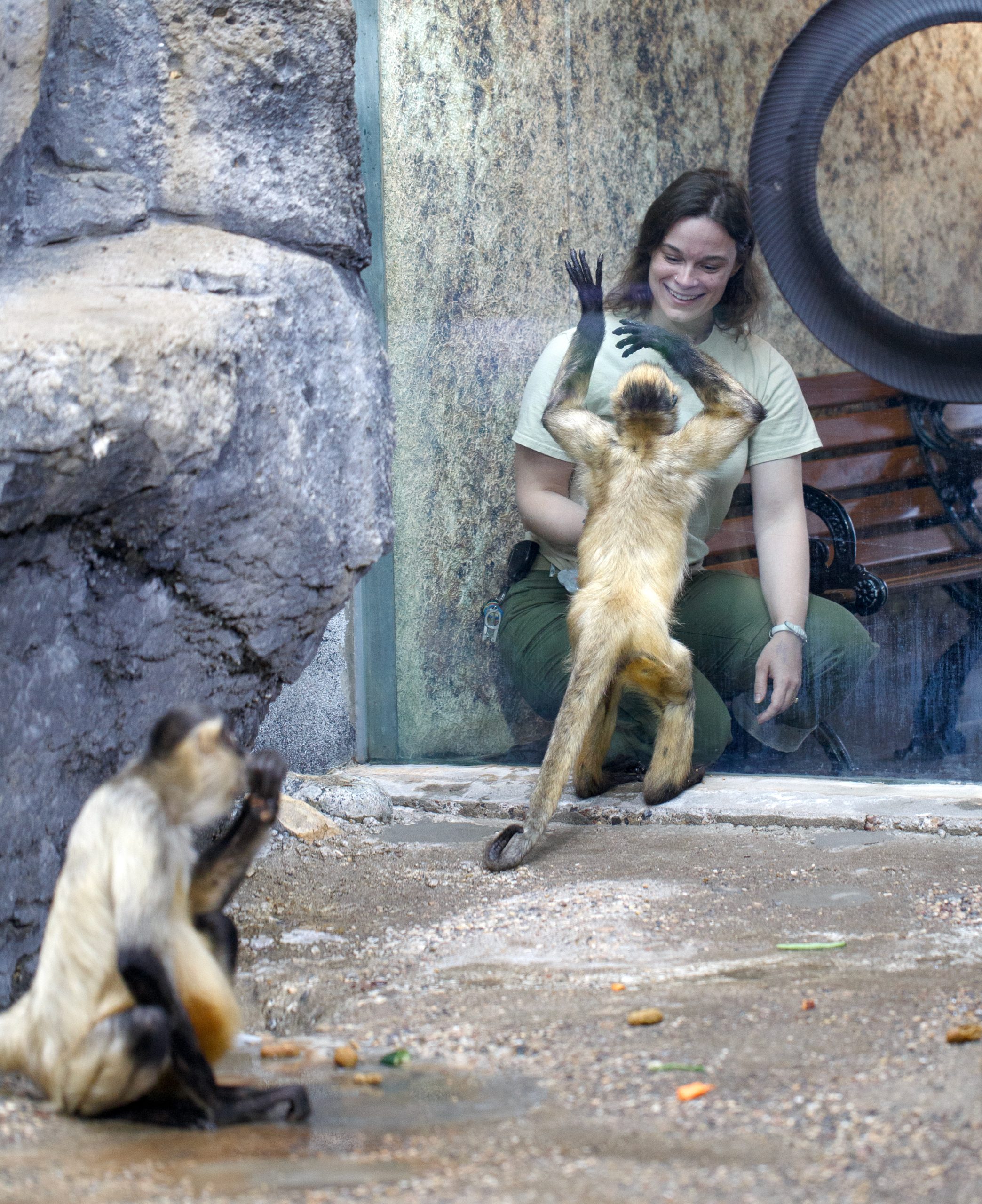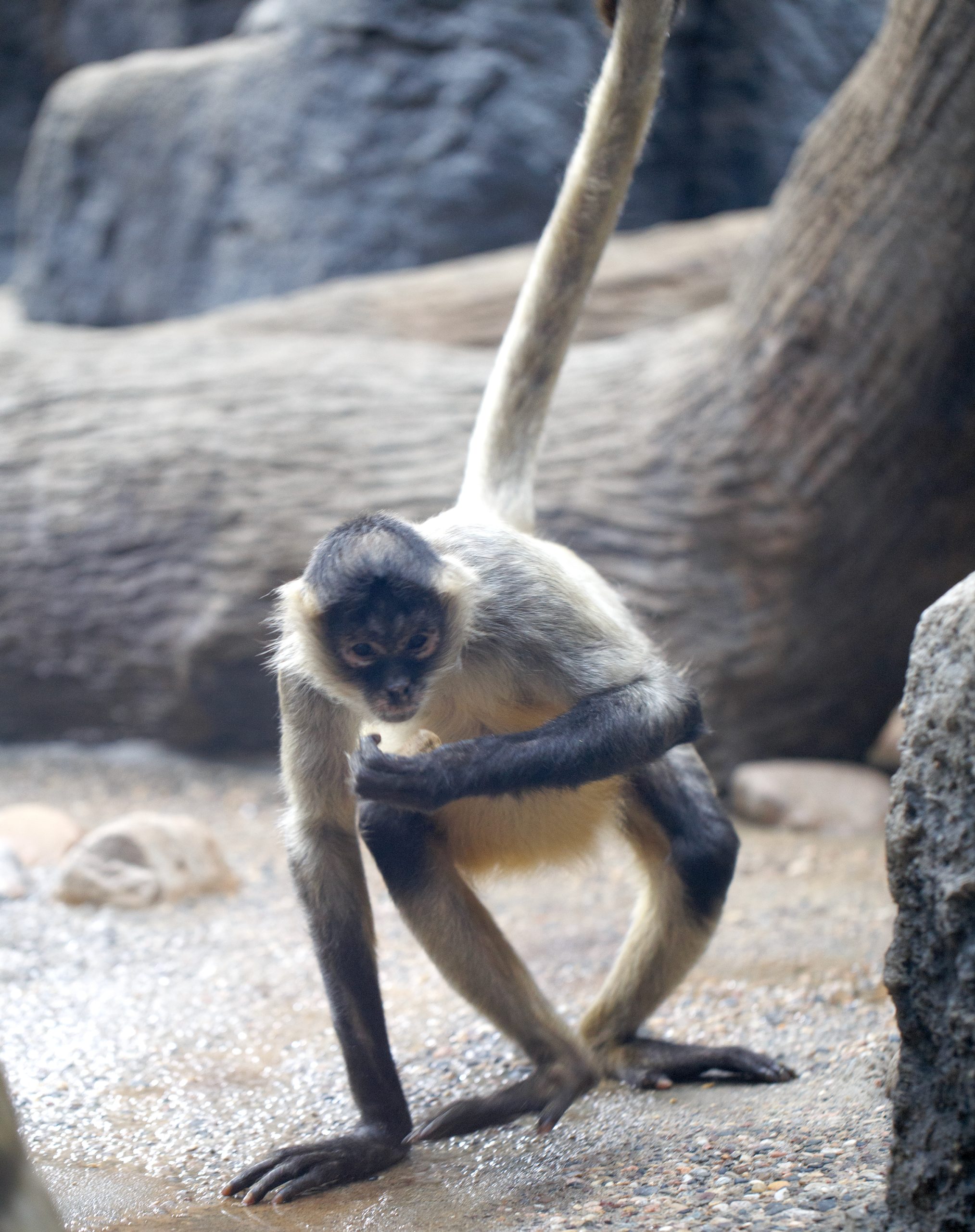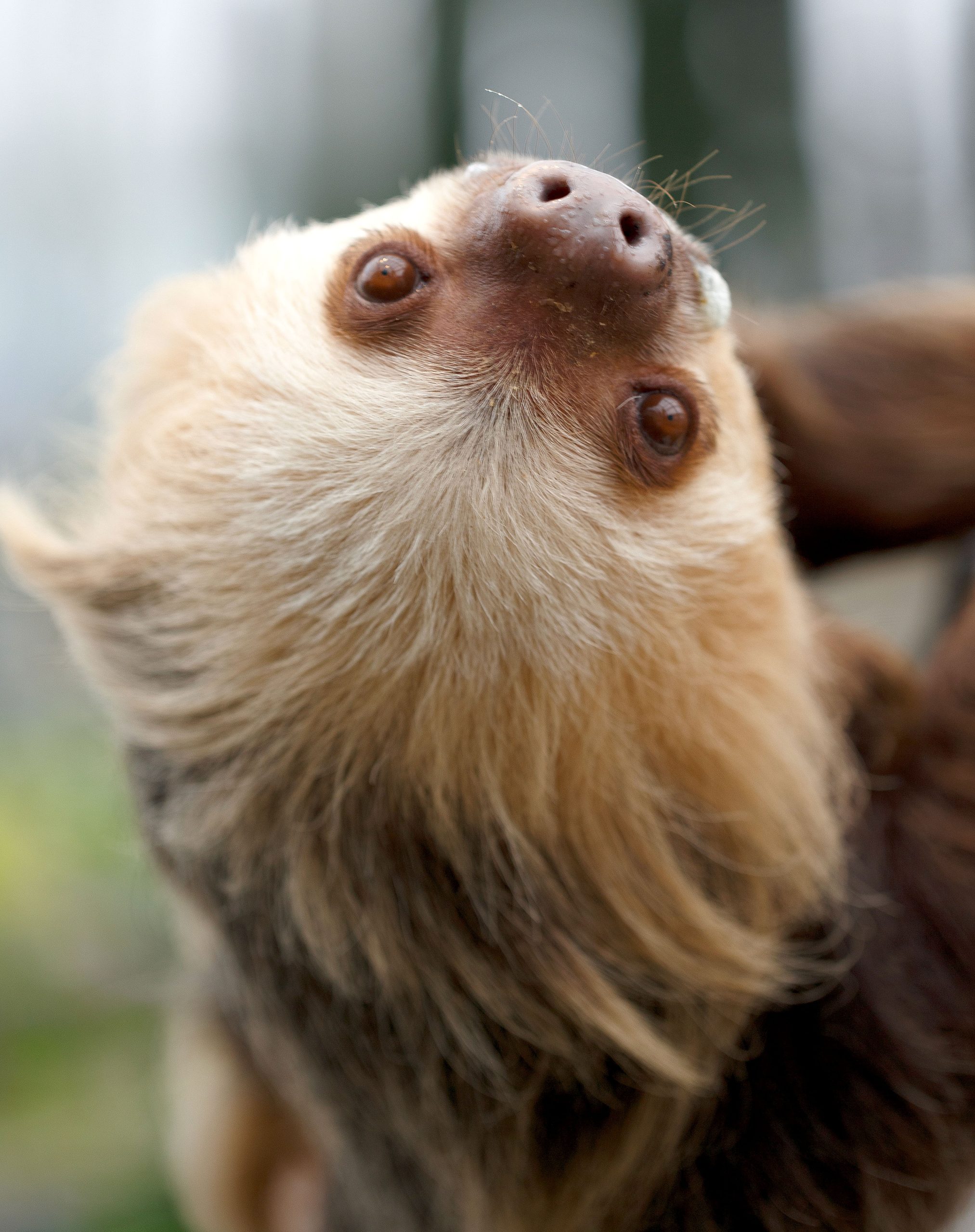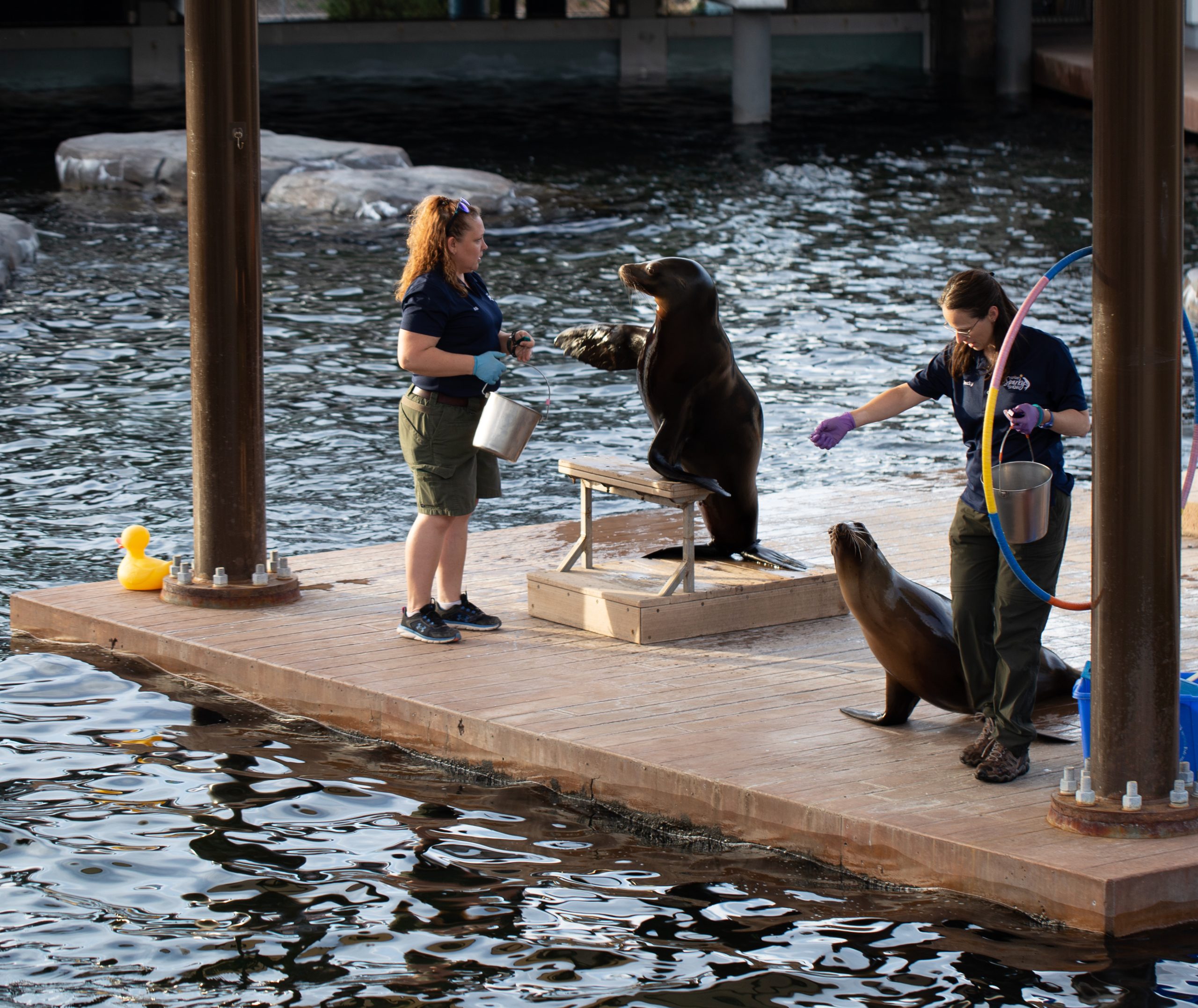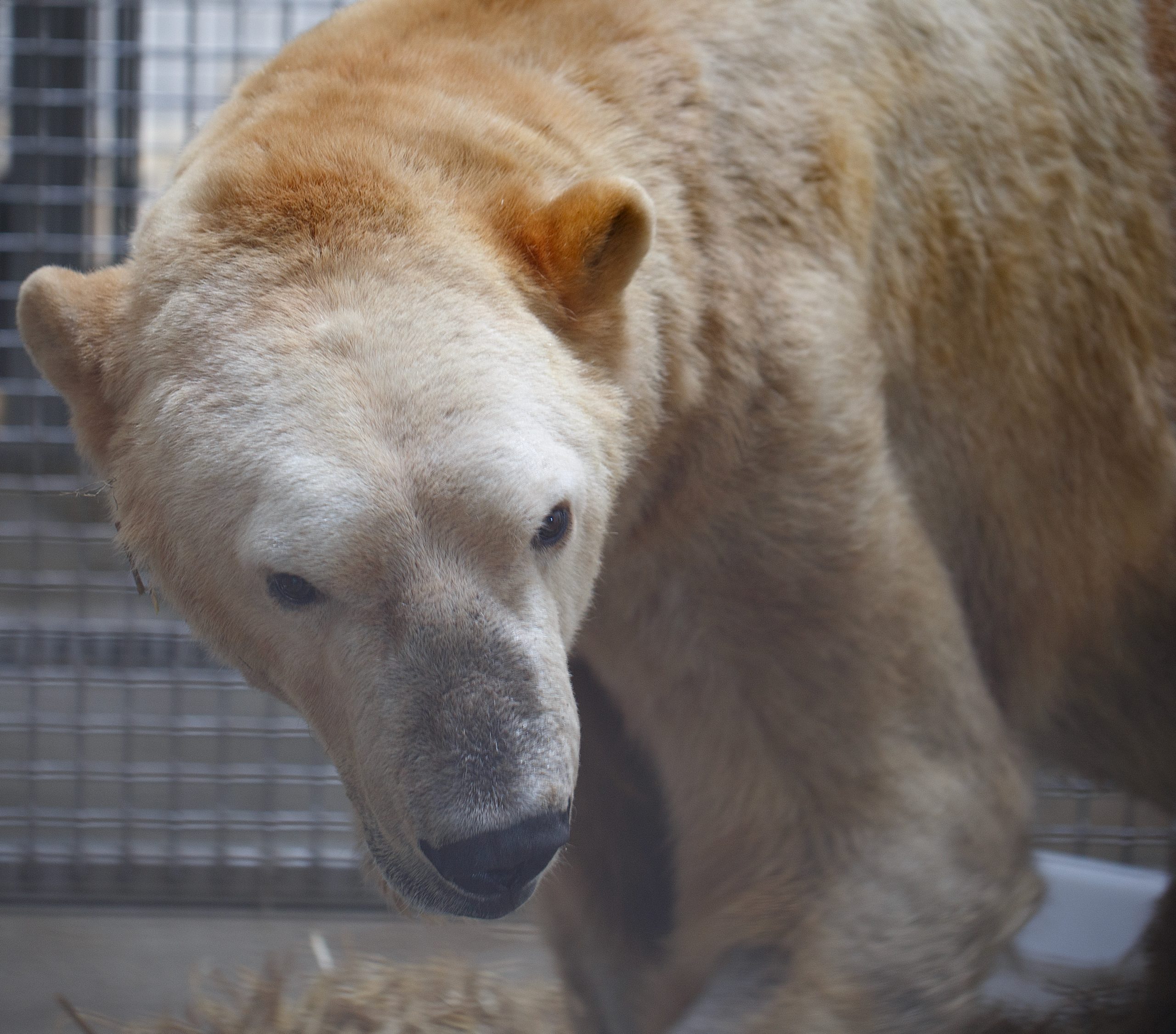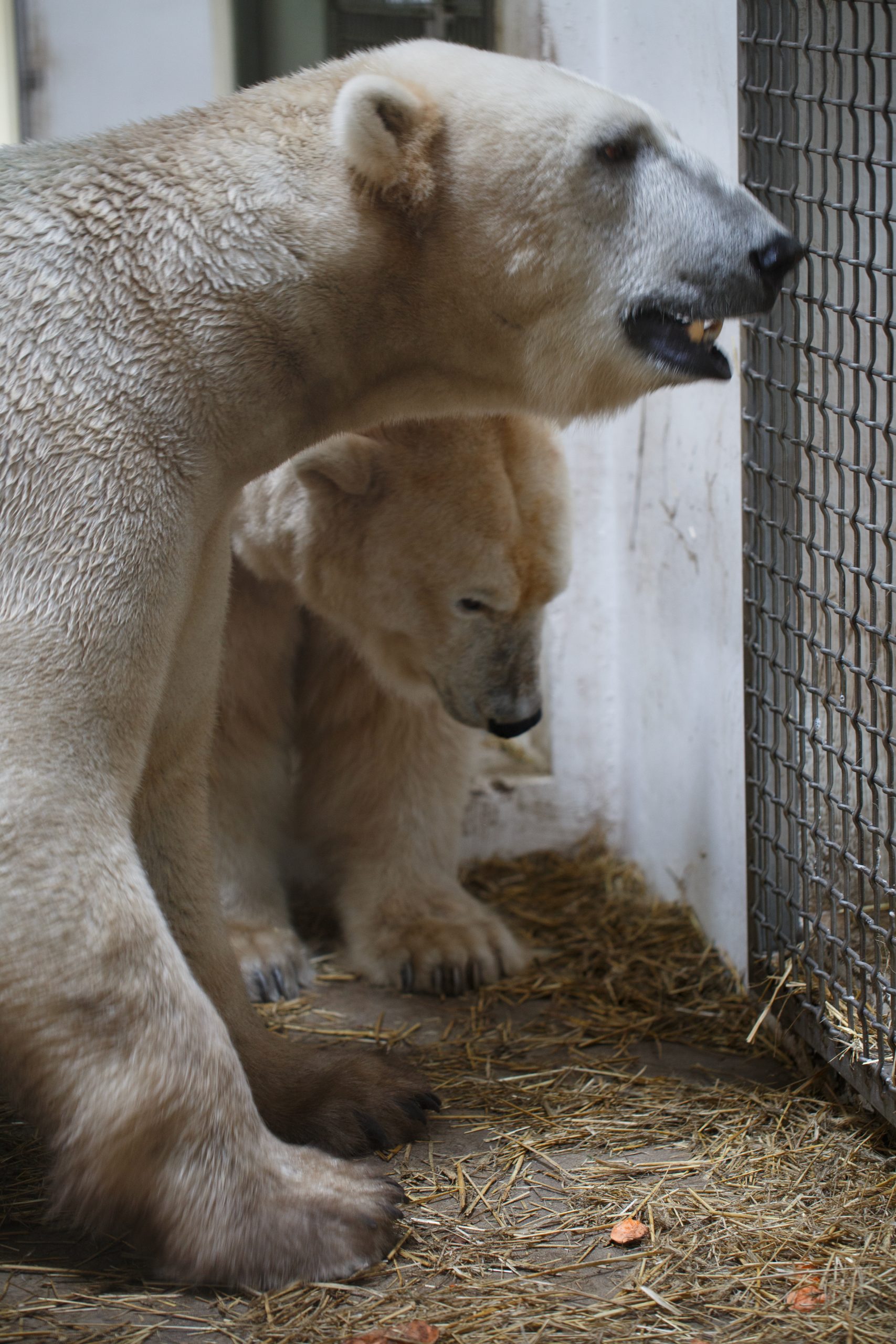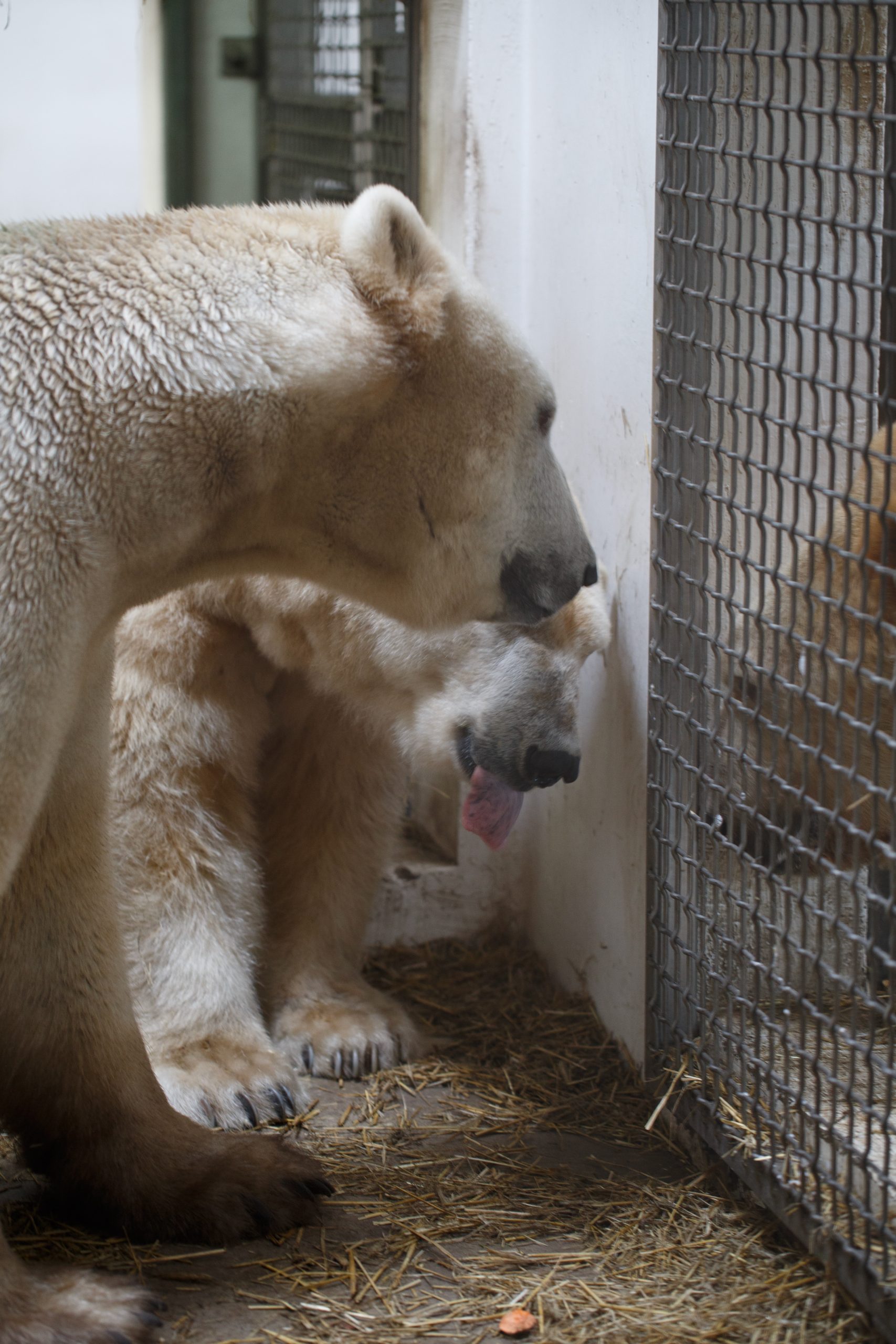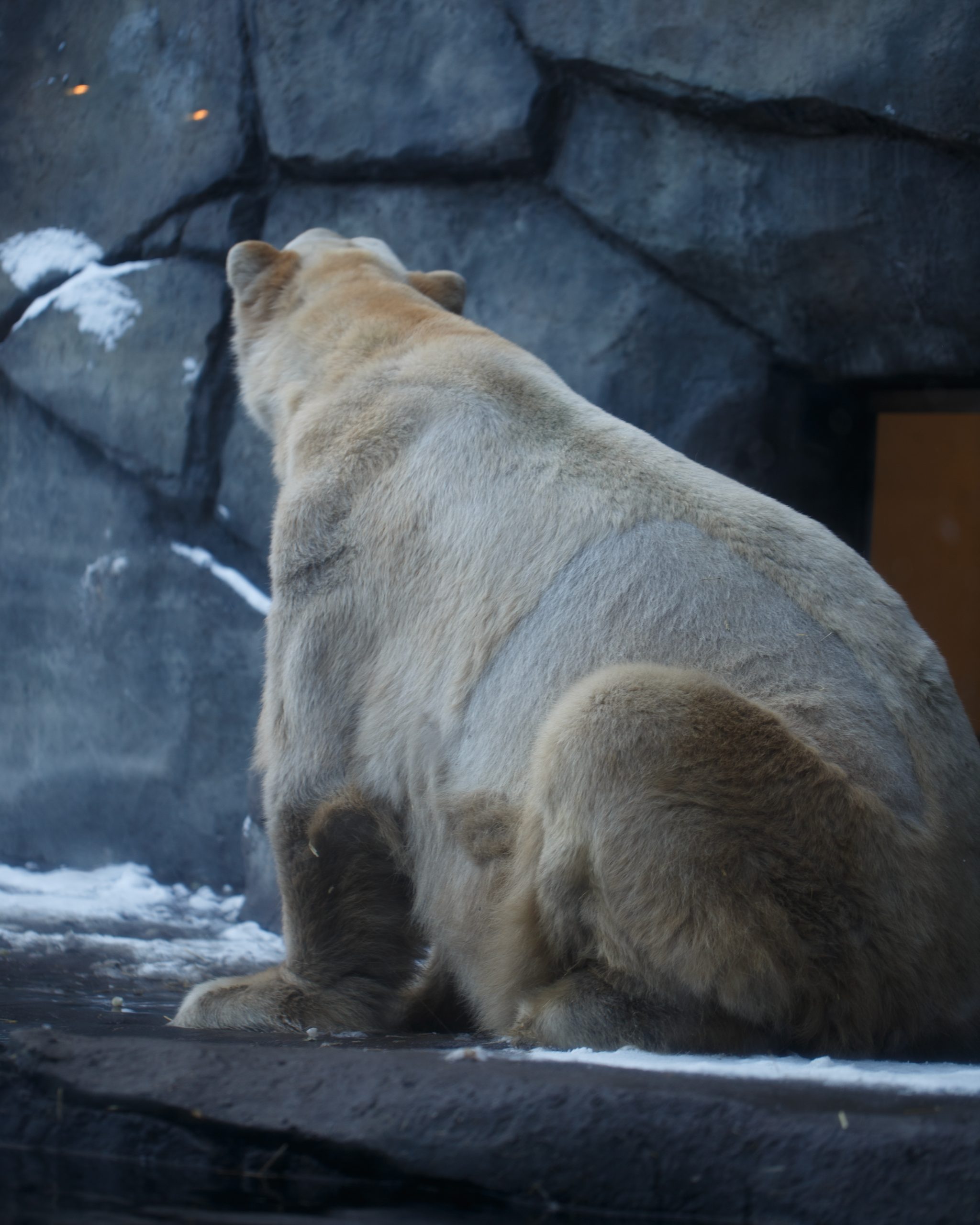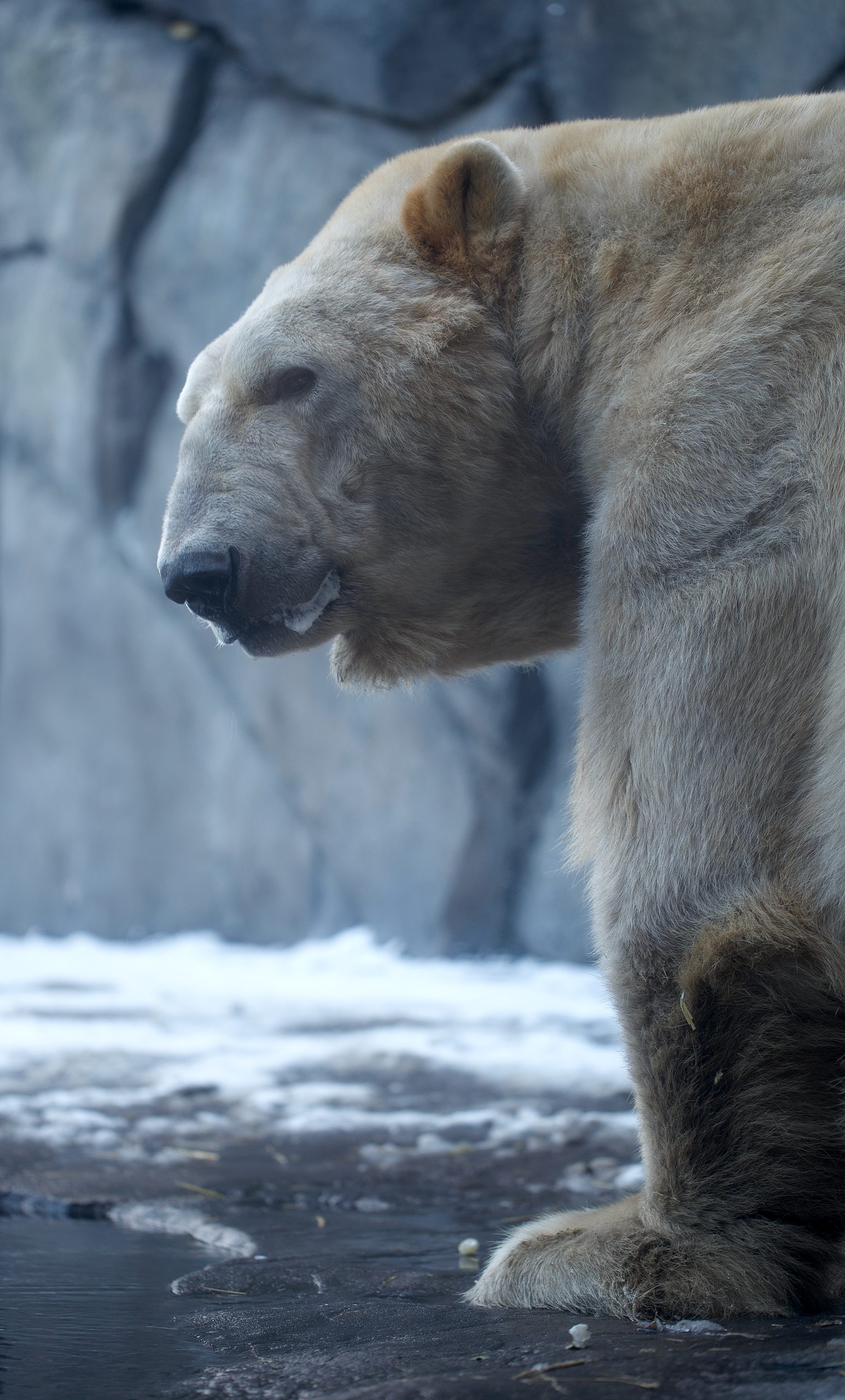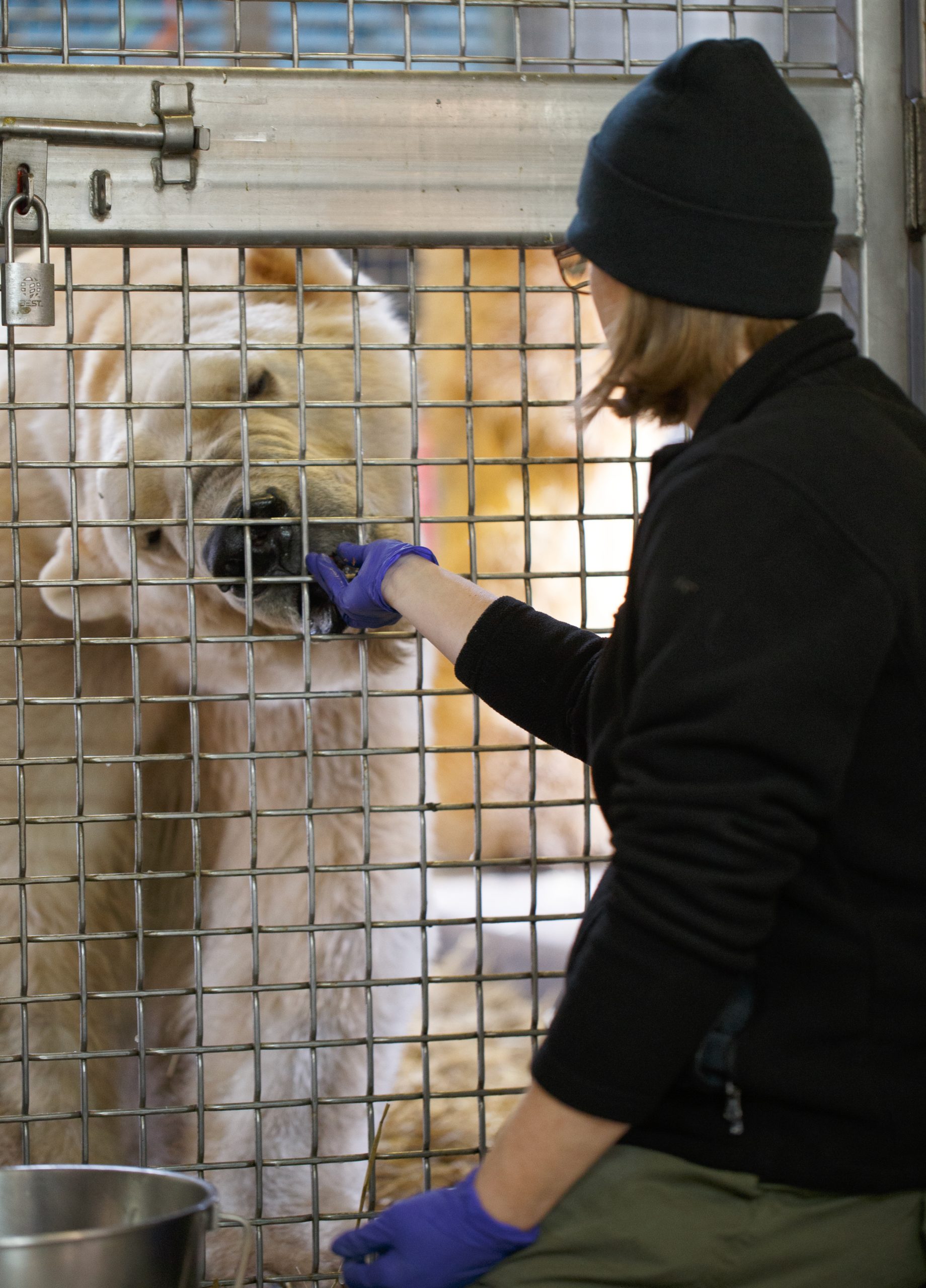Thanks to your support for Como Friends, a new generation is discovering career options in animal care and horticulture
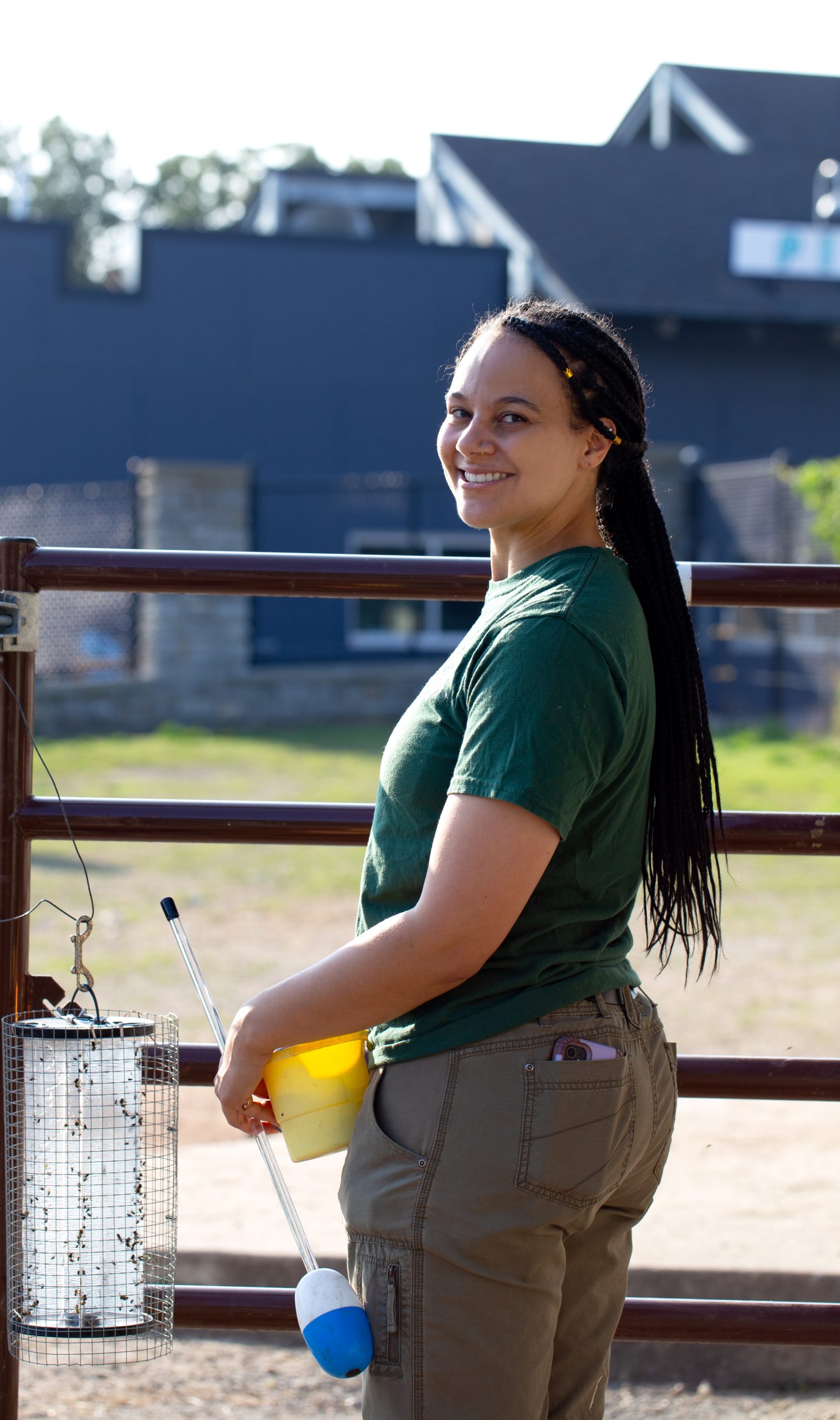
For Como Zoo apprentice Sophia Dady, the trick is building trust with Ruby, the newest bison to live in Como’s historic barn. Over the course of the last year, Dady’s calm demeanor (and hundreds of carrots) have helped her to build a bond with the young bison, teaching her to follow a training target. This new husbandry skill now allows keepers to get a closer look at different parts of Ruby’s body, depending on where the target is positioned.
While few zoo interns ever get the chance to take on an important long-term project, animal training is all in a day’s work for Dady. A member of St. Paul’s Right Track apprentice program, Dady is one of 9 zookeeping and 4 horticultural apprentices at Como this year, earning 20- to 40-hours-a-week pay while they take on entry-level responsibilities throughout Como Zoo and the Marjorie McNeely Conservatory.
Though unpaid internships and volunteer conservation roles have often been the career path to jobs in animal care, the Right Track program helps to remove the economic barriers to participation for youth from cost-burdened households. “Right Track is designed to ensure that you don’t have to work without pay, or have multiple side jobs, to take advantage of a career-building opportunity,” says Lianna Sanders, the Como project manager who oversees the Right Track apprentices.
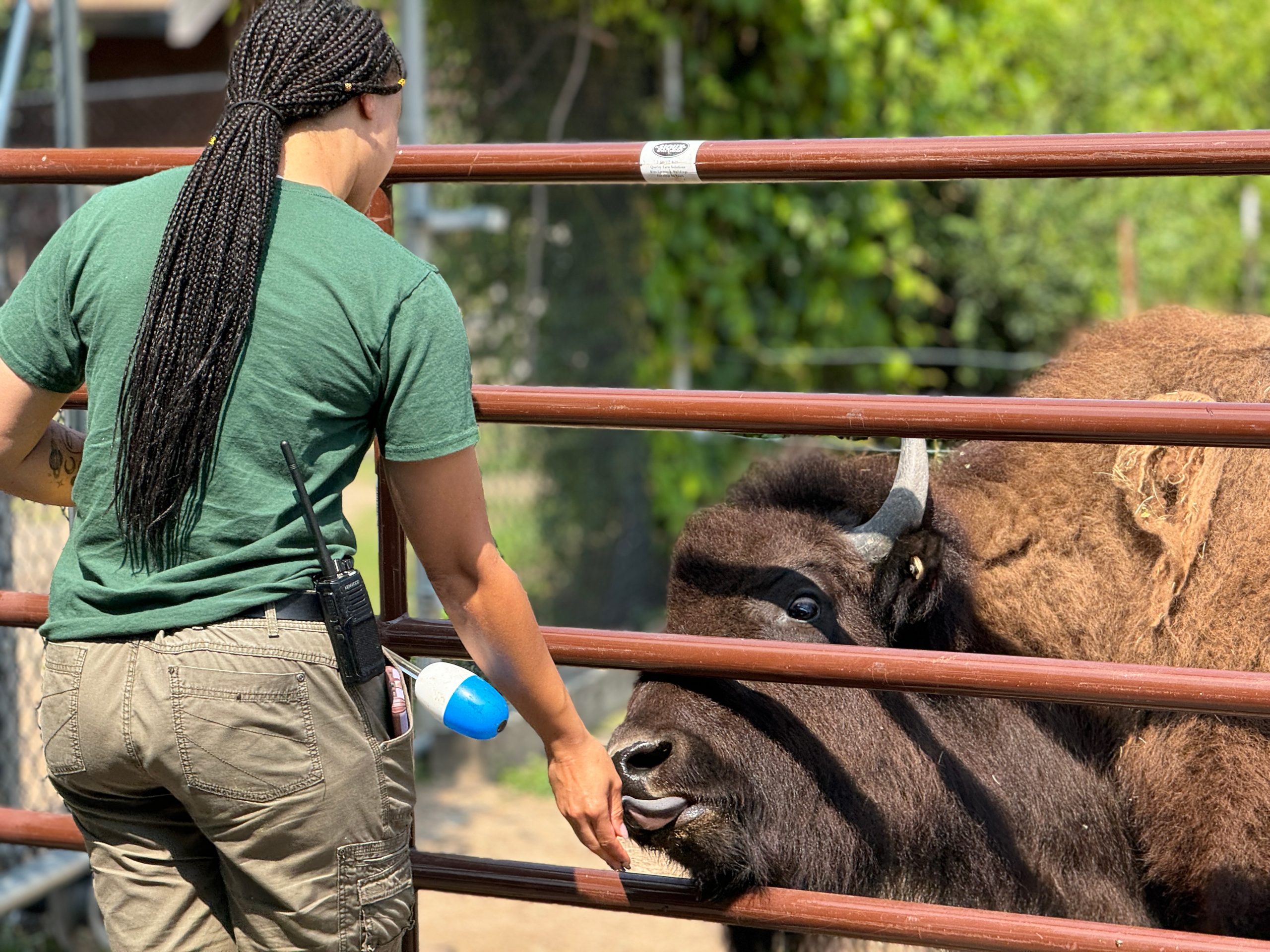
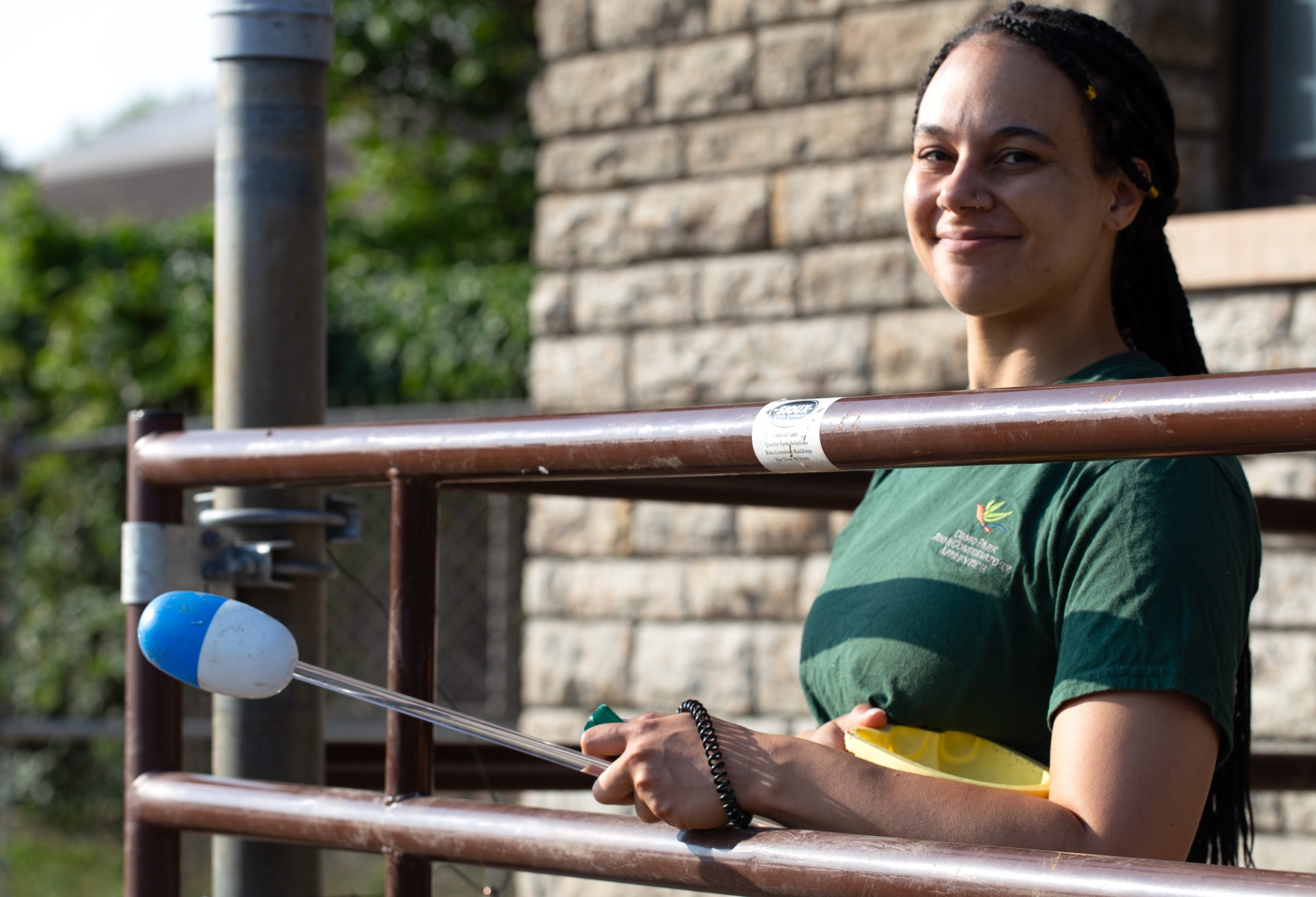
This year, Como has expanded the Right Track program to include horticultural apprentices like Willow Stephens, who recently had the opportunity to collaborate with horticulturist Rylee Werden on the design and installation of the Fall Flower Show. Hands-on experiences like that, and having the time it takes to dive into a potential career is another important part of the program, which also allows young people to attend college during their apprentice tenure.
Being fully immersed in animal care at Como has allowed Dady to take part in everything from primate training to observing behind-the-scenes veterinary care, while also attending Right Track professional development sessions in resume writing, financial literacy, and more. “Because the zookeepers see you more often, they trust you and allow you to take on your own projects, which is so important,” Dady says. “You’re given a bit more independence to find out what you like to do and what you’re good at, which is important as you’re developing your career.”
RightTrack apprentices earn a living wage while working in a variety of roles at Como. Additional funding from Como Friends helps apprentices purchase uniforms, heavy work boots, and other tools to be successful and safe on the job.
Great Late Breaking News: Como Zoo Right Track Apprentice Gabby Metzler (pictured below) was recently hired at the Fort Wayne Children’s Zoo as a marine mammal and aquarium zookeeper. And Sophia Dady has been hired as a temporary zookeeper at Como Zoo in the Tropical Encounters habitat as well as their small animal, reptile, and amphibian Animal Support Building.
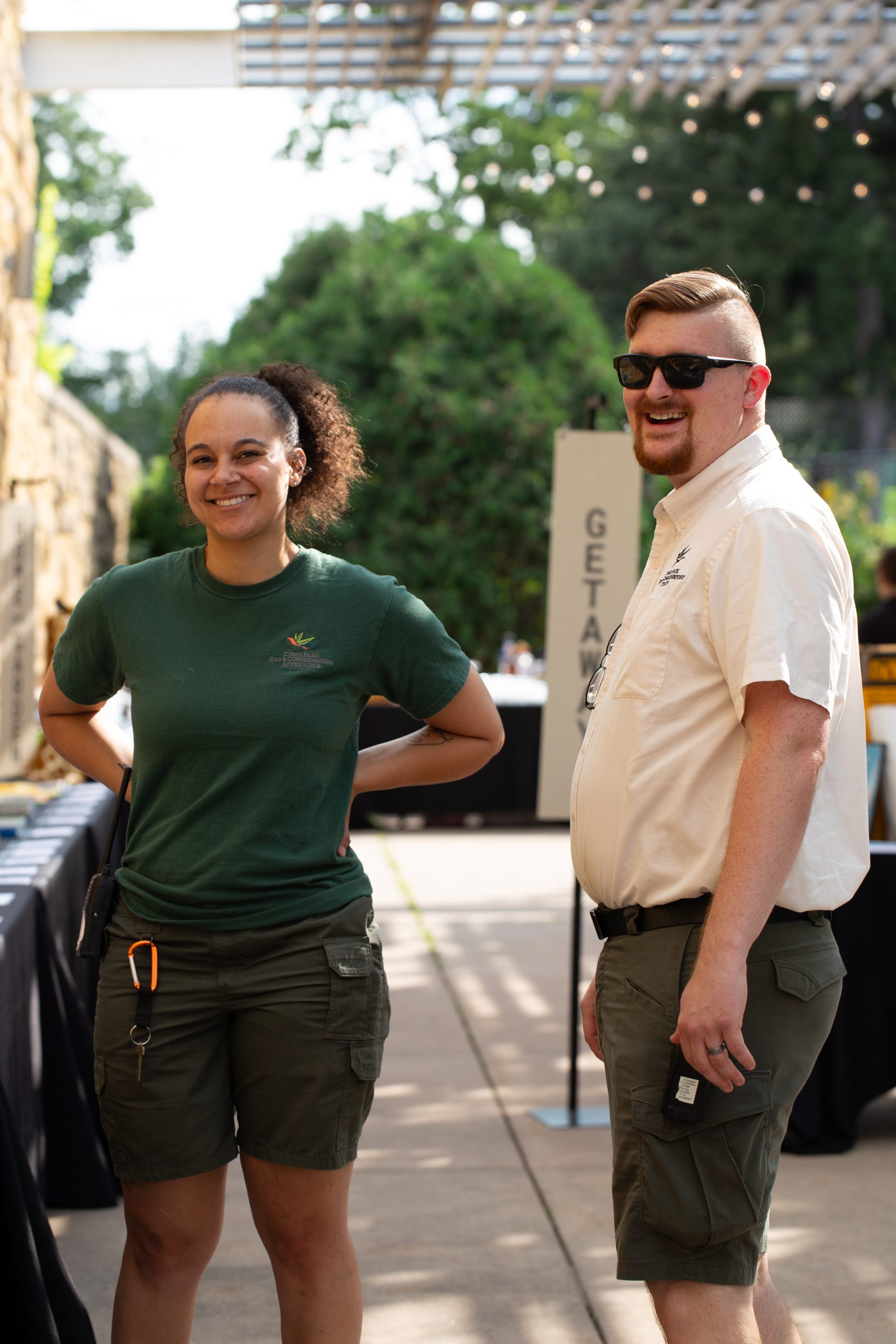
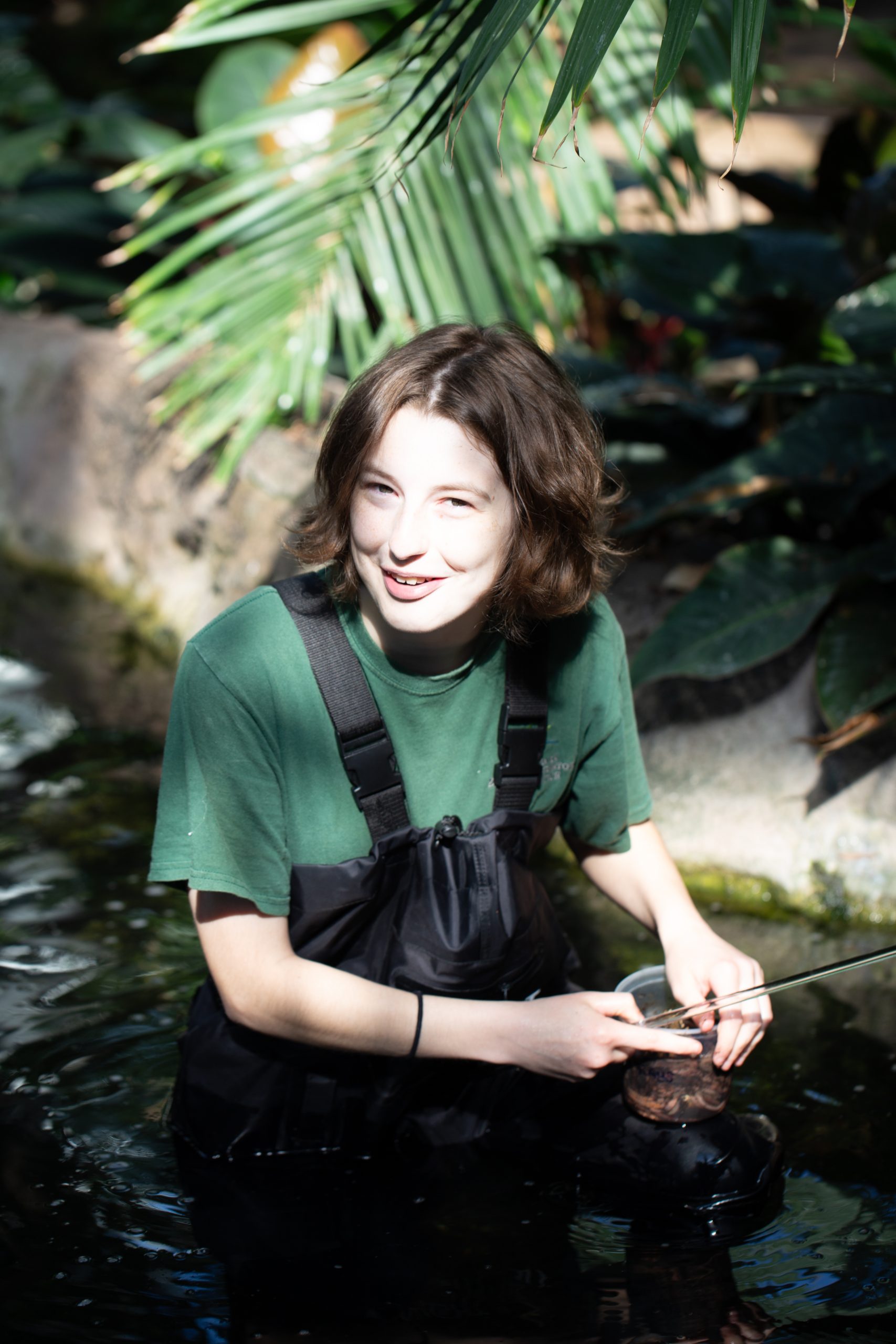
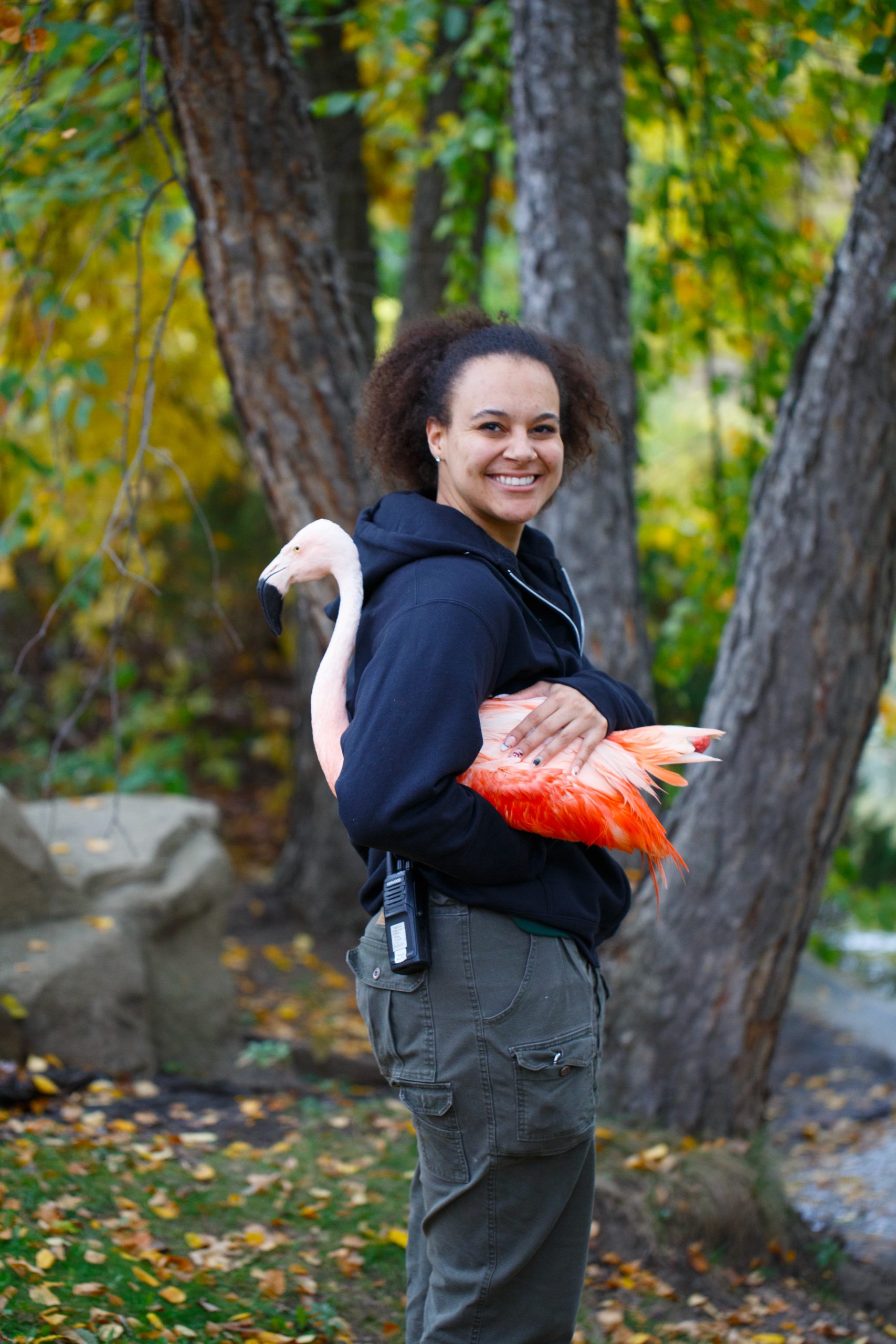
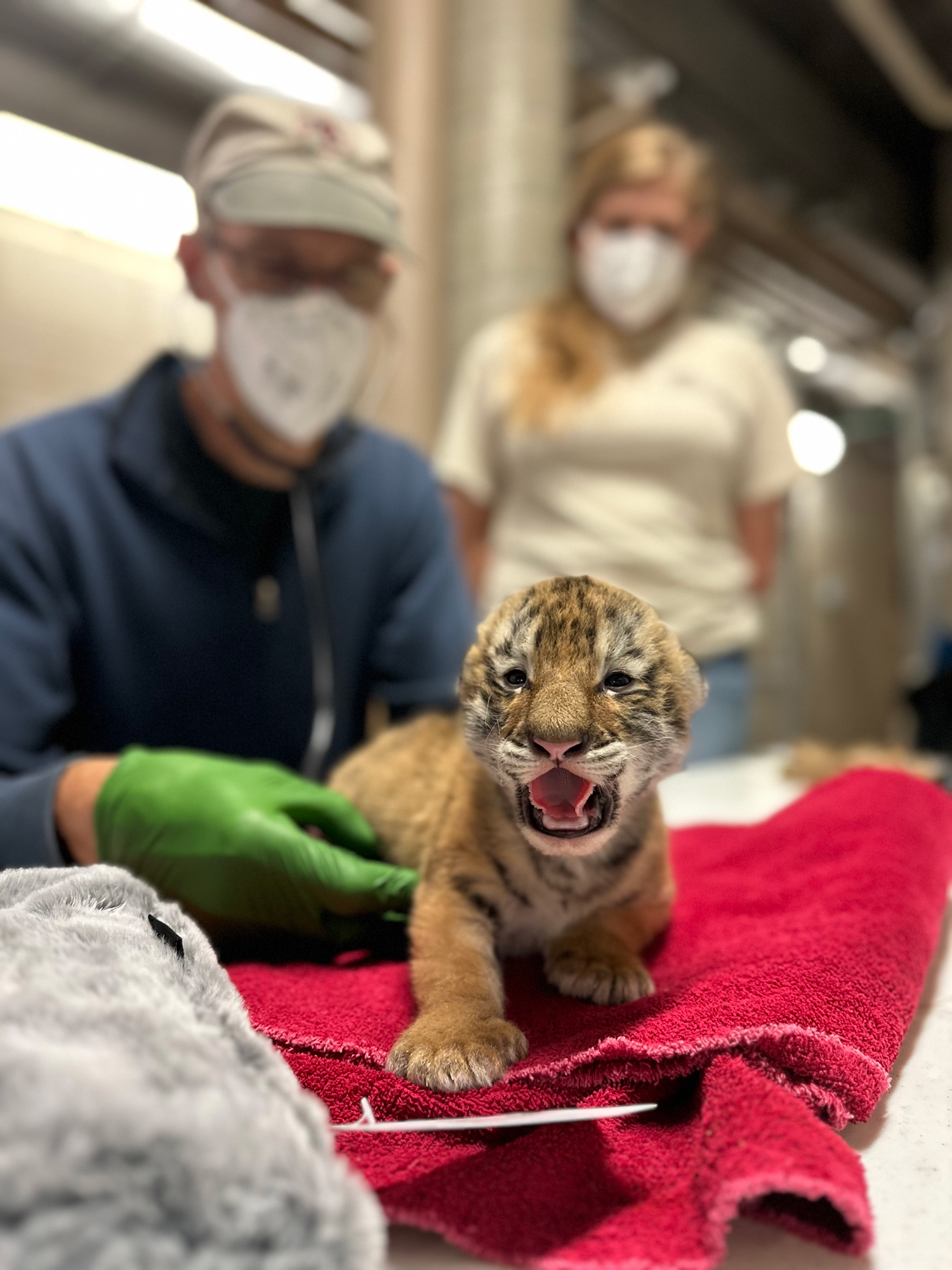
TWO CRITICALLY ENDANGERED AMUR TIGER CUBS BORN AT COMO PARK ZOO & CONSERVATORY
St. Paul, MN, [September 4, 2024] – Como Park Zoo & Conservatory is thrilled to announce the birth of two critically endangered Amur tiger cubs on the morning of August 29th. These cubs—a male and a female—are the first tigers born at Como Zoo in more than 41 years, marking a historic and exciting moment for the zoo and its conservation efforts.
The cubs’ mother, Bernadette, is 7 years old and was born on September 14, 2016, at the Milwaukee County Zoo in Wisconsin. She joined Como Zoo from the Oregon Zoo in October 2023. The father, Tsar, is 11 years old, born on July 6, 2013, at the Sedgwick County Zoo in Kansas. Tsar has been a resident of Como Zoo since February 2019. This is the first time both Bernadette and Tsar have become parents.
The pairing of Tsar and Bernadette was made following a breeding recommendation from the Association of Zoos and Aquariums (AZA) Amur Tiger Species Survival Plan (SSP), a program dedicated to the management and conservation of Amur tigers in accredited institutions across the country. With a gestation period of approximately 104 days, the arrival of these cubs offers new hope for this critically endangered species.
“This is an extraordinary milestone for Como,” said Michelle Furrer, Como Park Zoo & Conservatory’s Director. “The birth of these tiger cubs is not only a testament to the dedication and expertise of our animal care team but also a beacon of hope for the conservation of Amur tigers worldwide. We look forward to sharing their growth and milestones with everyone who visits Como Park Zoo & Conservatory.”
Both mother and cubs are in good health and will remain in their private, calm maternity den for the next few months. This period is crucial for mother-cub bonding and for the cubs to grow strong enough to explore their outdoor habitat safely. Zookeepers and veterinary staff are monitoring the new family closely via cameras, observing Bernadette being a diligent and attentive mother—cleaning, feeding, and keeping the cubs warm.
“These cubs represent a significant success for the Amur Tiger Species Survival Plan and for the future of the species,” said Wes Sims, Director of Animal Care & Health at Como Park Zoo & Conservatory. “Our team is incredibly excited about the birth of these two tiger cubs, especially since they are the first offspring for both parents. It’s a testament to the dedication and hard work of our team that these amazing animals have successfully bred in our care.”
While Bernadette and her cubs will remain off-exhibit for some time, Tsar will continue to be visible to visitors in his habitat. Como Park Zoo & Conservatory will provide regular updates on Bernadette and her cubs through its social media channels, offering the public a chance to follow along as the cubs grow.
Amur tigers, also known as Siberian tigers, are the largest tiger subspecies, with males reaching up to 400 pounds. They once roamed across Siberia but are now confined to a small region around the Amur River in the Russian Far East. With fewer than 500 individuals remaining in the wild, they face critical threats from habitat loss, poaching, and human-wildlife conflict.
In addition to celebrating the birth of these cubs, Como Park Zoo & Conservatory also seeks to enhance its facilities through a proposed Big Cat Habitat project. This initiative represents a significant opportunity to advance Como’s mission of education and conservation. The project aims to improve the welfare of these majestic creatures while providing visitors with more enriching and immersive experiences. The habitat will include ADA and energy efficiency upgrades, ensuring accessibility for all community members. Como is actively seeking funds through a State Bonding appropriation to bring this project to life and ensure future generations can continue to connect with these ambassadors of their species.
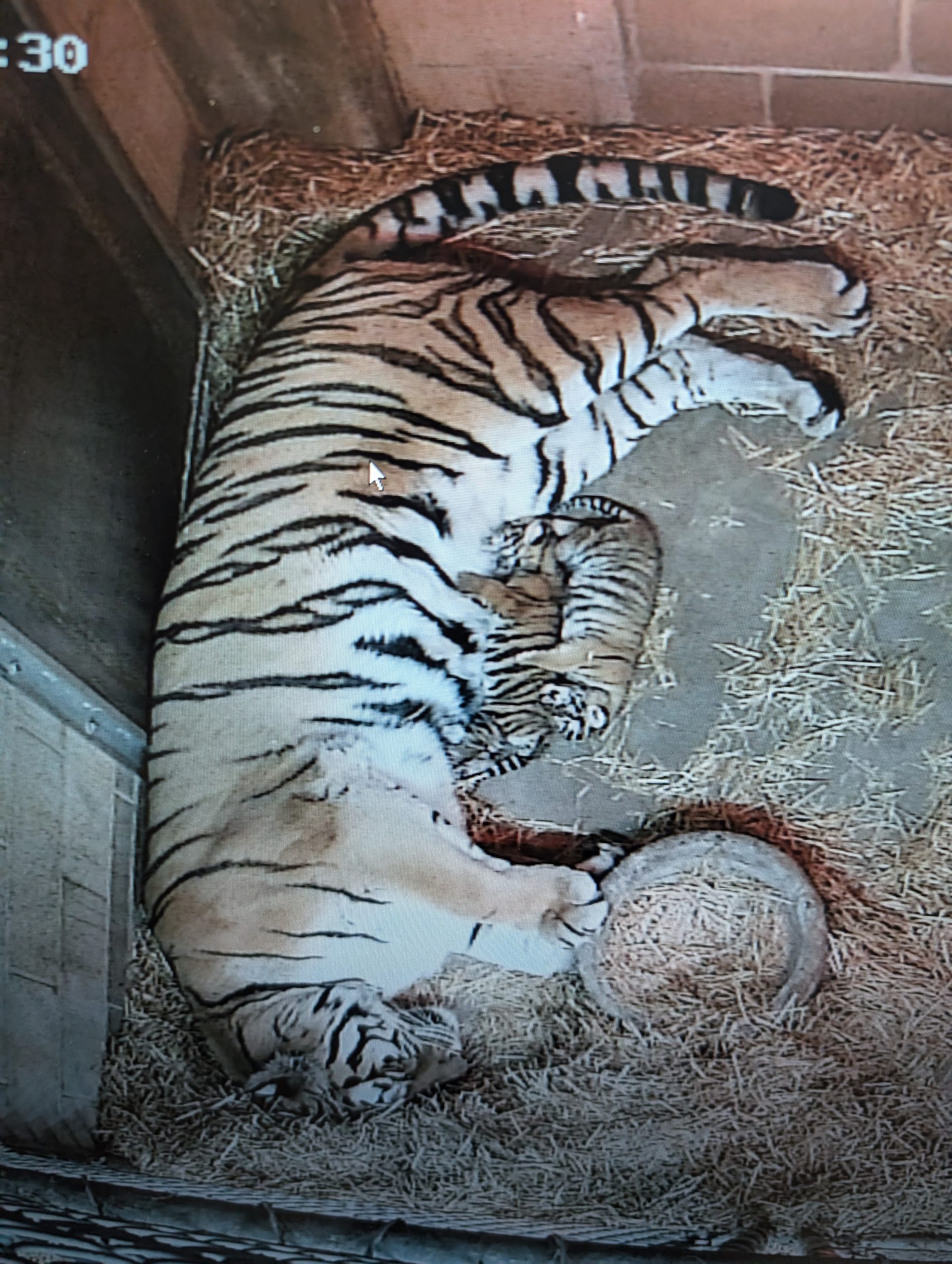
The following story appeared in the Summer 2024 Edition of the Como Friends Insider, the quarterly newsletter for Como Friends supporters. Give today to stay up to date on all things Como, with behind-the-scenes conversations with zookeepers, horticulturists and educators who carry out Como’s conservation mission.
Experts from the Tiger Species Survival Plan think Como Zoo’s male tiger, Tsar, and Bernadette, a female who recently came to Como from the Oregon Zoo, would make a great match. But after a few months of behind-the-scenes meet and greets, the two tigers are still taking things slow.
In fact, that’s the strategy that large cat keepers Hans Jorgensen and Caitlin Allessi have been sticking to since Bernadette made the move to Como Zoo a few months ago. Since tigers can be ferocious with each other—even their mates—keepers have been keeping their encounters as short and positive as possible. Solitary by nature, tigers are the rare breed of animal that depends on induced ovulation, which means that females don’t release their eggs until after successful breeding behavior has taken place.
While Bernadette showed signs of being in estrus earlier this spring, and the pair have successfully copulated on multiple days, keepers continue to keep a close eye on their interactions. “Even a few months after being introduced, there’s still risk involved, so we monitor their behaviors closely both when they’re together and when they’re separated,” says Allessi. While there’s no predicting if the pair will have success, tiger gestation typically takes just 100 days. “Will there be cubs? We can’t say at this point,” says Jorgensen. “But they both appear to be receptive to the possibility.”
(Photos of tiger cubs and Bernadette in their den taken by Senior Keeper Jill Erzar, and Zookeepers Hans and Caitlin.)
The tallest mammal on earth, giraffes also have the longest legs in the animal world, with an average “inseam” of 72 inches. As young giraffes grow, healthy limb development is a critical step in supporting their full adult weight of more than 2,000 pounds.
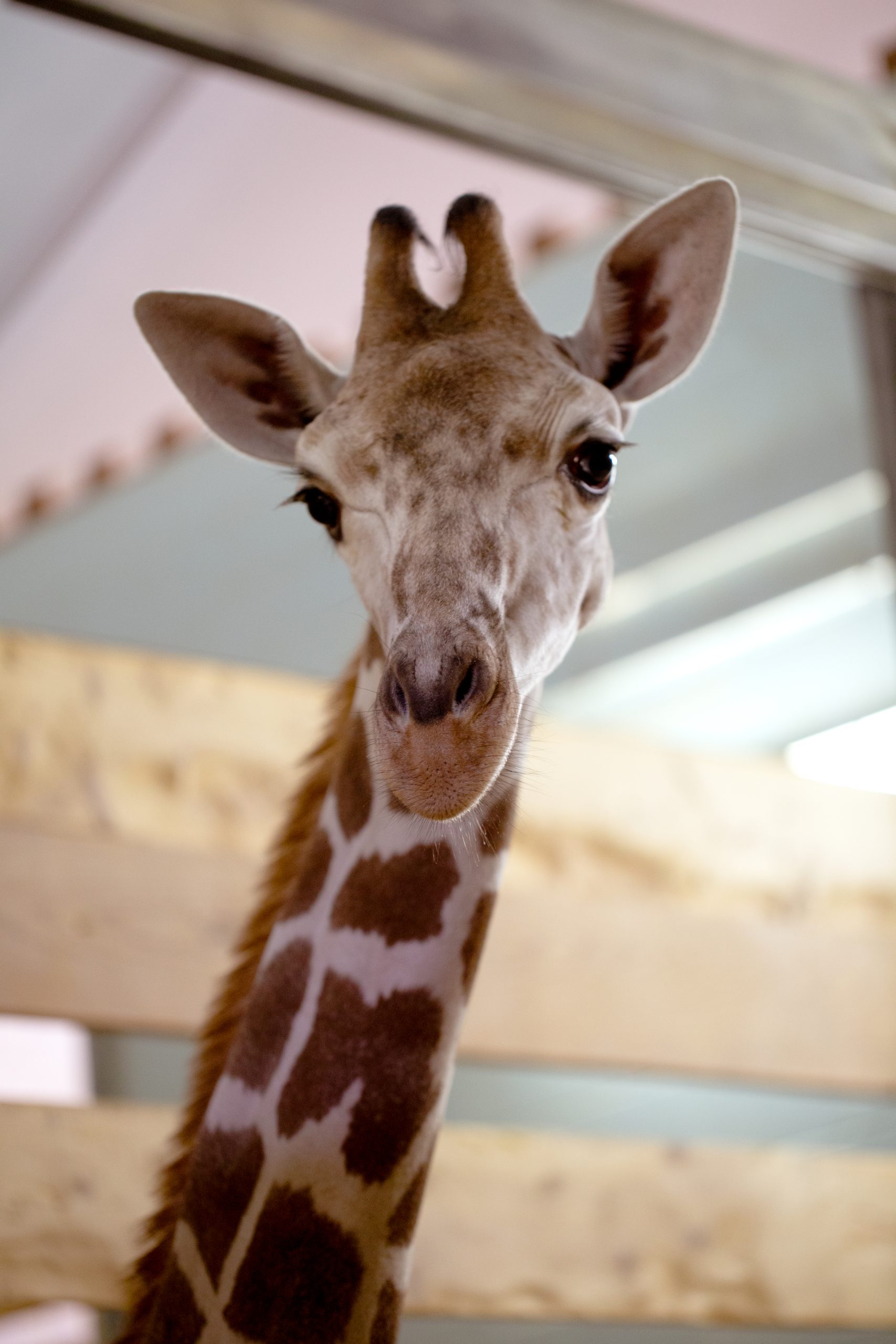
That’s why Como Zoo keepers and veterinary staff have been keeping a close eye on Ivy, a reticulated giraffe calf born in November to mother Zinnia. Like all young giraffes, Ivy was up and walking within minutes of her birth, but as she’s grown, keepers have noticed an unusual bend in the bones of her ankles.
“Over time, we started noticing that her legs were growing inward a little bit, and they were bumping into each other when she walked, which is why we started getting concerned,” says Wes Sims, director of animal care and health at Como Zoo. Equine surgeons from the University of Minnesota’s veterinary school diagnosed Angular Limb Deformation or ALD, a limb condition that’s common in horse foals as well.
Recently, hoofstock and veterinary staff took the extra step of anesthetizing the young giraffe to take x-rays to help inform her treatment plan. “After studying those x-rays, it was determined that she was not a good candidate for some of the typical surgeries that equine surgeons would want to perform in these cases,” says Sims. “Instead, she’ll be on stall rest for an extended period of time. Joint inflammation is something we want her to avoid for a while, so we don’t want her to risk going up inclines and declines or running around too much.”
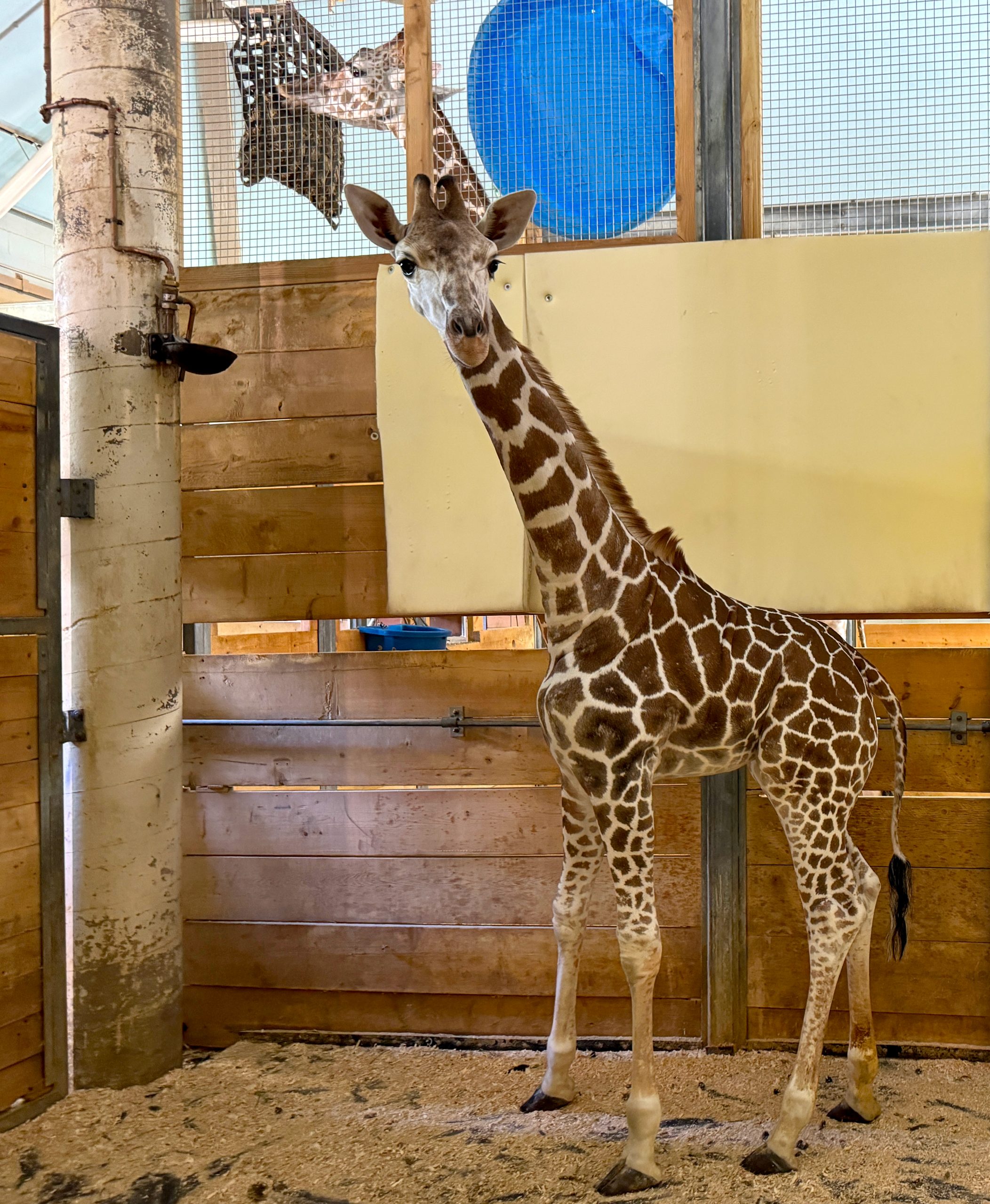
While the young giraffe remains in the Hoofstock Building’s behind-the-scenes habitat, Ivy has been getting plenty of attention from zookeepers, who provide daily enrichment to keep her engaged and curious. She also enjoys the companionship of her mother Zinnia, age 8, and her “aunt” Clover, age 23, who often choose to stay indoors with the young giraffe.
Though many Como Zoo visitors have shared how eager they are to see the young giraffe in her outdoor habitat, Sims says keeper talks that include updates about Ivy’s health conditions have helped convey how important stall rest is during this critical time in her development. “We’re doing everything we can to keep things calm and low key for her while we wait to see some progress,” says Sims.
Elevated Care for All of Como’s Animals
From portable x-ray machines and ultrasound monitors, to high-tech equipment that supports animal vision, dental health, and water quality, your support for Como Friends is critical to providing the cutting-edge care that keeps animals like Ivy healthy and curious.
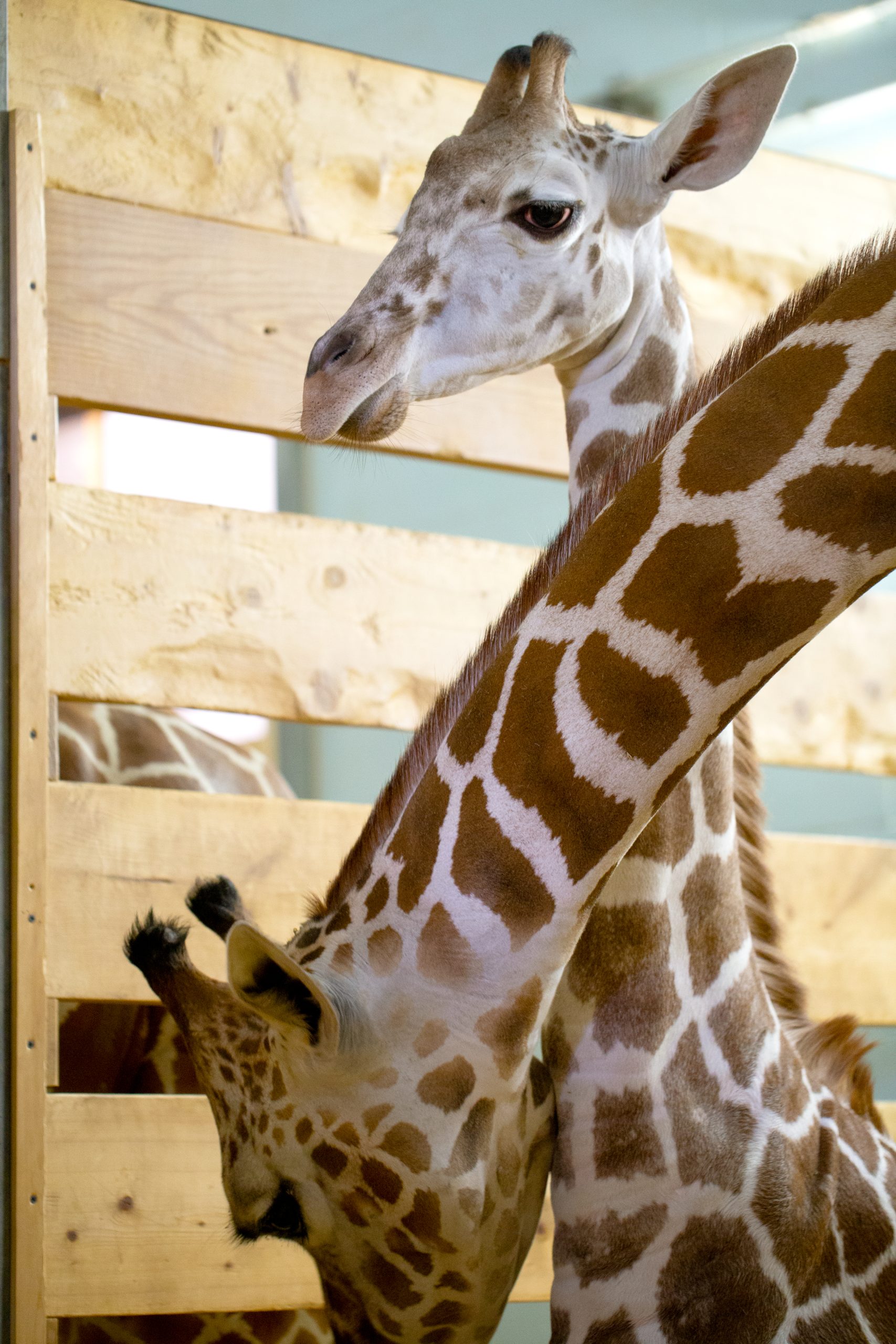
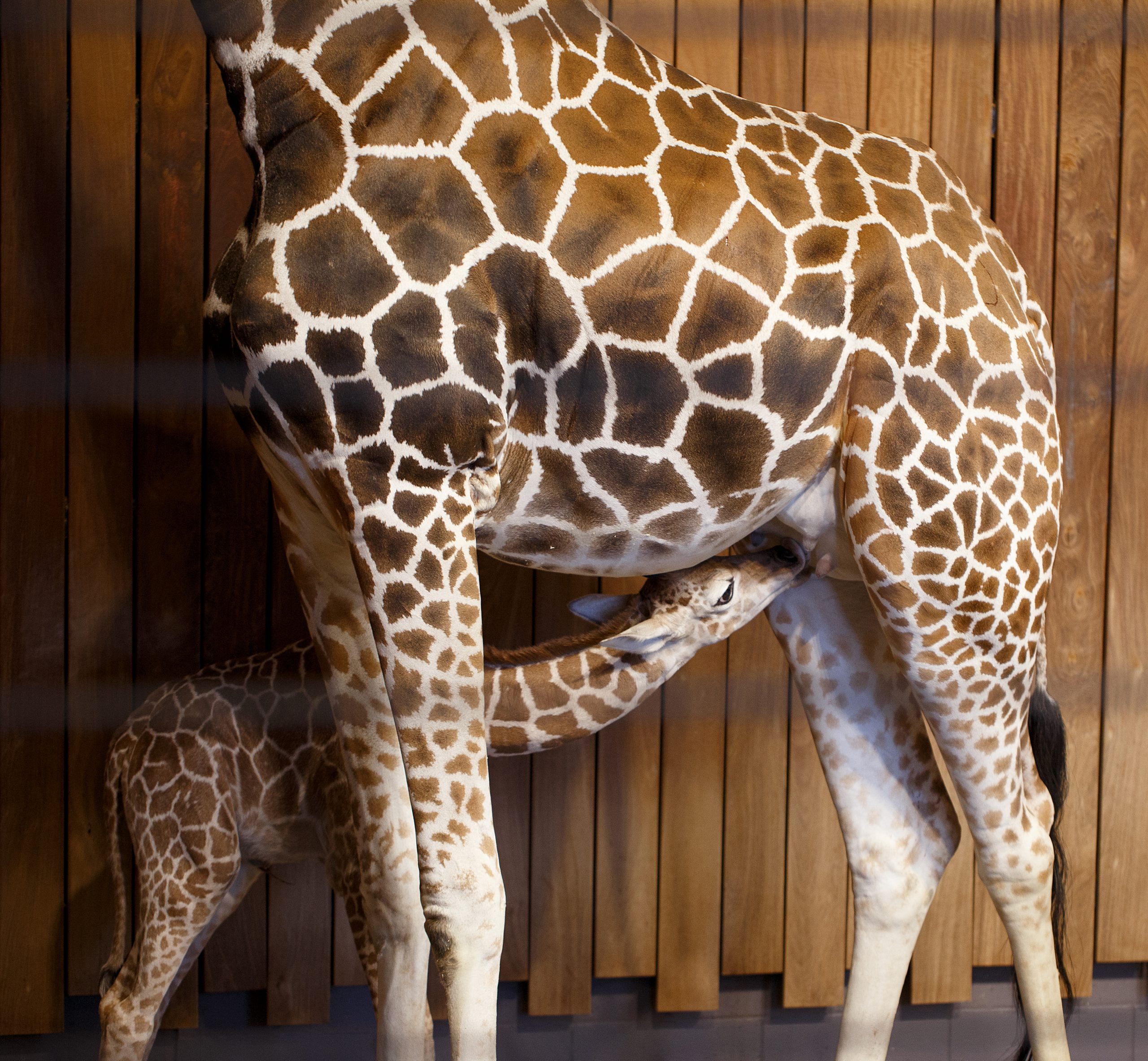
Your support for Como Friends helped Mutambi the gray crowned crane recover quickly after a wing injury, and rejoin breeding partner, Houdini
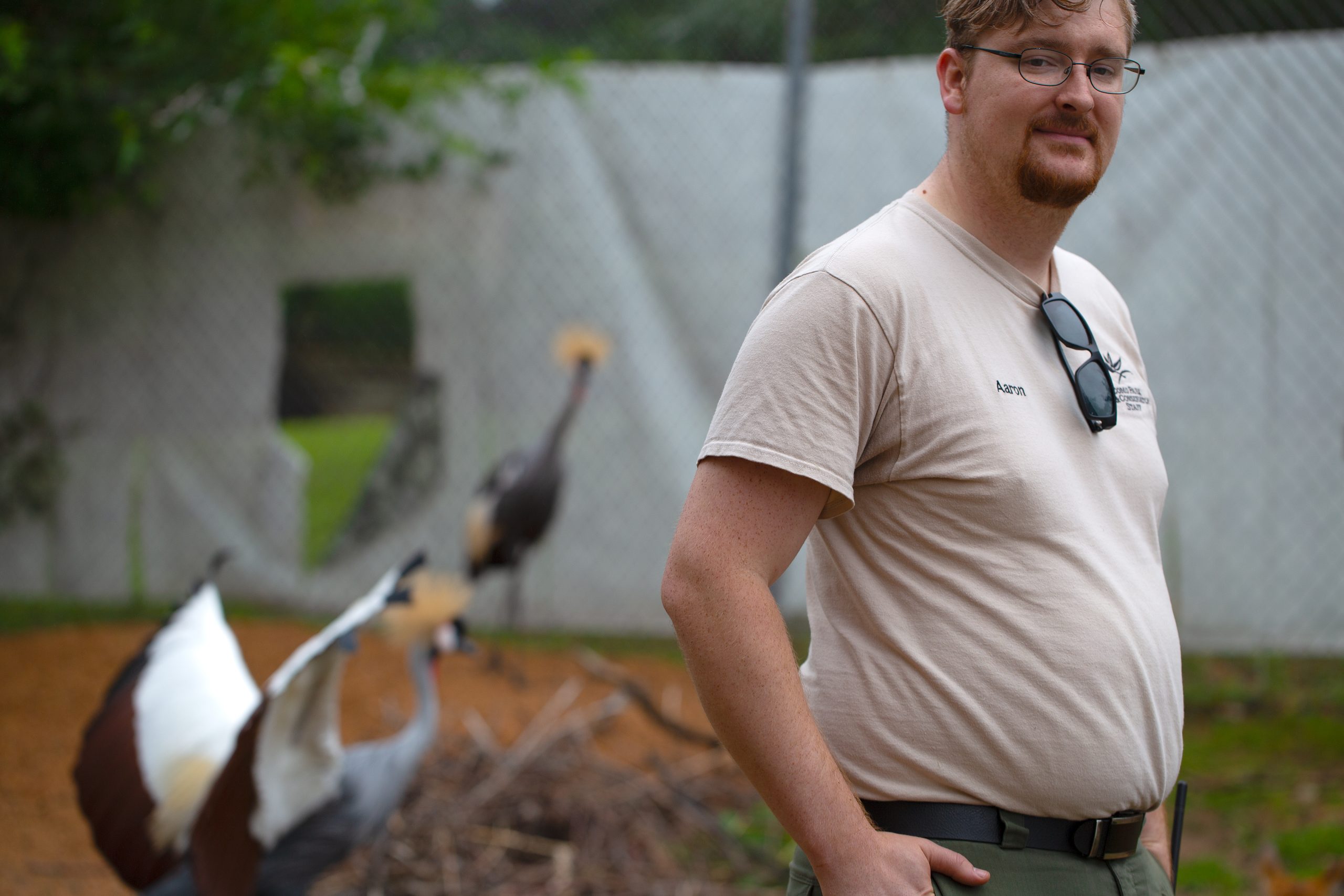
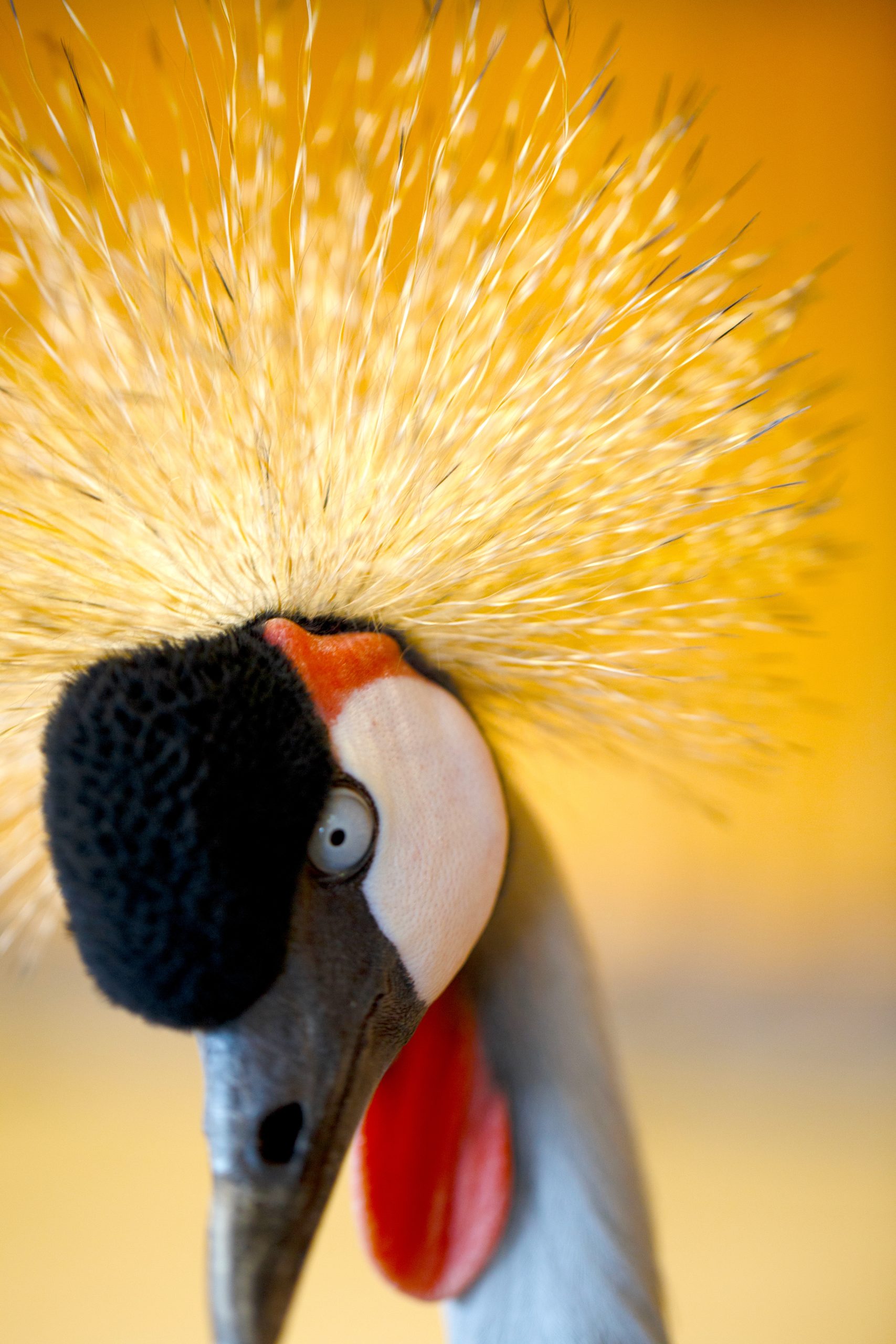
Earlier this spring, Mutambi the gray crowned crane had an unexpected run-in with one of the Grant’s zebras as they raced through the African Hoofstock habitat in what may have been a mating pursuit. While zookeepers didn’t see the collision, they were on the spot with Como’s veterinary team within minutes, using a new portable x-ray machine—funded by Como Friends supporters—to get a better understanding of her injury.
“It was basically a dislocated elbow that vets were able to pop back into place and bandage up for a couple of weeks,” says Como Zoo hoofstock keeper Aaron Nelson. “She just wasn’t able to get out of the way in time, and may have even spread her wings to make herself look bigger, which was probably not the right move for her to make in that situation.”
Fortunately, Mutambi has made a full recovery, as Como visitors will see this summer. Together with her breeding partner Houdini, the pair have begun demonstrating a few of the moves in the elaborate mating dance this ancient and endangered crane species is known for.
“They’re a visually striking animal to look at, but they’re also very charismatic, especially this time of year,” says Nelson. “Not only do they do these really intricate courtship dances with each other, they’re also accompanied by these kind of booming and rhythmic-sounding vocalizations that are very unique.”
Como Zoo’s gray crowned cranes were selected as a breeding pair for the Species Survival Plan, the Association of Zoos and Aquariums program designed to ensure the survival of selected species in zoos that are endangered or threatened in the wild. While the young pair have yet to show signs of breeding behavior, keepers are encouraged by their mutual interest in each other.
“Like most crane species, gray crowned cranes are monogamous and they will bond with one mate for pretty much their entire life,” says Nelson. “The courtship dancing is a really good sign, because it means they’re pair bonded at the very least. The fact that they are vocalizing at each other and doing these dances is a really good sign that they’re at least interested in each other.”
Elevated Care for All of Como’s Animals
From portable x-ray machines and ultrasound monitors, to high-tech equipment that supports animal vision, dental health, and water quality, your support for Como Friends is critical to providing the cutting-edge care that keeps animals like Mutambi healthy and curious. At Como Friends’ upcoming Sunset Affair: Our Wild World, your generosity helps to invest in elevated care for more than 1,200 animals at Como Zoo. Buy your ticket today or make a contribution to our Fund-a-Mission program to support the animals, plants and people that come together at Como Park Zoo & Conservatory.
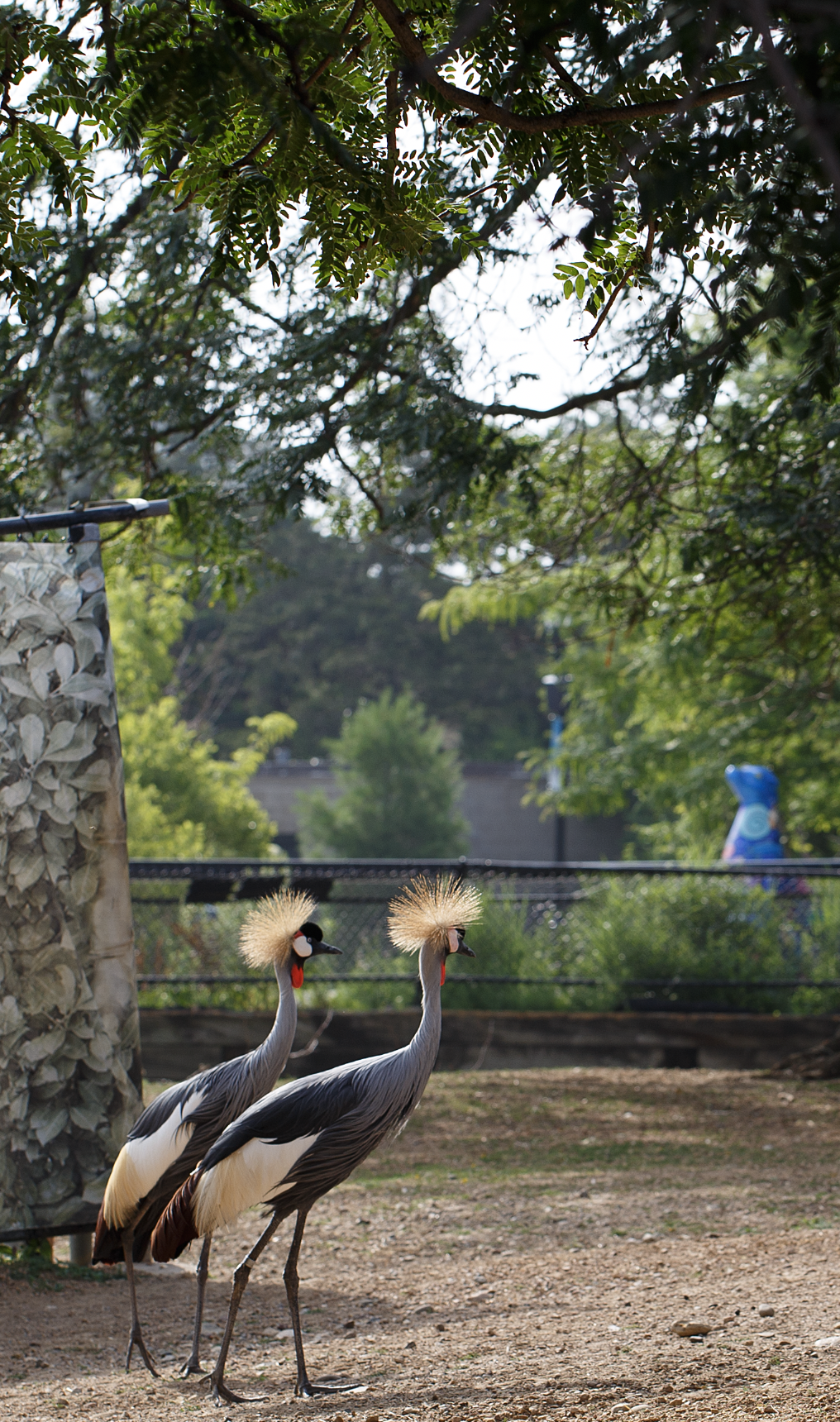
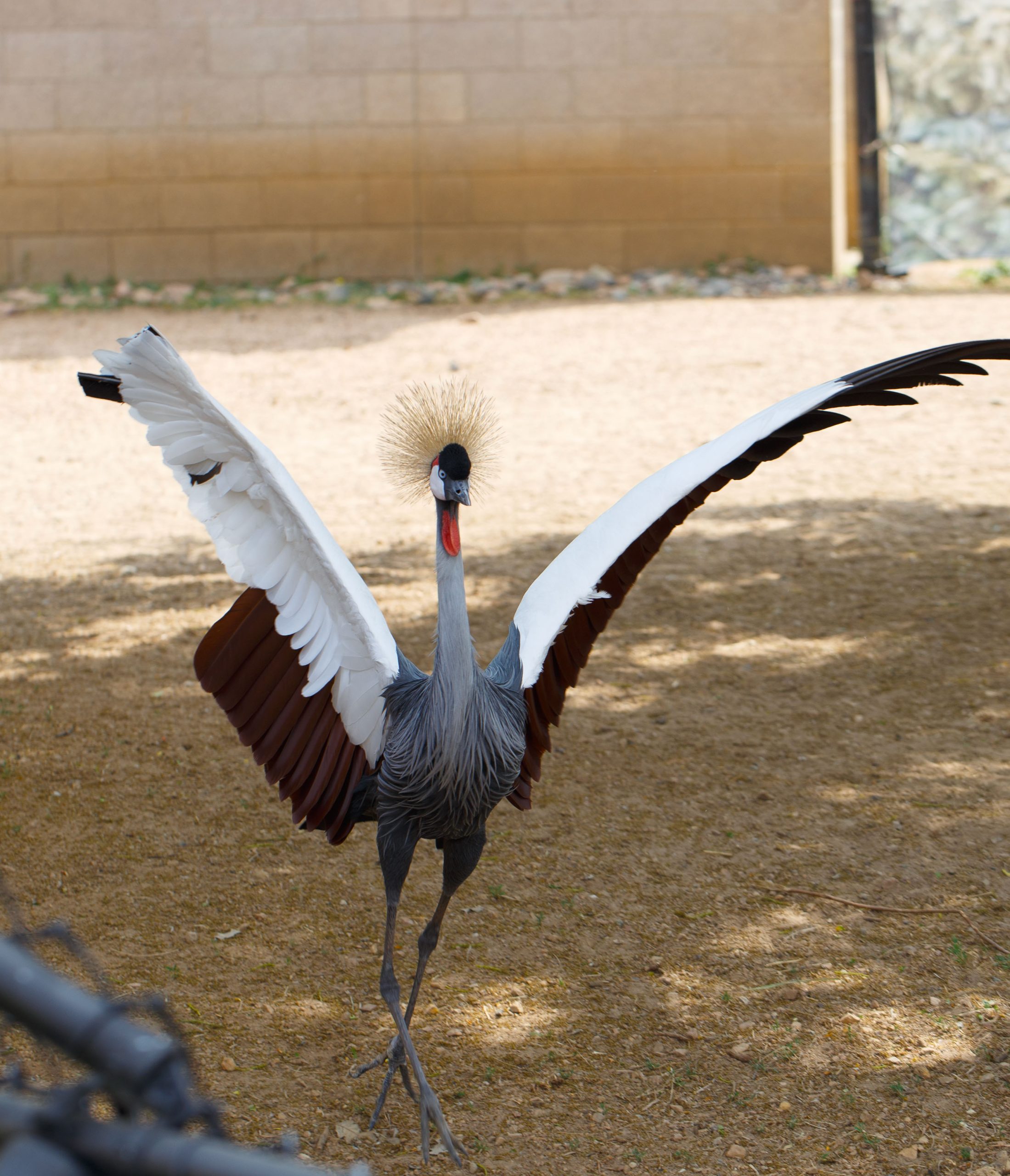
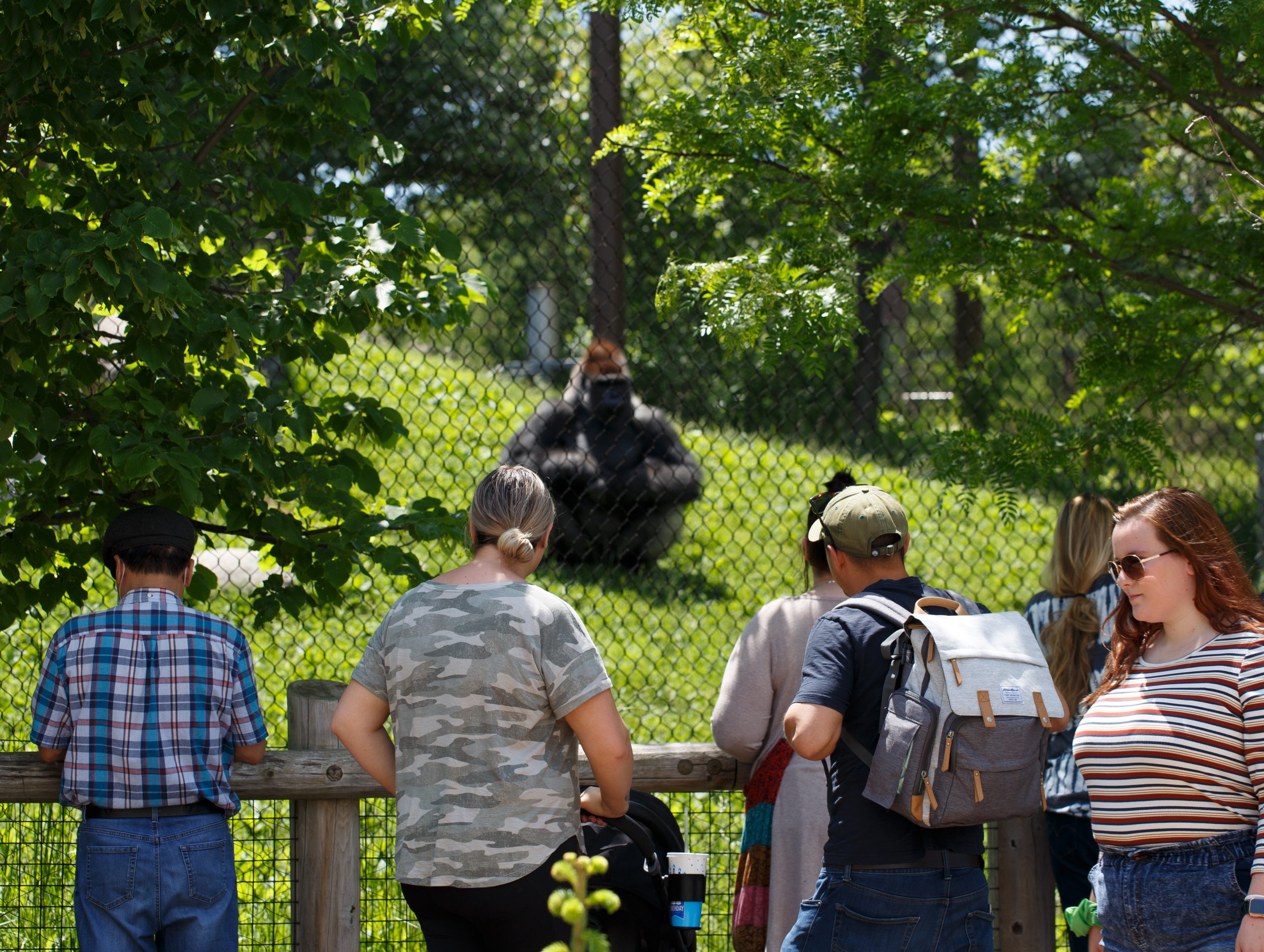
Feeling the pinch on your family budget this summer? Then come to Como Park Zoo & Conservatory, where you can spend the perfect summer day, all without spending a penny. With free public programs every day, and accessible events throughout the season, Como is the family destination where fun is always free. Check out some of our insider tips for making the most of your next visit.
DAILY PROGRAMS
-
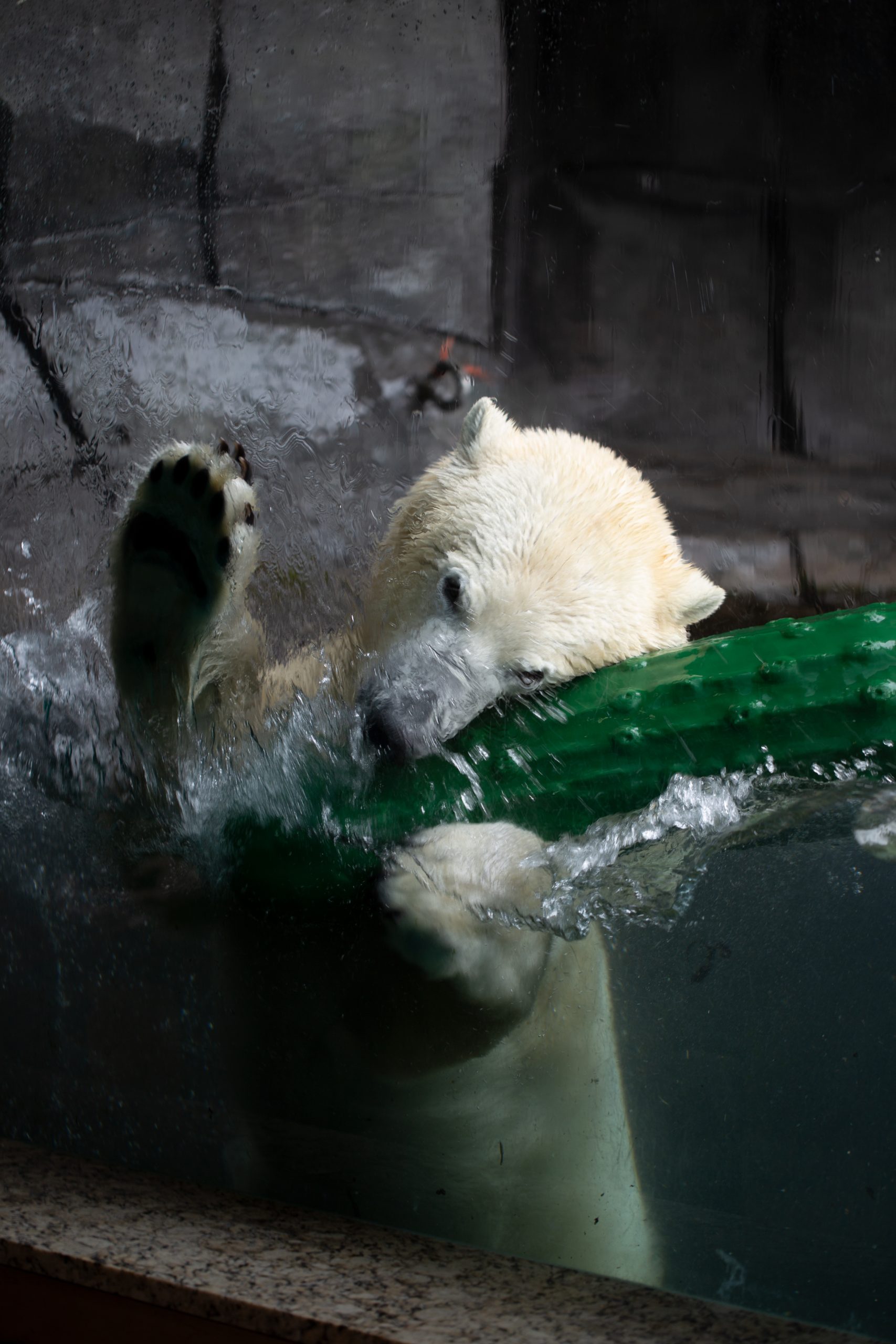
Polar Bear Program | 10:30 a.m.
Polar bears Neil, Nan and Kulu are the focus of this daily program, where you might catch keepers training or providing fun enrichment to Polar Bear Odyssey’s three bears.
-

Zookeeper Talk | 11:00 a.m.
Hear what it’s like to go nose-to-nose with Como Zoo’s animals every day, direct from our zookeepers! With a theme that changes on the daily, and a casual Q&A vibe, you can learn all about the animals in Como’s care, from gorillas, to Galapagos tortoises, and everything in between.
-

Blaze Sparky Show | 11:30 a.m. & 2:30 p.m.
A Minnesota tradition since 1956, the new Blaze Sparky Show has been reimagined for a new generation, with an even greater focus on conservation, and lead roles shared by all five boisterous and high-energy residents of the state-of-the-art habitat. Check it out daily at shows at 11:30 a.m. and 2:30 p.m.
-
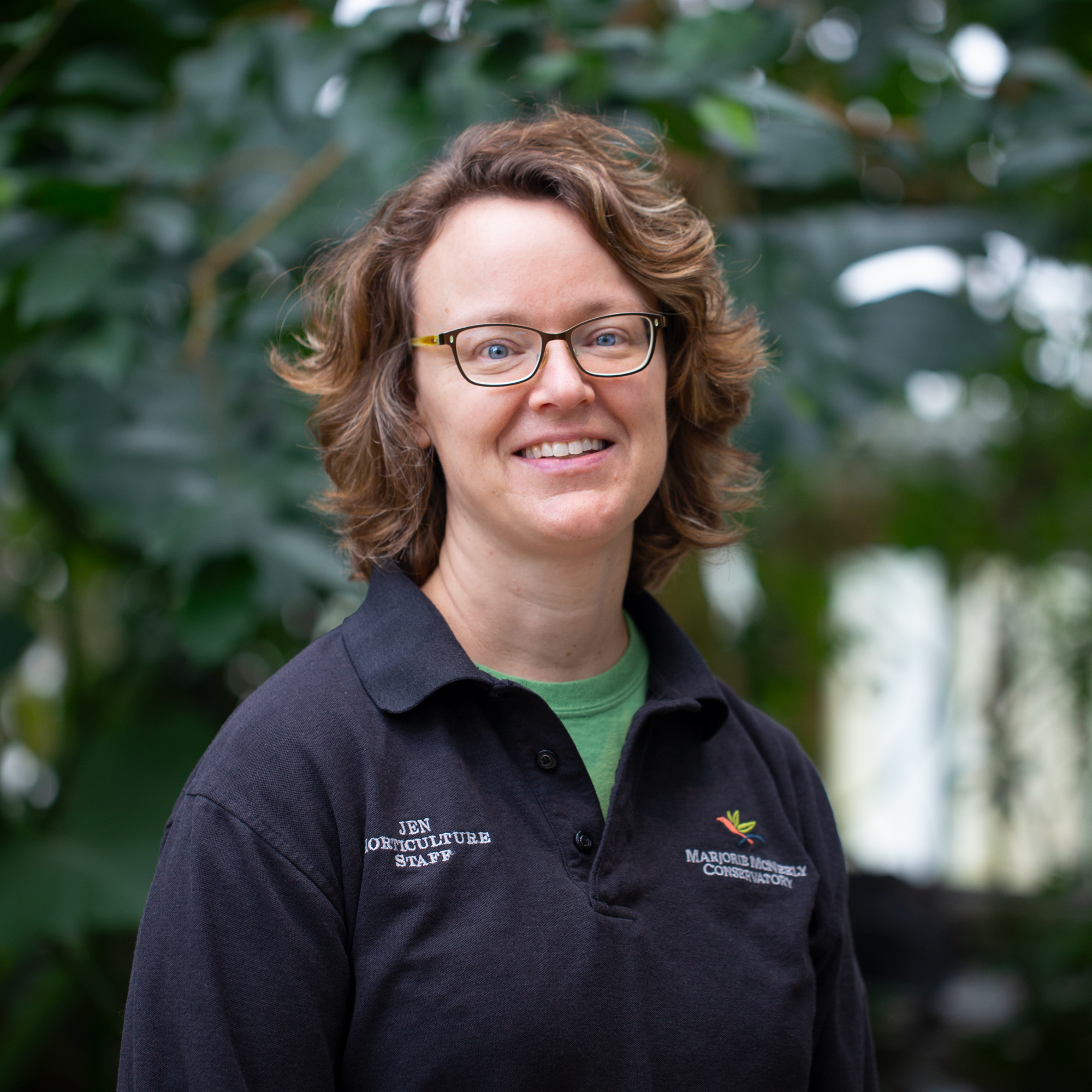
Gardener Chat | 1:00 p.m.
Meet the people behind the plants at the Marjorie McNeely Conservatory. Featuring a new garden or plant topic every day, Como’s talented horticulturists talk about what it takes to care for thousands of plants, and often have some gardening tips to try at home.
SPECIAL OFFERINGS
-
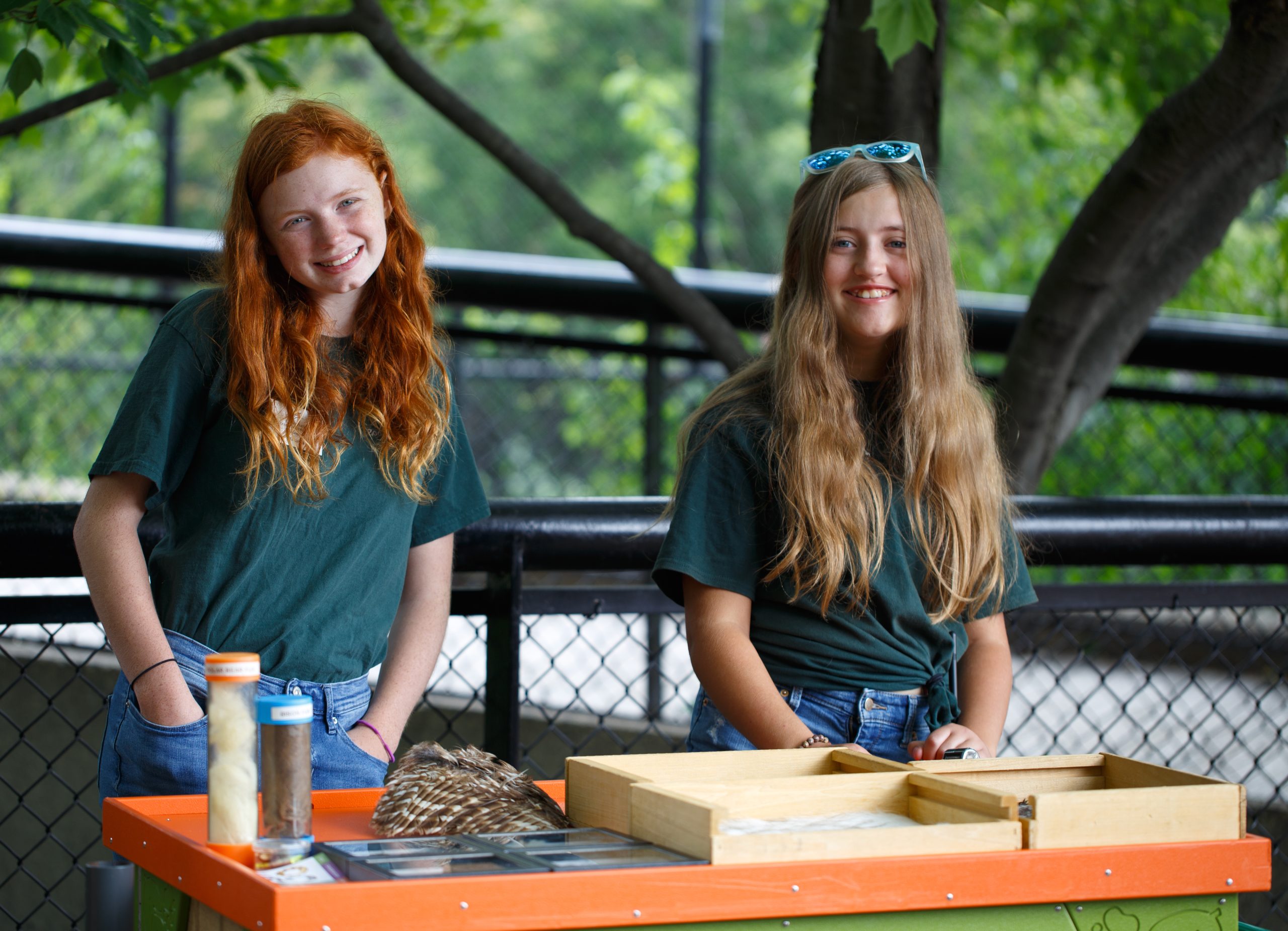
Nature Walk | Daily
Those talented teenage interpreters you may meet around campus this summer are part of Como’s popular Nature Walk program. Selected through a competitive process, these young volunteers receive special training to teach Como visitors even more about our animals and plants. They also make conservation look cool—especially for our younger visitors. Every year, Nature Walk volunteers help to bring more than 200,000 visitors a little closer to Como’s natural collections.
-
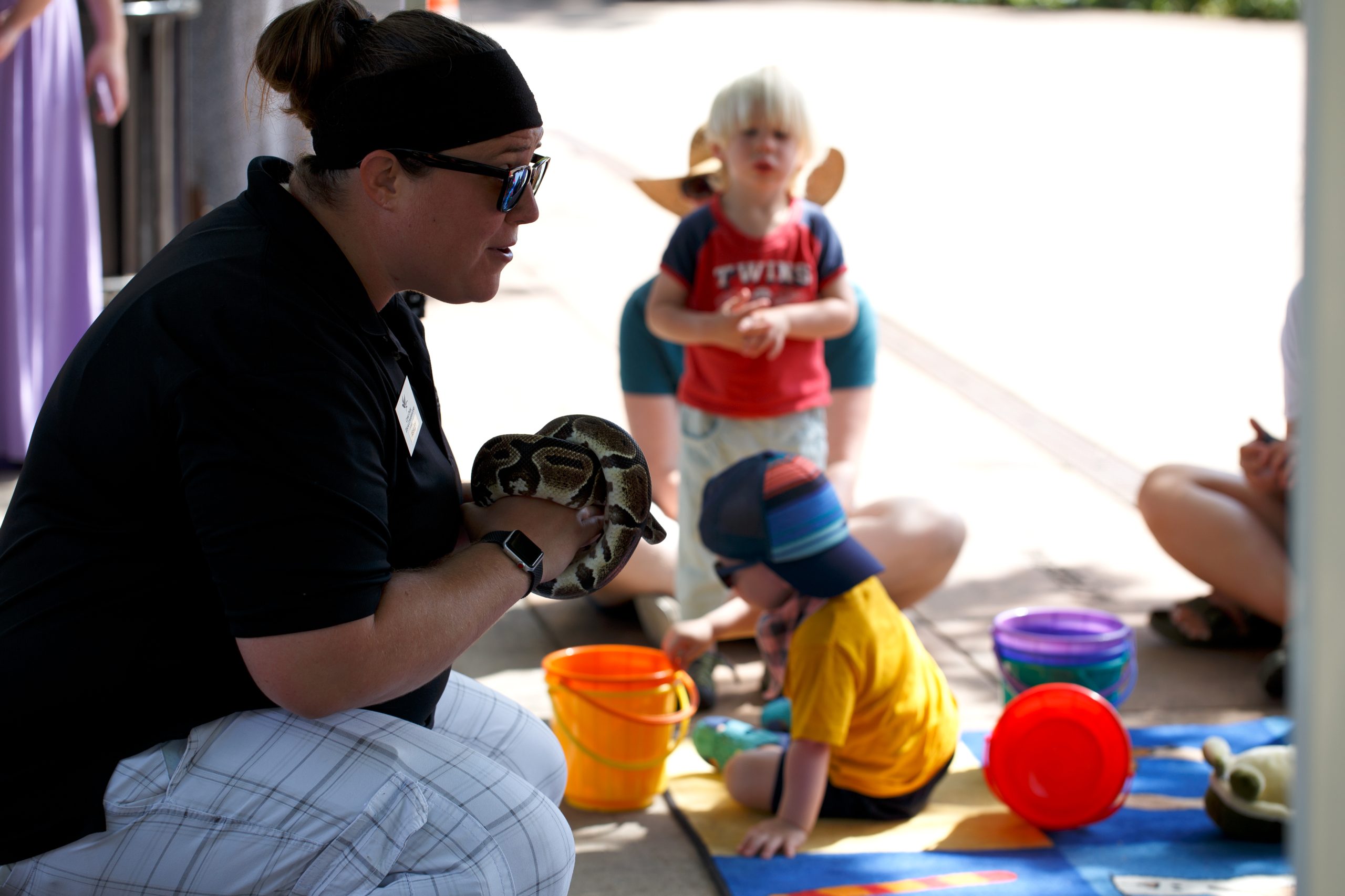
Little Explorers | Thursdays at 10:00 a.m.
Free on Thursdays in June from 10 a.m. to noon, Como’s Visitor Center becomes a fun conservation station for preschoolers, with storytime, hands-on activities, and nature themes including Junior Zookeeper on June 13, Rockin’ Reptiles on June 20, and Nighttime Critters on June 27.
-

Groovin’ in the Garden | Wednesdays from 6:00 p.m. to 8:00 p.m.
Put on your dancing shoes and pack a picnic for the Twin Cities’ favorite free summer concert series. Set against the beautiful backdrop of the Marjorie McNeely Conservatory, this outdoor concert series is fun for all ages, with favorite local acts, and fun activities for the kids. Mark your calendar for these upcoming events:
June 12 – Flamin’ Oh’s – Minnesota Music Legends
June 19 – Eleganza – Folk, Americana, & pure Rock & Roll
June 26 – Cole Diamond – Honky Tonk & Outlaw Country
July 3 – Craig Clark Blues Band – Blues, Funk, & Soul
July 10 – The Foxgloves – Folk & Americana, & Country Twang
July 17 – Ben Cook-Feltz – Americana, Folk, Indie, Pop, Rock
July 24 – School of Rock –St. Paul & Plymouth House Bands -
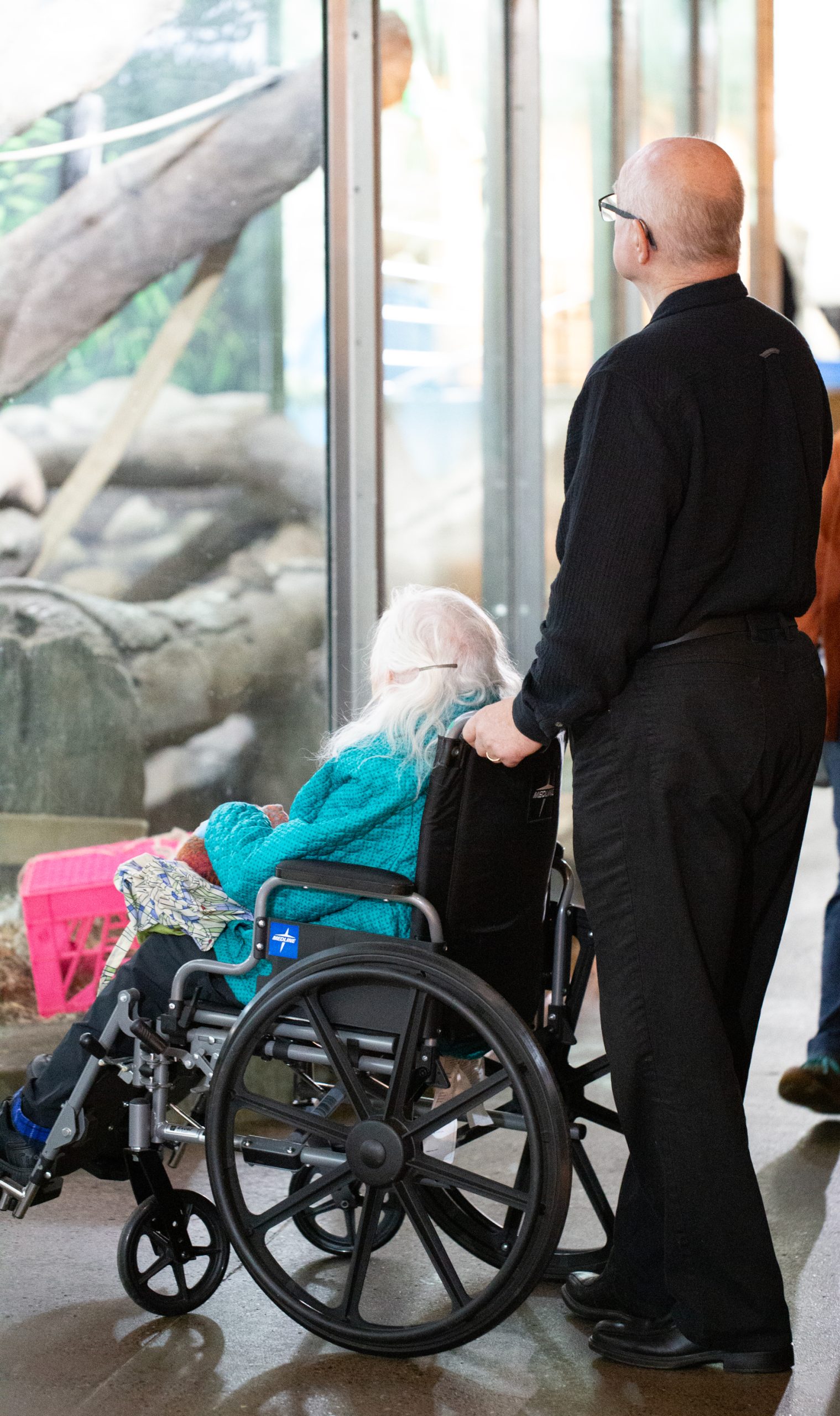
Senior Strolls
Get fit and make new friends at one of these early access mornings, specifically for the 55 and up crowd. Visit Como’s website to register in advance for the next Senior Stroll on June 18, and to watch for further events.
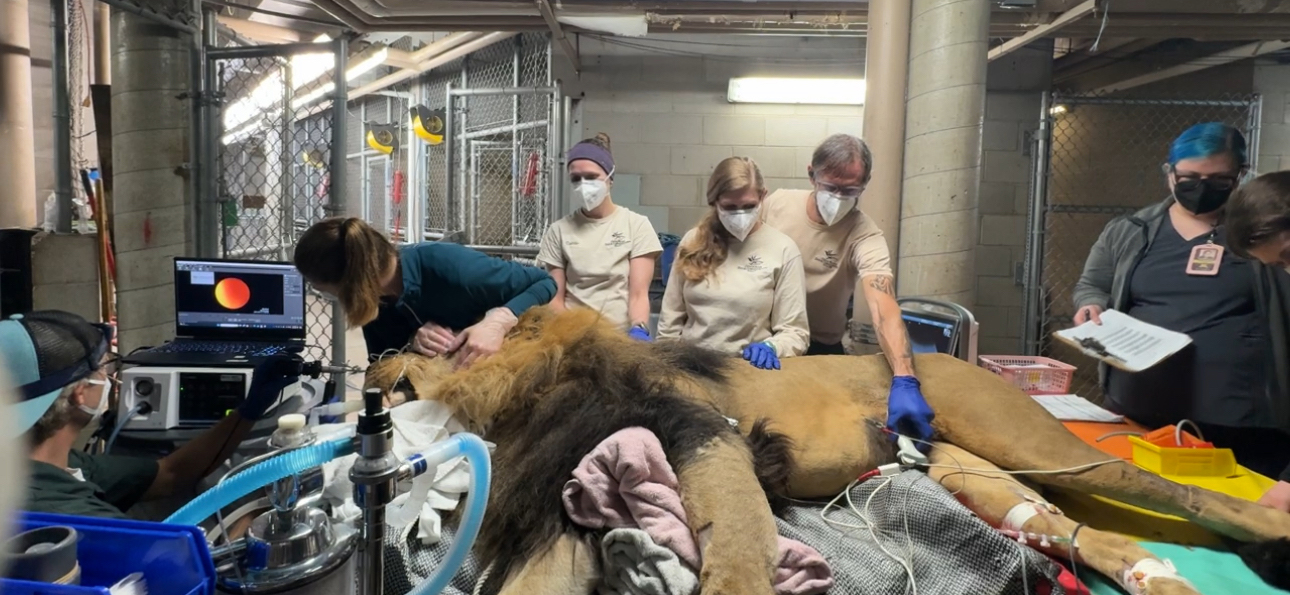
Como Zoo keeper Caitlin Allessi recently noticed that Mumford the lion seemed to be suffering from an increasing number of nosebleeds. “While he’s always had occasional problems with that, we noticed that they were getting more intense over time, and we wanted to investigate to rule out any big concerns about his health,” she says.
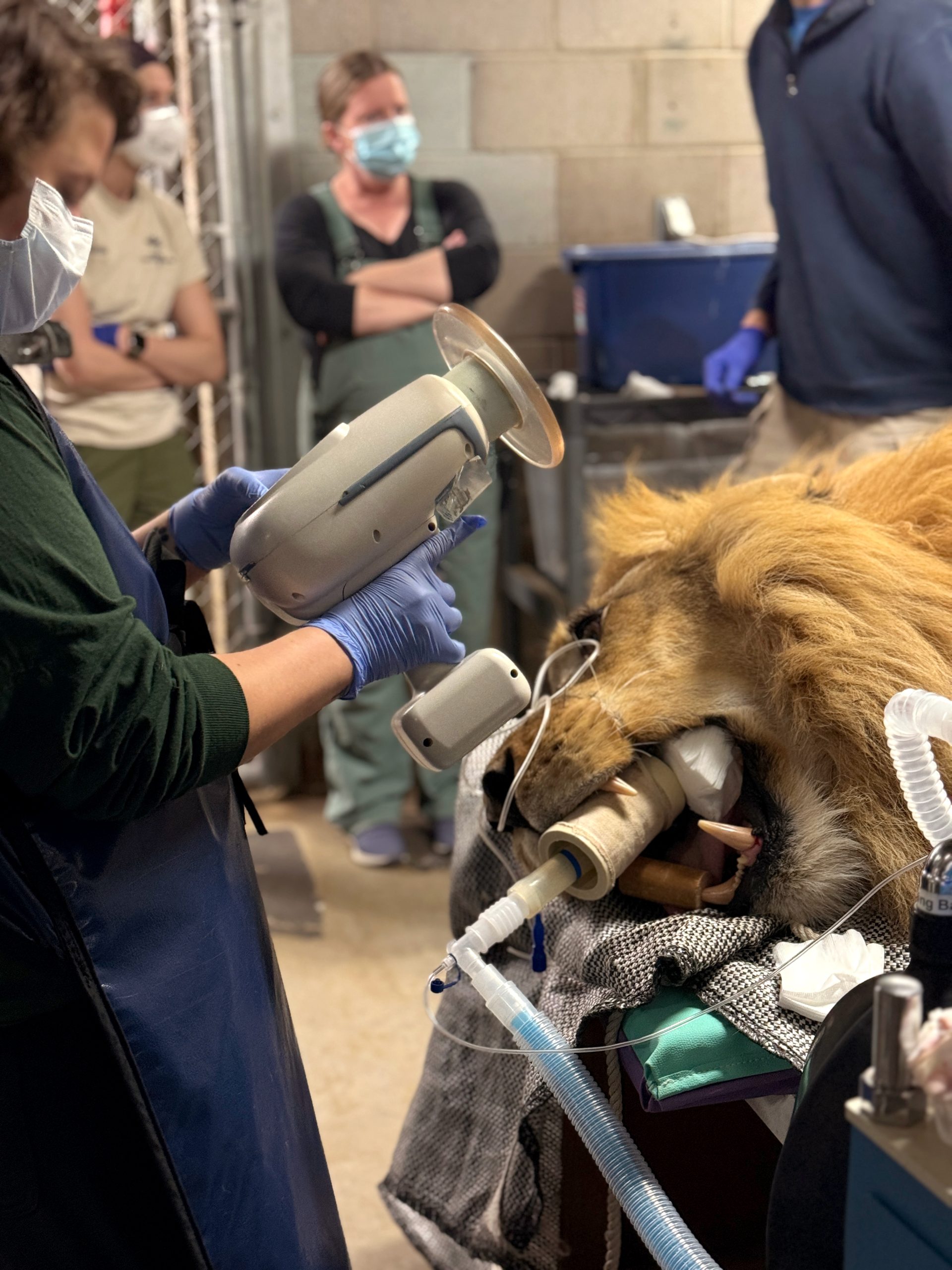

Getting a nearly 400-pound cat to the doctor is not easy, but the process has been made a little more convenient at Como Zoo over the last year thanks to the new on-site veterinary team. Supported in part by your contributions to Como Friends, this new approach to animal care helps to minimize stress for animals by eliminating the need to travel to the vet. It also allows veterinarians and keepers to collaborate more closely, managing multiple procedures to make the most of the time animals may have to be under anesthesia.
“Knowing that we would be scoping his nose, we realized it would also be a great time to coordinate with the veterinary dentist, which is a big undertaking with a lion,” says large cat keeper Hans Jorgensen. “The veterinary dental team told us that with a house cat, it usually takes 10 x-ray plates to view the cat’s whole mouth, but with Mumford, it took 50!”
Though Mumford has been a resident of Como Zoo since 2019, this was the first time keepers were able to do a full physical exam of the 8-year-old male, taking blood samples, a urine sample and radiographs can give veterinarians a more thorough understanding of the lion’s overall health. During the brief procedure, veterinarians got to the root of the nosebleed problem—a cluster of vascular tissue near the tip of his right nostril that gets irritated, particularly when he bumps it against the mesh of the exhibit.
“He has had a few more nosebleeds since this procedure, so for right now, we’ll just keep monitoring him,” says Allessi. “It’s a big deal to anesthetize a lion, so if we don’t have to do it, we don’t want to. But it’s so much more convenient to have veterinarians come to us—it’s been a nice improvement for the animals.”
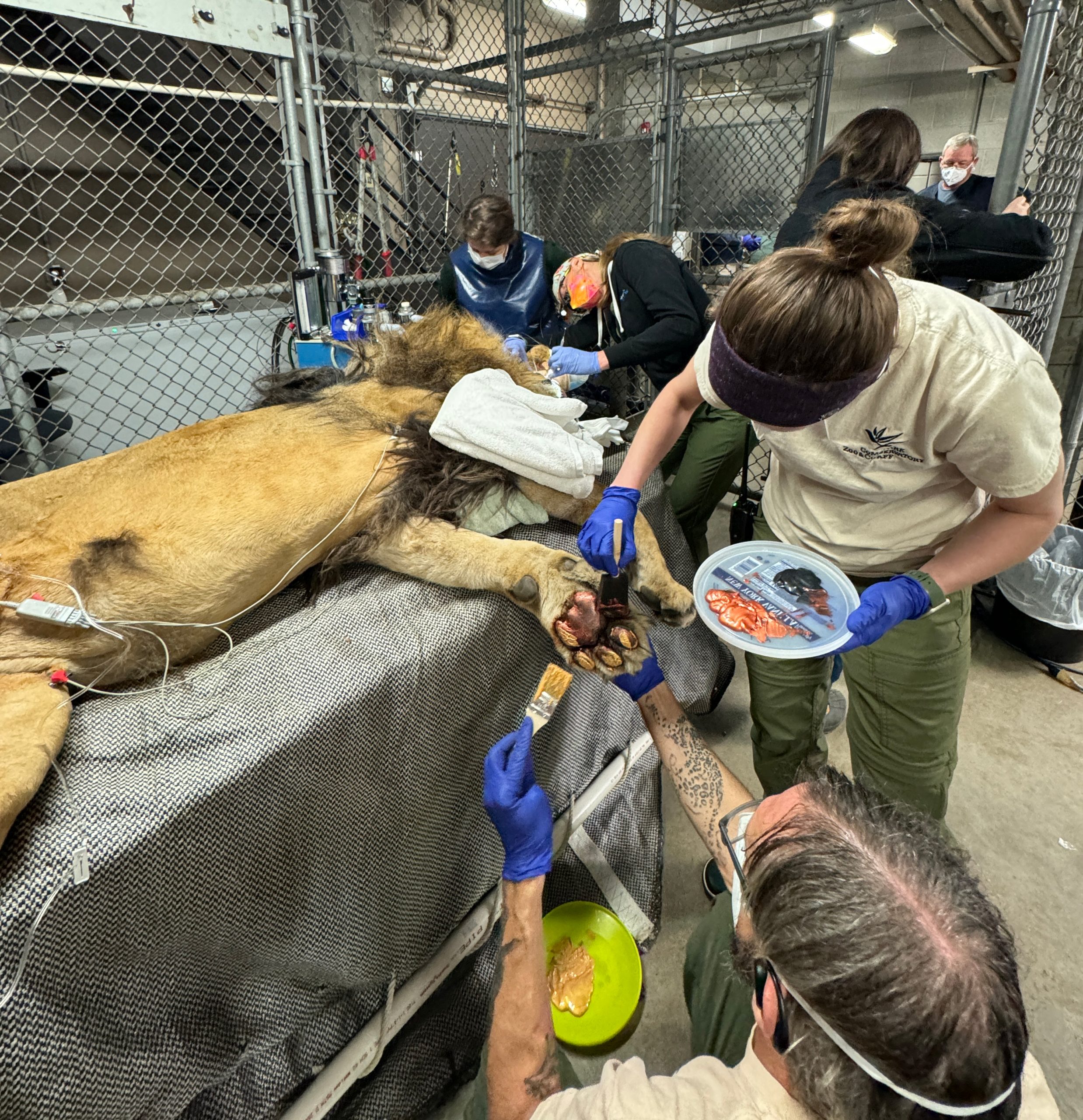
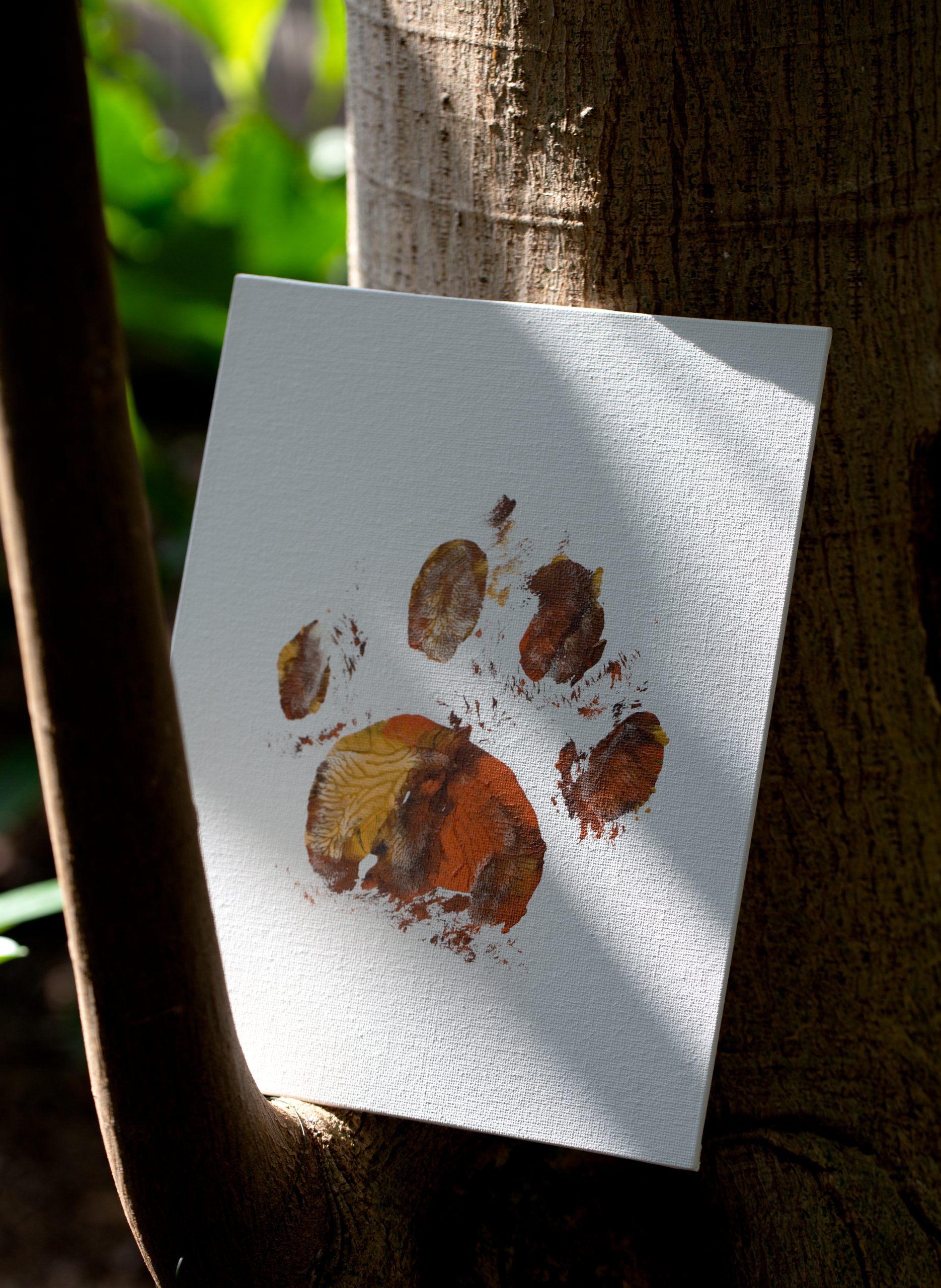
Mumford’s paw print is a featured auction item at this year’s Sunset Affair: Our Wild World Silent Auction!
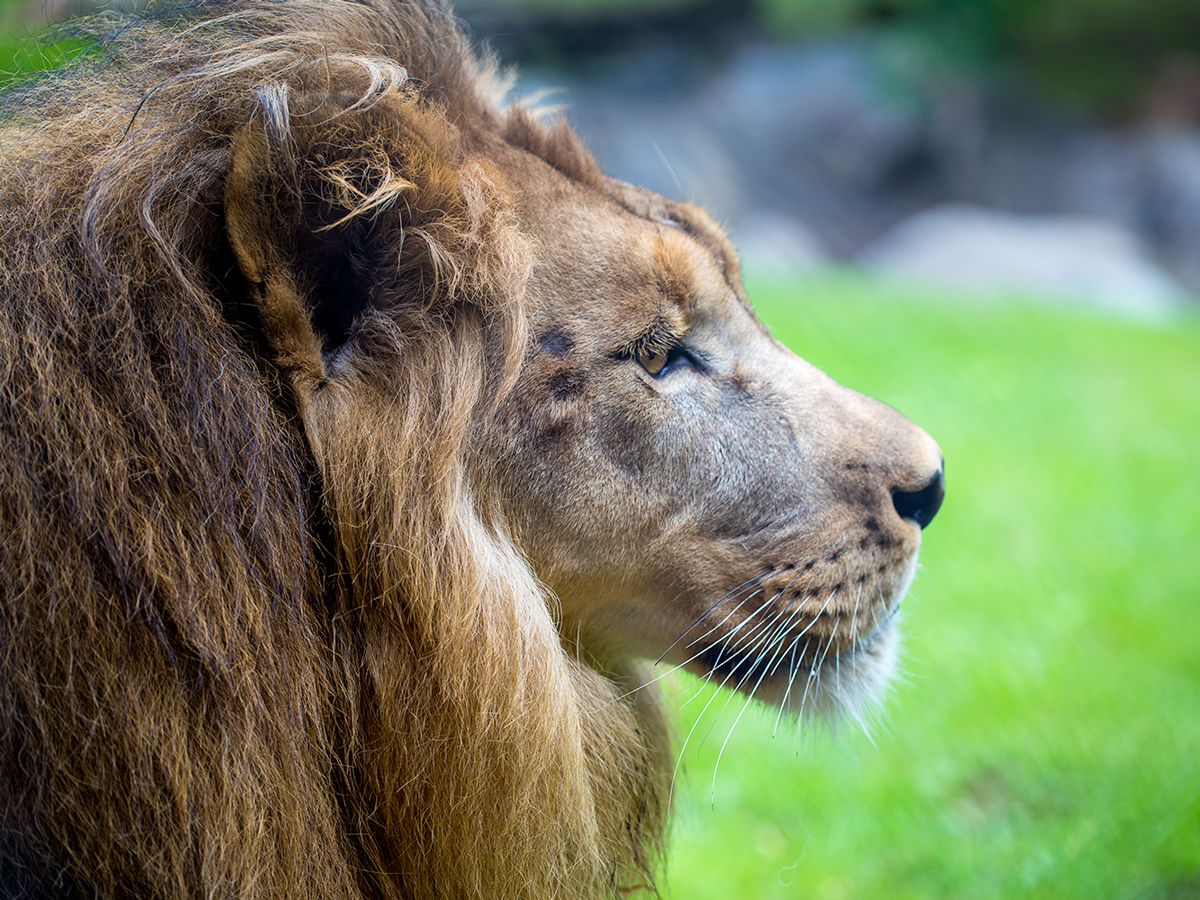
As a Conservation Champion, Como Zoo primate keeper Em Brunmeier traveled to Peru to learn more about spider monkeys in the wild
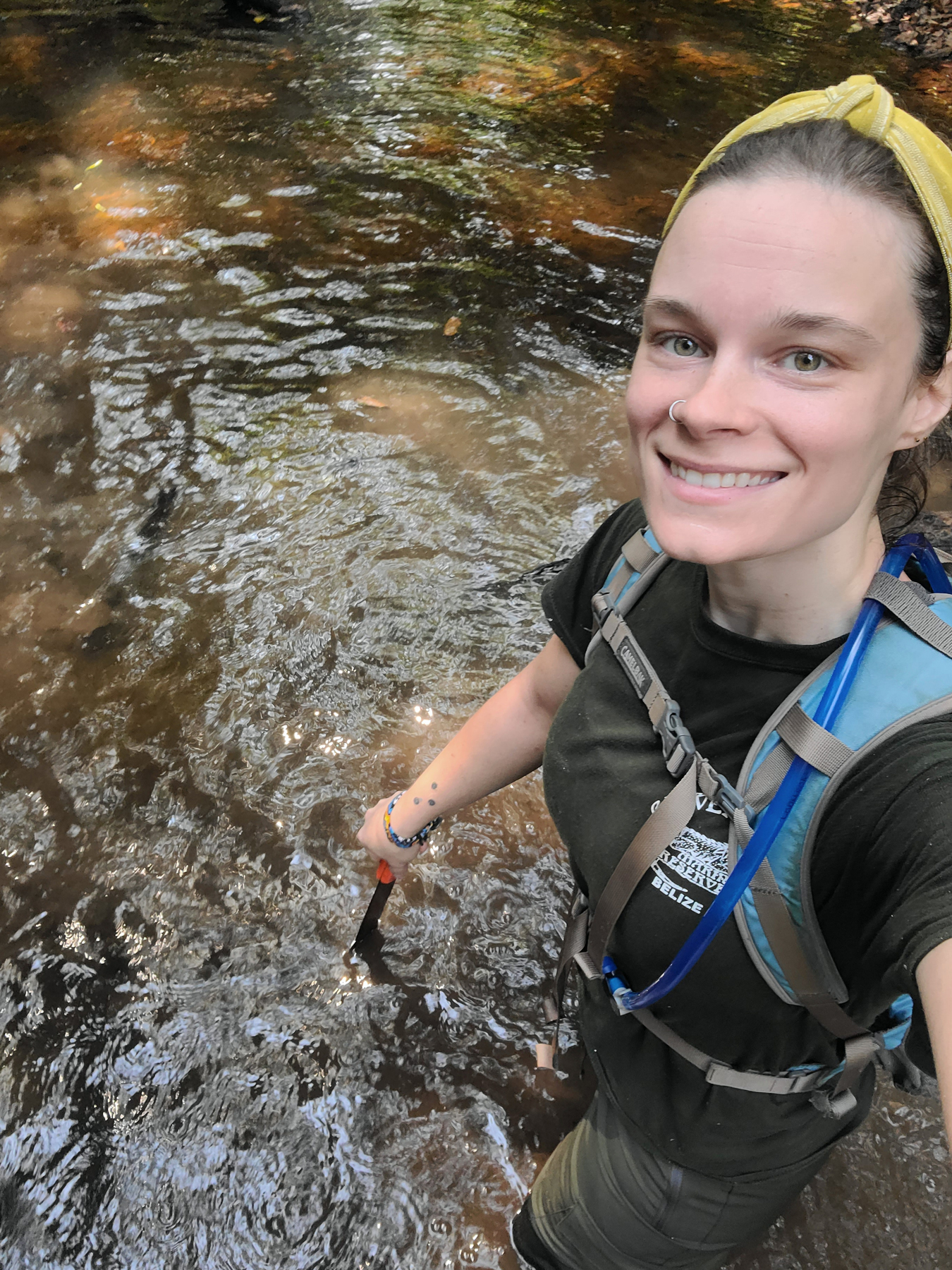
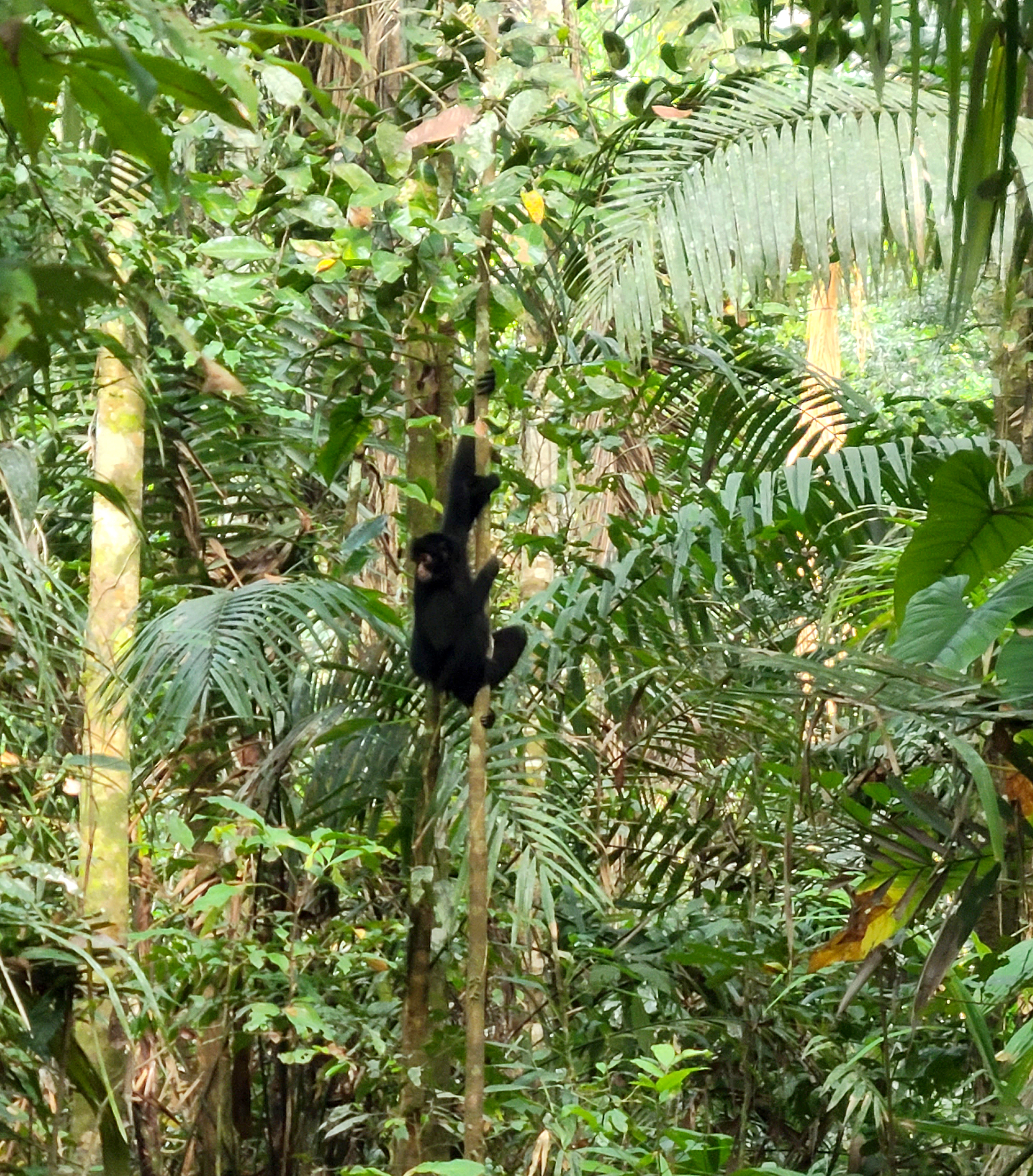
Behind the scenes in Como Zoo’s Primate Building, Brunmeier has become a big fan of the four spider monkeys in her care—Gomez, Katie, Ellie, and Jazz—and she applied to learn more about their cousins in the wild through Conservation Champions, the Como Friends micro-grant program that encourages Como’s keepers and horticulturists to take part in conservation efforts in the field. After researching conservation projects around South America, she decided that the Kawsay Biological Station in Puerto Maldonado, Madre de Dios, Peru was the place to be.
“What was really special about this location was that the team there had been able to bring back and restore a spider monkey population that had been locally extinct, and that was something that I was really excited to be part of, and to see how they were managing that,” she says. “They also work with other scientists in the area, like botanists and PhD students from abroad to research other parts of the ecosystem and how they all correlate with spider monkeys. I really wanted the chance to learn more about how all of these factors come together.”
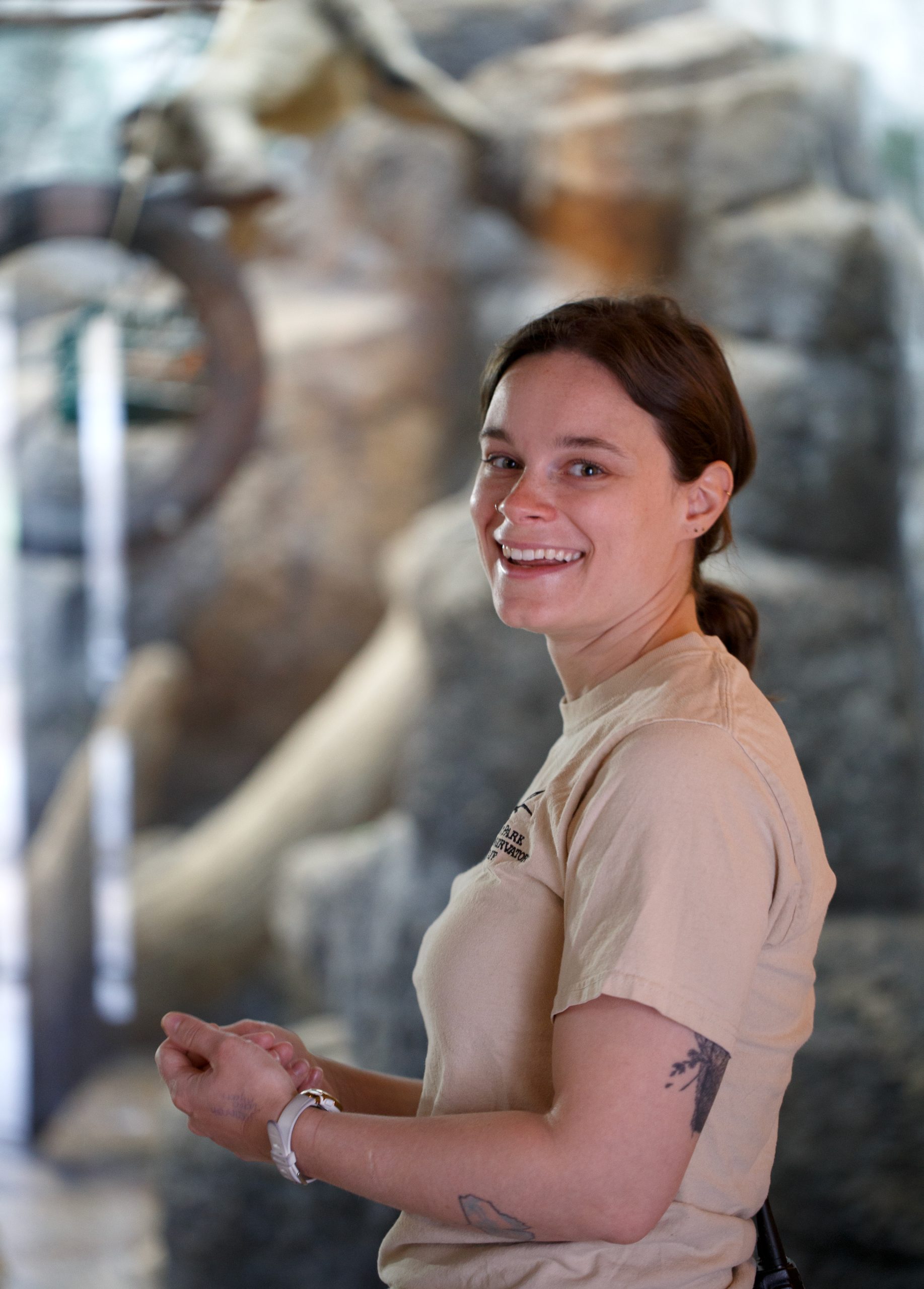
As part of the project, Brunmeier joined a team of researchers tracking spider monkeys that had been previously released into the Tambopata National Reserve to study the seasonal variation of their behavior. “With no GPS collars or other tracking devices, it was quite a task,” she says. “We had no guarantee we would find them and had to go pretty far into the Amazon rainforest.” But once the spider monkeys were located, Brunmeier got the chance to hear the full chorus of their vocalizations. “For spider monkeys in the wild, their home range is nearly 700 acres, and they often split up their group and then reunite at night to sleep together,” she says. “To do all of that requires quite a lot of logistics, so they’ve come up with quite a lot of vocalizations. They have little chirping sounds that they make when they’re close to each other, and really loud, bellowing calls that they use to try and find each other over long distances. It was so fun listening to them—they have lots of things to say.”
During her two and a half weeks in the field, Brunmeier also got the chance to care for young spider monkeys in a rehabilitation facility. “That’s where my personal expertise came in handy, because hands-on care of the animals is what I do every day,” she says. “I was also able to talk with the team about how we do primate enrichment at AZA [Association of Zoos and Aquariums] institutions in the U.S., which is something I’m passionate about.”
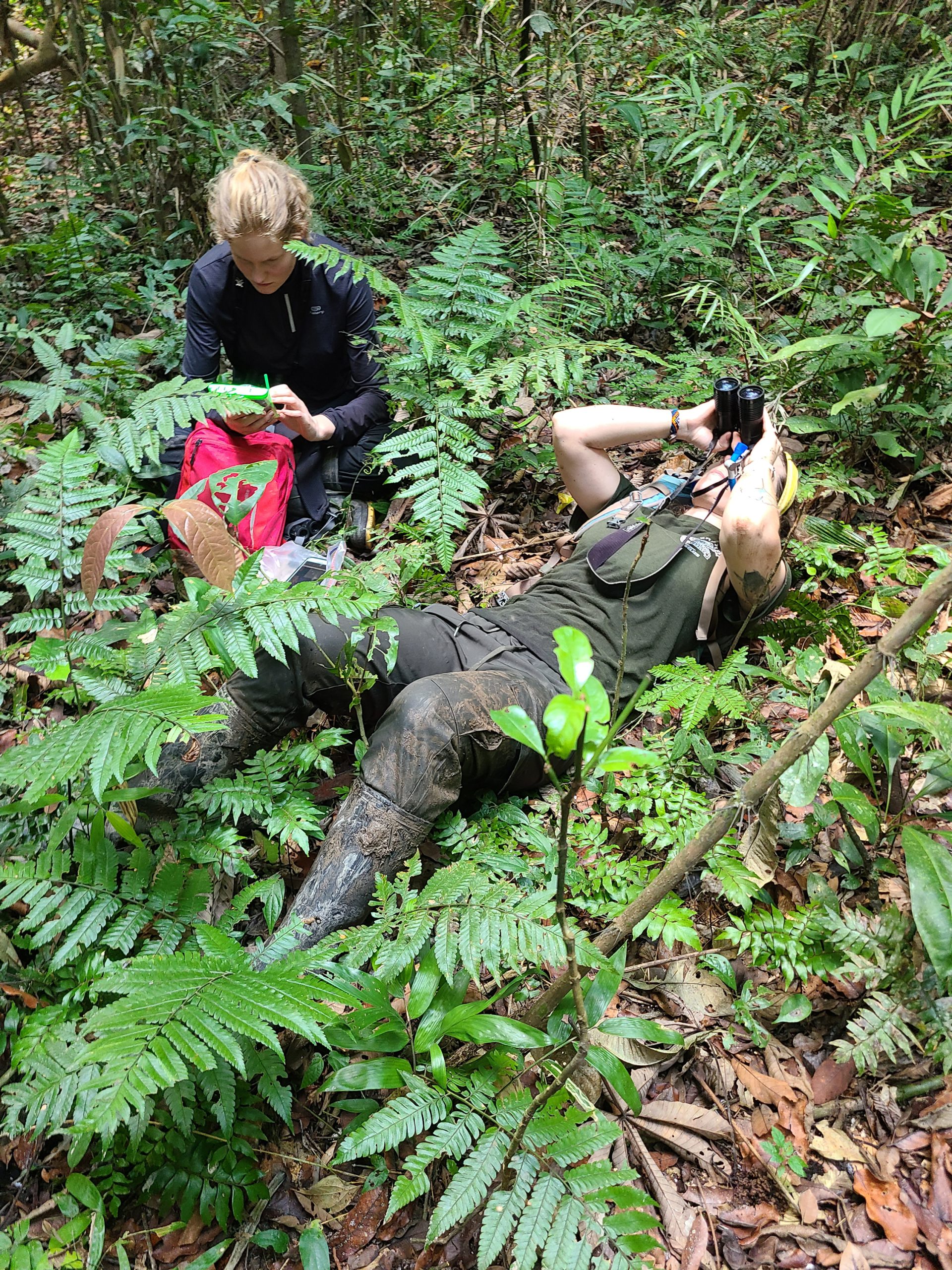
Now back at Como Zoo, Brunmeier says her trip to Peru has brought new insights to her work with spider monkeys, and new ideas for ongoing animal enrichment to the conservation work at Kawsay Biological Station. “What’s cool about the Conservation Champions trips is that it’s a two-way street,” she says. “We get the chance to learn about the animals we care about in the wild, and because we know our animals at Como Zoo so well, we also have important things to share with our conservation partners.”
Our Conservation Champions Program would not be possible without your support. Thank you!
Personalizing nature is one of the first steps in protecting it
Sparky, Neil, Chloe, and Schroeder are just a few of the Como Park Zoo & Conservatory animals known to millions of visitors by their first names. Though there was once a time when zoos shied away from showcasing the individual animals in their care, a growing body of research now tells us that encouraging the public to forge personal connections to nature is one of the best ways to protect it.
That thinking is the driving force behind a series of new education and engagement strategies now in effect at Como Park Zoo & Conservatory, thanks to support from Advancing Conservation through Empathy (ACE) for Wildlife, a learning network of AZA-accredited zoos, aquariums, and other institutions exploring effective practices for fostering empathy for animals.
“The old theory was that simply sharing knowledge would be enough to inspire action, but what we’re coming to realize is that fostering meaningful emotional connections is just as important. Having empathy for an animal builds the desire to act on their behalf,” says Bekah Hanes, Como’s education and conservation curator. “Empathy is a skill you can develop and build on, and it’s becoming an important tool to help people cross the finish line from thinking about conservation to actually acting out those values, long after a zoo visit is over.”

The official shift toward empathy-focused engagement started in 2016, when Como Friends secured a major grant to help Como Park Zoo & Conservatory implement a new education and engagement strategy called the ROADMAP (Reaching Our Audiences by Developing Mission Aligned Programs). While the pandemic put a pause on public education programs for a time, Como continued to move ahead with its mission, securing grants from ACE for Wildlife to rewrite Como’s volunteer interpretive programs with an empathy focus, to use empathy as the lens for a new education strategic plan, and to create new permanent signage in the wolves and large cats habitat that uses empathy-inspiring language. While Como is one of the inaugural members of the ACE for Wildlife Learning Network, a special project of Seattle’s Woodland Park Zoo, the empathy movement is gaining ground with many other AZA-accredited zoos and aquariums.

Public Engagement Coordinator Kelsey Raffel says “it’s a great shift that’s happened in a relatively short amount of time,” in part because it embodies an approach toward audience engagement that Como’s keepers, horticulturists, interpreters, and educators gravitate toward naturally. “Focusing on empathy in our education programs, volunteer training, and visitor engagement has gotten a great reception from the campus,” she says. “For instance, our interpretive staff have shared that they love talking about the individual animals we care for, their personalities and likes and dislikes, and this approach really encourages them to do that.”
Jackie Sticha, president of Como Friends, says community support is critical to providing the resources Como Park Zoo & Conservatory needs to stay current as a conservation educator and a national leader in animal care. “More than 20 years ago, Como Friends funding helped Como Zoo make a shift toward positive reinforcement training for animals, and we see this empathy work as part of that same evolution,” she says. “It’s just natural to want to know the names of the animals at Como Zoo, and now the research tells us it’s also a really powerful way of connecting visitors to the natural world.”
The holidays are a great time to get closer to Como Zoo’s animals
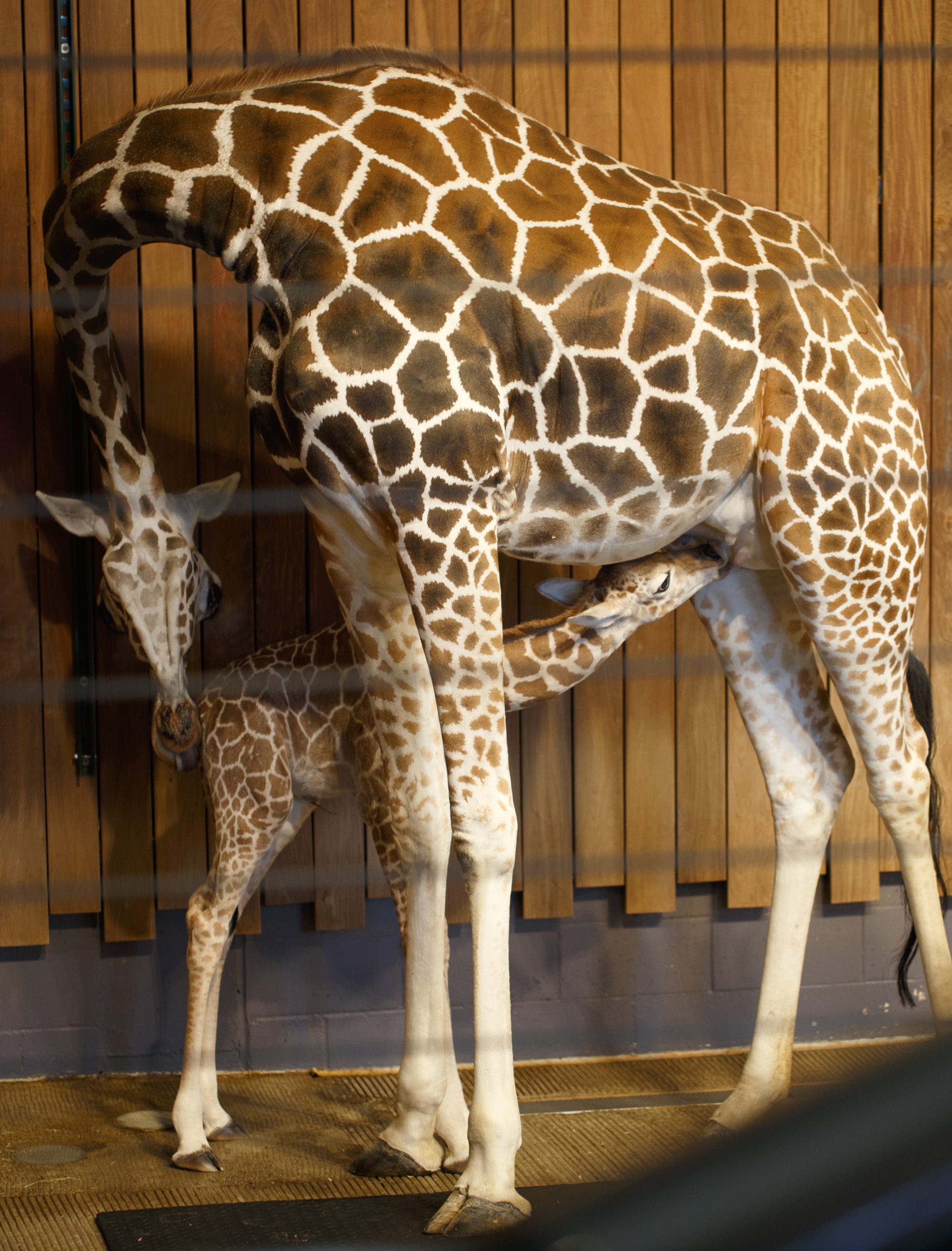
The summer months are always Como Zoo’s high season, but animal fans in the know often prefer late fall, early winter. “It’s one of the best times to be here, because the animals are so active and engaging,” says Como Zoo senior keeper Jill Erzar. “We heard from so many visitors how much they enjoyed being here on Thanksgiving Day and how wonderful the animals were.”
Some of that excitement is due to a flurry of furry new faces, all recently arrived at Como Zoo. Here’s a look at some of the new animals you’re likely to encounter on your next Como visit.
-
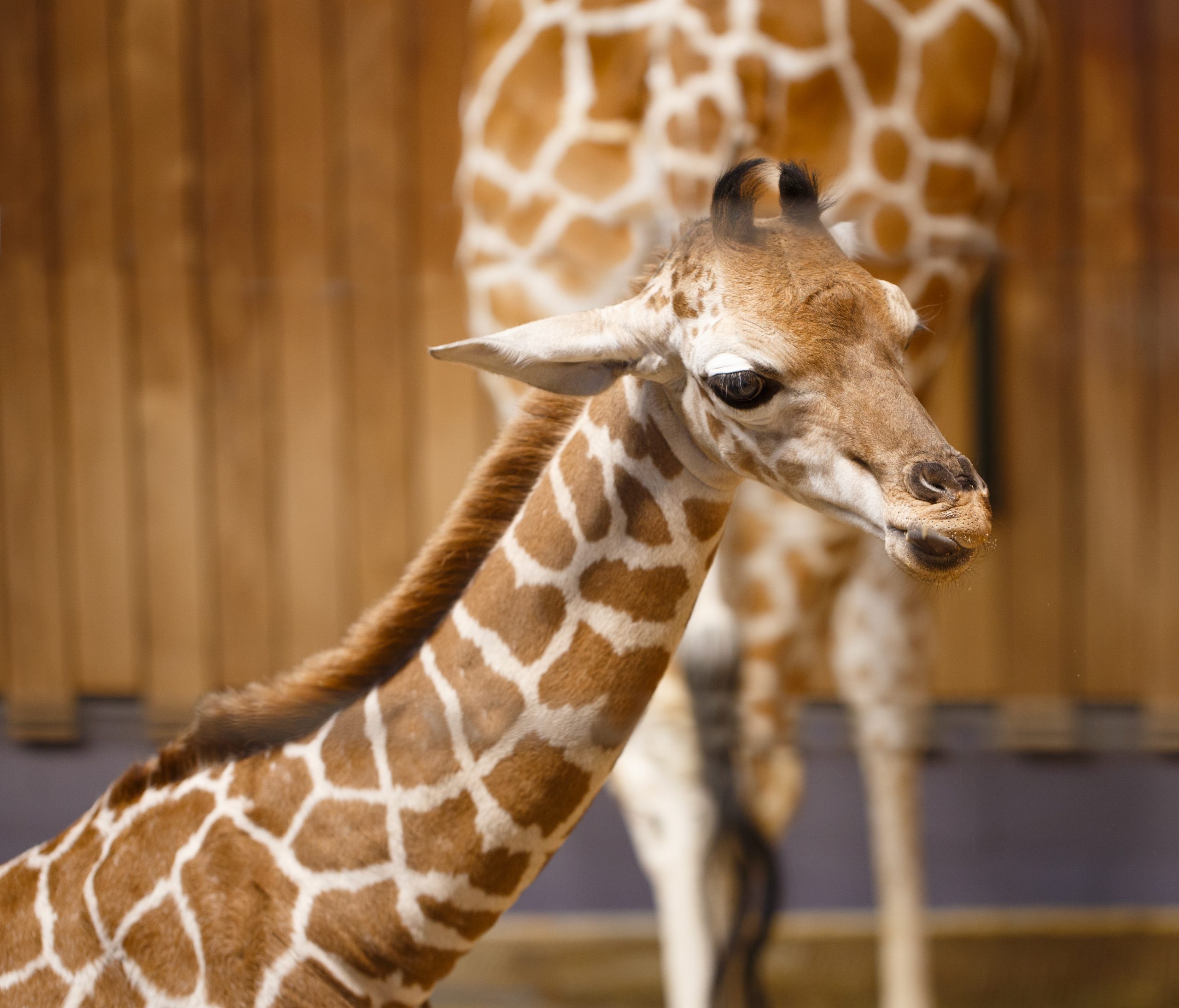
Ivy
A social media star within hours of her arrival, this six foot tall, 132-pound baby giraffe has been captivating crowds and keepers alike. “She is incredibly feisty,” Erzar says, noting that it took four keepers to keep her still during her neonatal “well baby” exam just 72 hours after she was born. “We can’t walk by her without her attempting to kick us.” Her fighting spirit is a great sign of her overall health, and the doting care she’s getting from mother Zinnia, a seven-year-old female who moved to Como Zoo last summer. When it came time to name the new giraffe, more than 15,000 Como visitors voted from among three plant-themed names to pick their favorite. Judging by how fast she’s growing, Ivy is just the right choice.
-
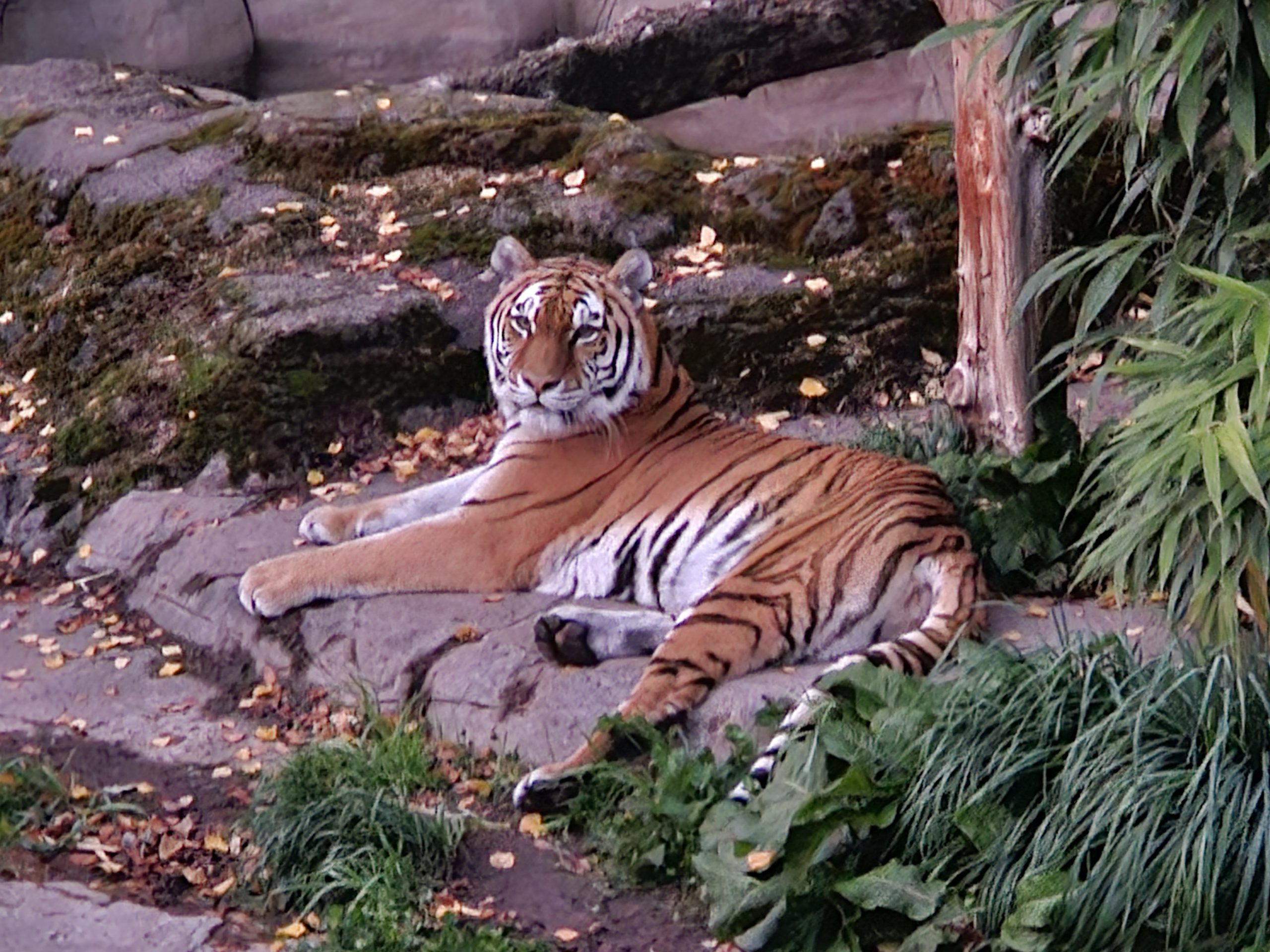
Bernadette
Still skittish about making her public debut at Como Zoo, visitors have definitely heard the new female tiger making noise behind the scenes. “She’s a nice, calm, and very vocal cat,” Erzar says about the nine-year-old female originally from the Oregon Zoo. While she’s getting used to her new surroundings, keepers are taking their time introducing her to Tsar, a male tiger that could become her breeding partner. “Tiger introductions are a big deal,” Erzar says. “They’re normally solitary cats with the potential to injure each other, so we want to take the time to ensure there aren’t any issues.”
Photo courtesy of Zookeeper Megan Hagedorn, Oregon Zoo
-
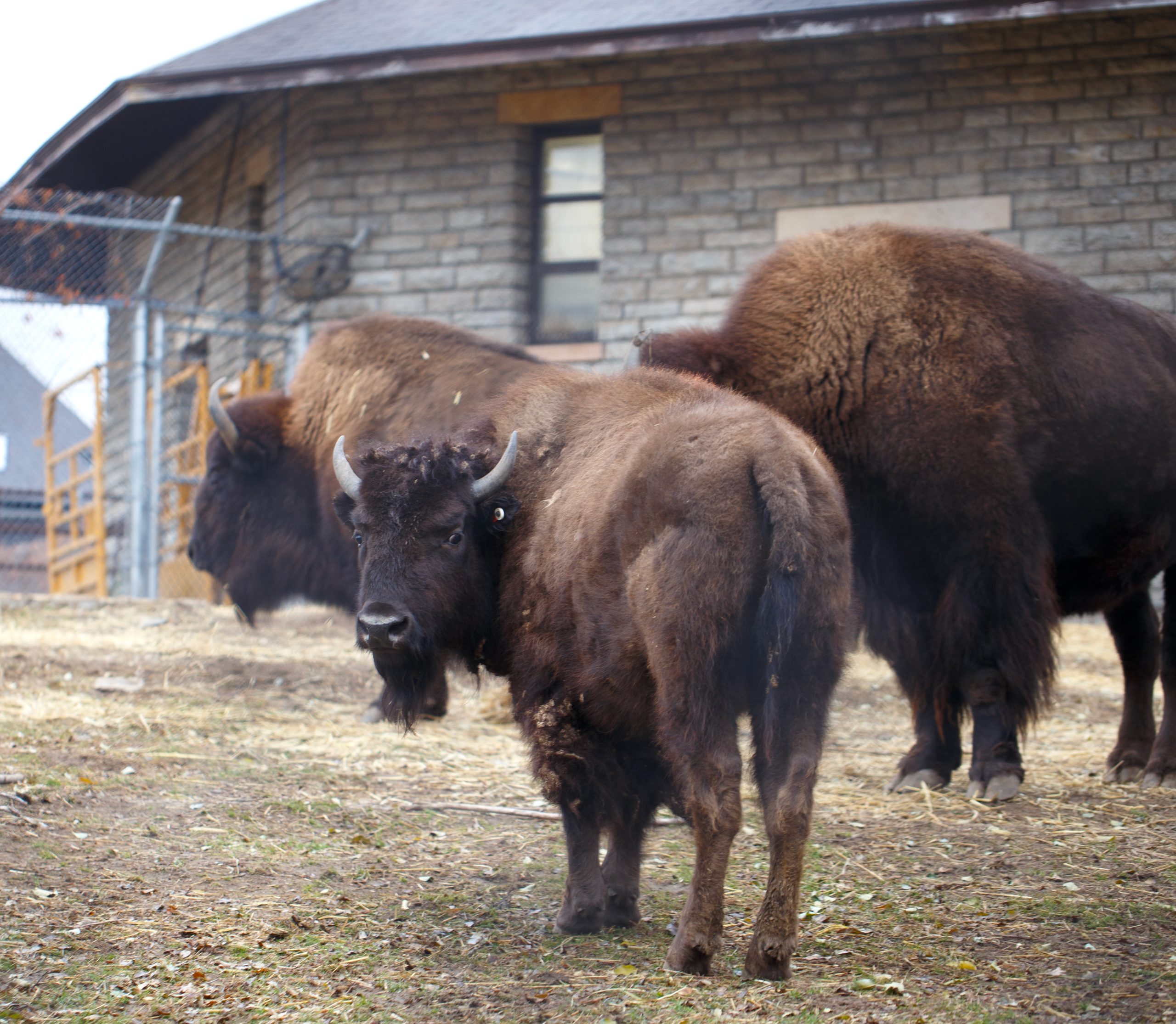
Ruby
At nearly 700 pounds, this bison is definitely the biggest arrival Como Zoo has seen all year. But at only 16 months old, Ruby will also have plenty of room to grow in Como’s newly expanded bison habitat. Ruby is a member of the Minnesota Bison Conservation Herd, a collaboration between the Department of Natural Resources and the Minnesota Zoo, which is working to protect the genetic diversity and future health of the state’s growing bison herds at Blue Mounds State Park, Minneopa State Park, and the Spring Lake Park Reserve Bison Prairie. “She’s getting along very well and seems to really like our male bison, Bogo,” says Erzar. As winter weather descends, Ruby and Bogo will be in their element, with wooly coats that can help them withstand temps of -40F, and 50-mile-an-hour winds.
-
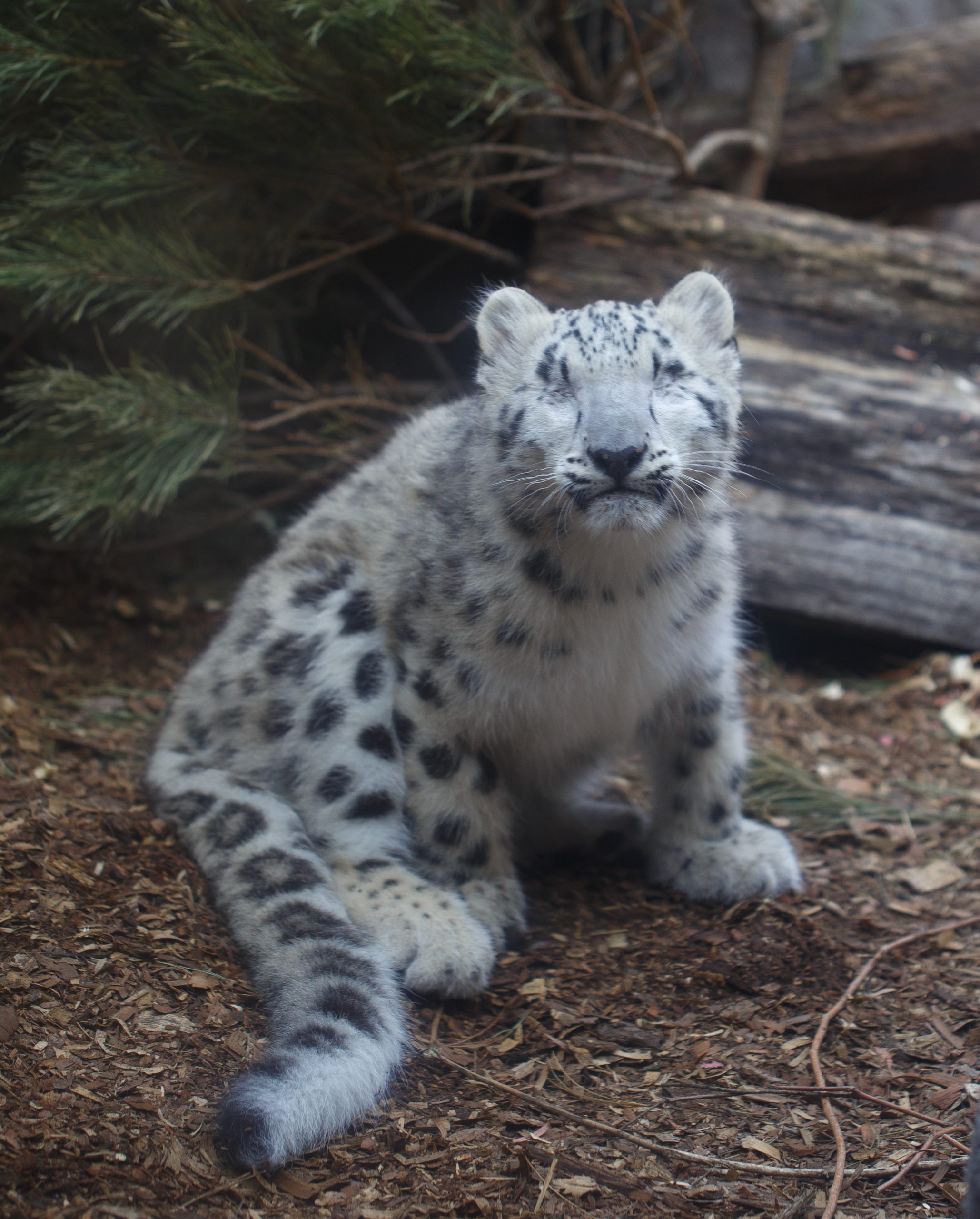
Willow
Born in May, this snow leopard cub has become a visitor favorite for her adventurous spirit and natural curiosity. Though she was born blind, she’s been an intrepid explorer in the habitat she shares with mother Alya, occasionally climbing to heights that she can’t quite figure out how to come down from. “She is very playful and living her best life,” says Erzar, who says that the young cub is also showing growing interest in her keepers, especially now that “she’s realized that’s where food comes from.”
Permanently blind due to multiple ocular colobomas, the young snow leopard underwent an operation earlier this year to remove retinal tissue that could cause health troubles down the line. “She will be blind the rest of her life,” says veterinary ophthalmologist Dr. Melissa Lively, who confirmed the cat’s diagnosis this spring. “But because she’s never had vision, she’s never known anything different, and she’ll be able to do everything a normal snow leopard cub could do. We know that cats are fantastic at using their touch, their hearing, and their sense of smell to explore their habitat and run zoomies just like a visual cub would do. In the wild, this cub would not survive moving through vast environments without being able to see where prey is coming from, but in this zoo setting, blind cats can thrive. Especially with all of the great care they get at Como Zoo.”
Willow’s parents Moutig and Alya will be visible in the outside habitat this winter while keepers help Willow learn to safely explore her habitat through more training behind-the-scenes. Working to meet the special needs of individual animals is one of the many ways that Como’s care team helps animals of every species thrive.
Caring for polar bears every day can be exhausting. Just ask Como Zoo’s Julie Yarrington, one of a team of aquatics keepers who keep an eagle eye on Como’s three polar bears, Nan, Kulu, and Neil.
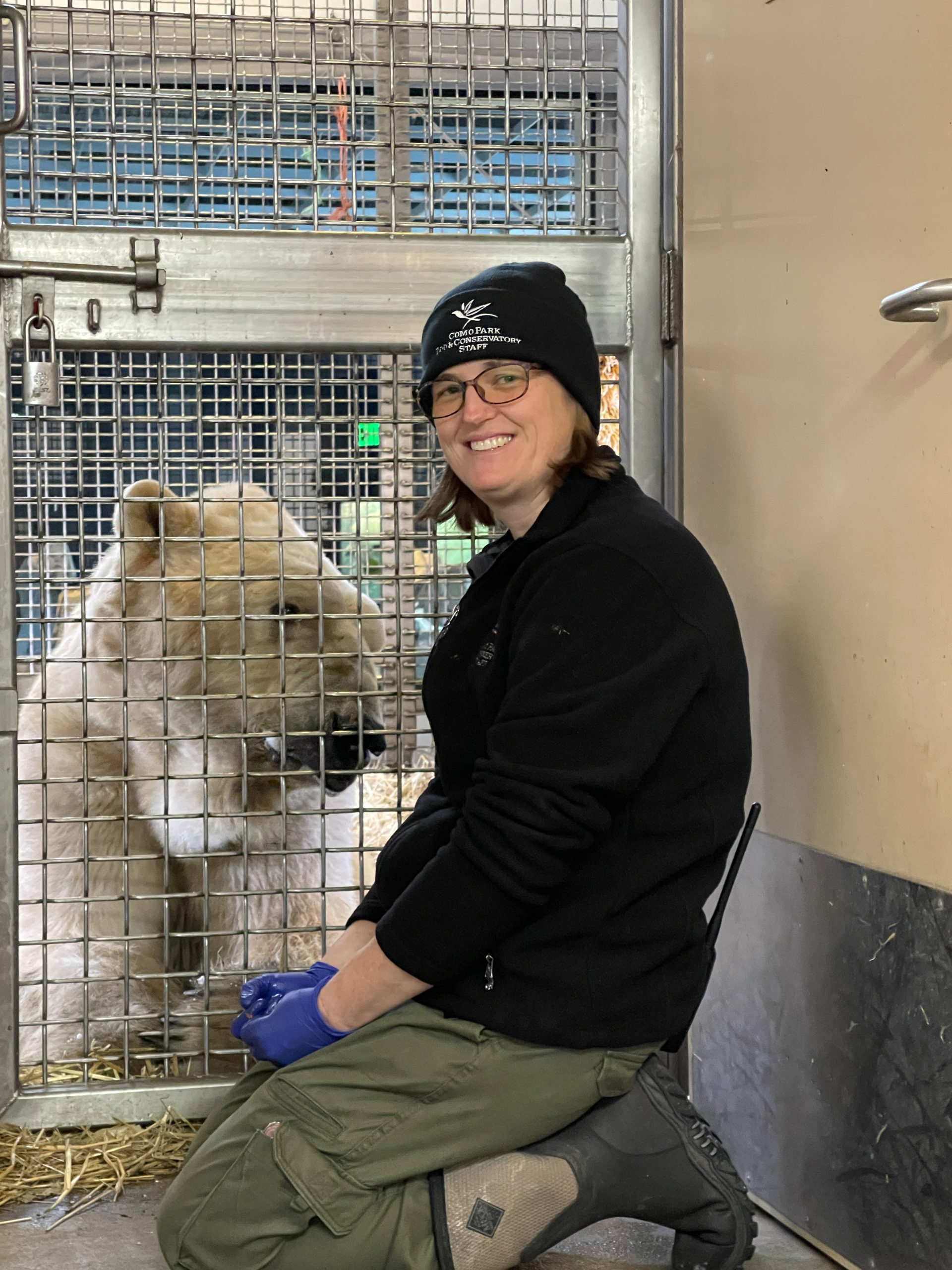
Earlier this year, Neil was diagnosed with gastric dilatation-volvulus, or bloat, an urgent medical condition that required emergency surgery. Surgery is a risk for any animal, but especially for one as old as Neil, now nearing 28 years of age, and one of the oldest male polar bears in North America.
“Because of his age, there was a high risk that he wouldn’t rebound,” says Yarrington, who spent more than a month “just hoping we could get him to eat, eat, eat. It was very mentally exhausting.”
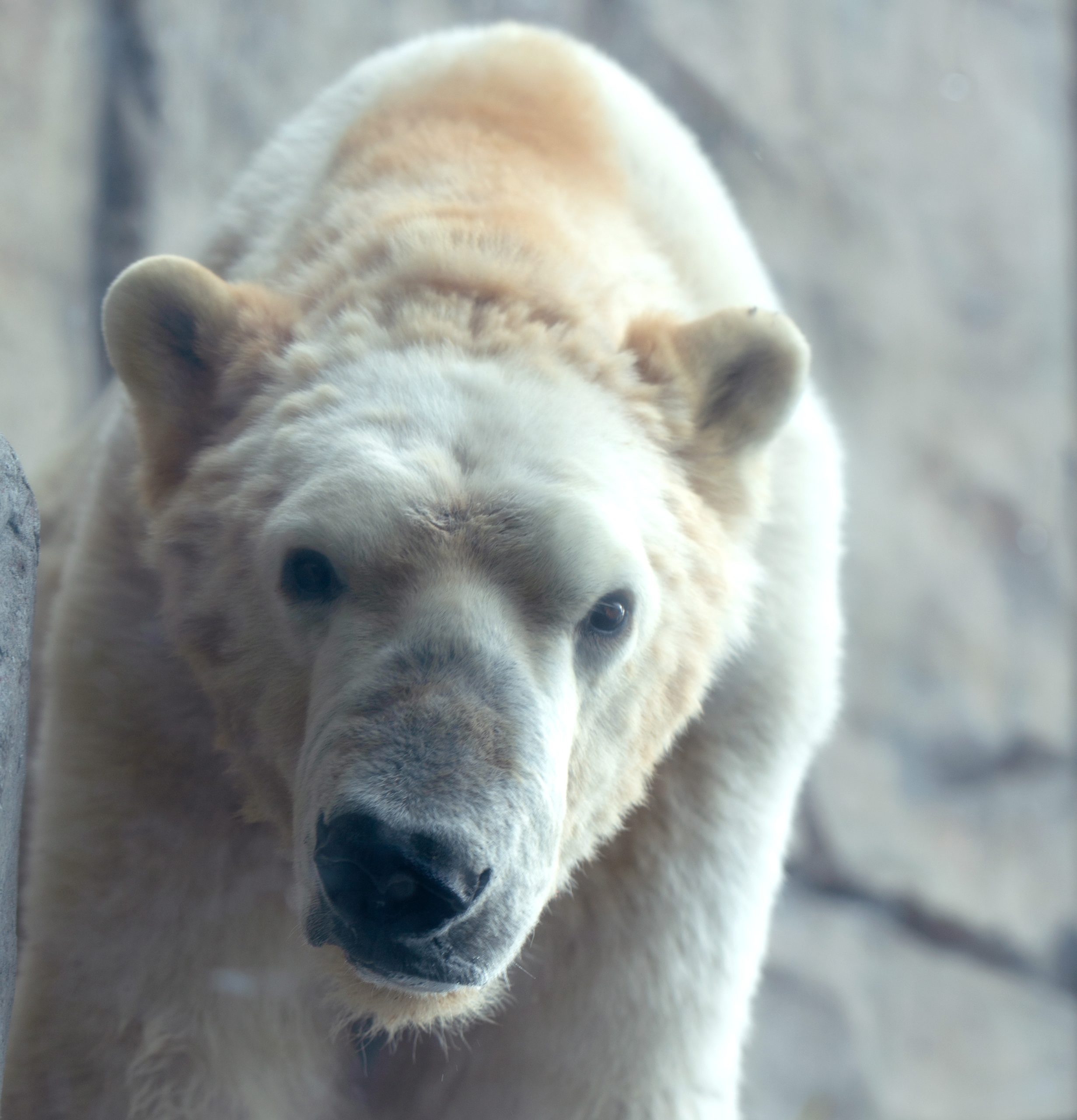
Fortunately, after a few weeks, Neil pulled through and has been very particular about his diet, showing a strong preference for his favorite comfort food of canned salmon and canned tuna. As Neil has regained strength and been reintroduced to his companions, keepers have changed the polar bears’ feeding schedule to cut Neil’s risk of further complications. “Instead of getting a big breakfast in the morning, we now feed him three to four times a day,” Yarrington says.
To allow his incision to heal, Neil had to stay out of the water and away from his favorite companion, Nan, a feisty 28-year-old female. Brought to Como Zoo three years ago in order to be a non-breeding partner to Neil following the death of Buzz, his twin brother, the pairing between the two elder bears has worked out beautifully.
“Neil just wants to be wherever Nan is,” says Yarrington. “It was hard for him at first, but once it healed up he was able to get to the pool and was able to clean himself up. Guests may not really notice his incision site, which is already covered up by fur.”
Your Give to the Max Day contributions to Como Friends help to provide cutting-edge veterinary care to animals like Neil, ensuring both great veterinary care and the creature comforts that keep animals healthy and curious. “While he’s been recovering, he’s also been into his other favorite foods, Cool Whip and sherbet—in moderation,” Yarrington says. “When you live to be the oldest male polar bear in North America, you definitely deserve a couple of spoonfuls of sherbet.”
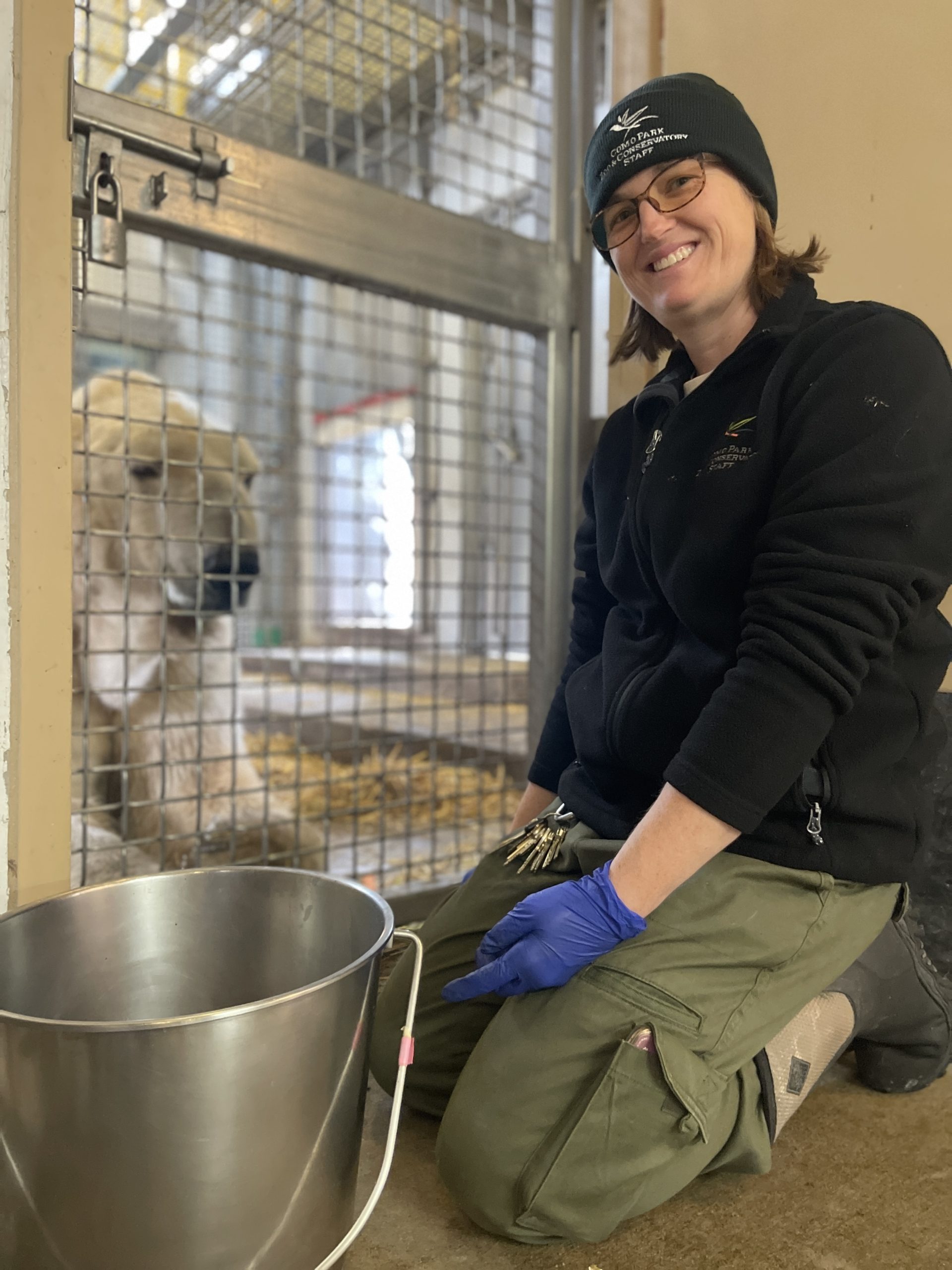
Make your Give to the Max Day gift here. Thank you!
